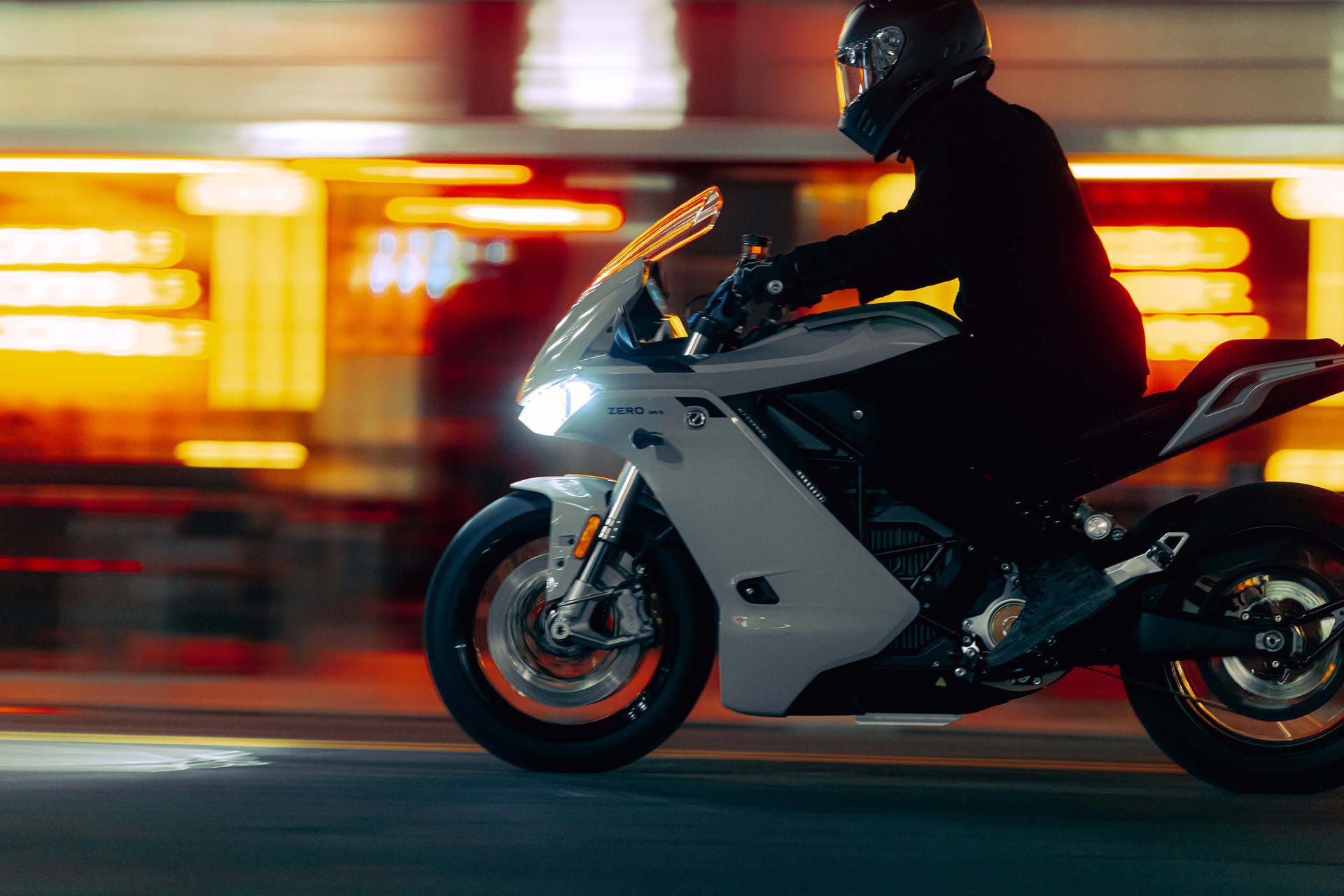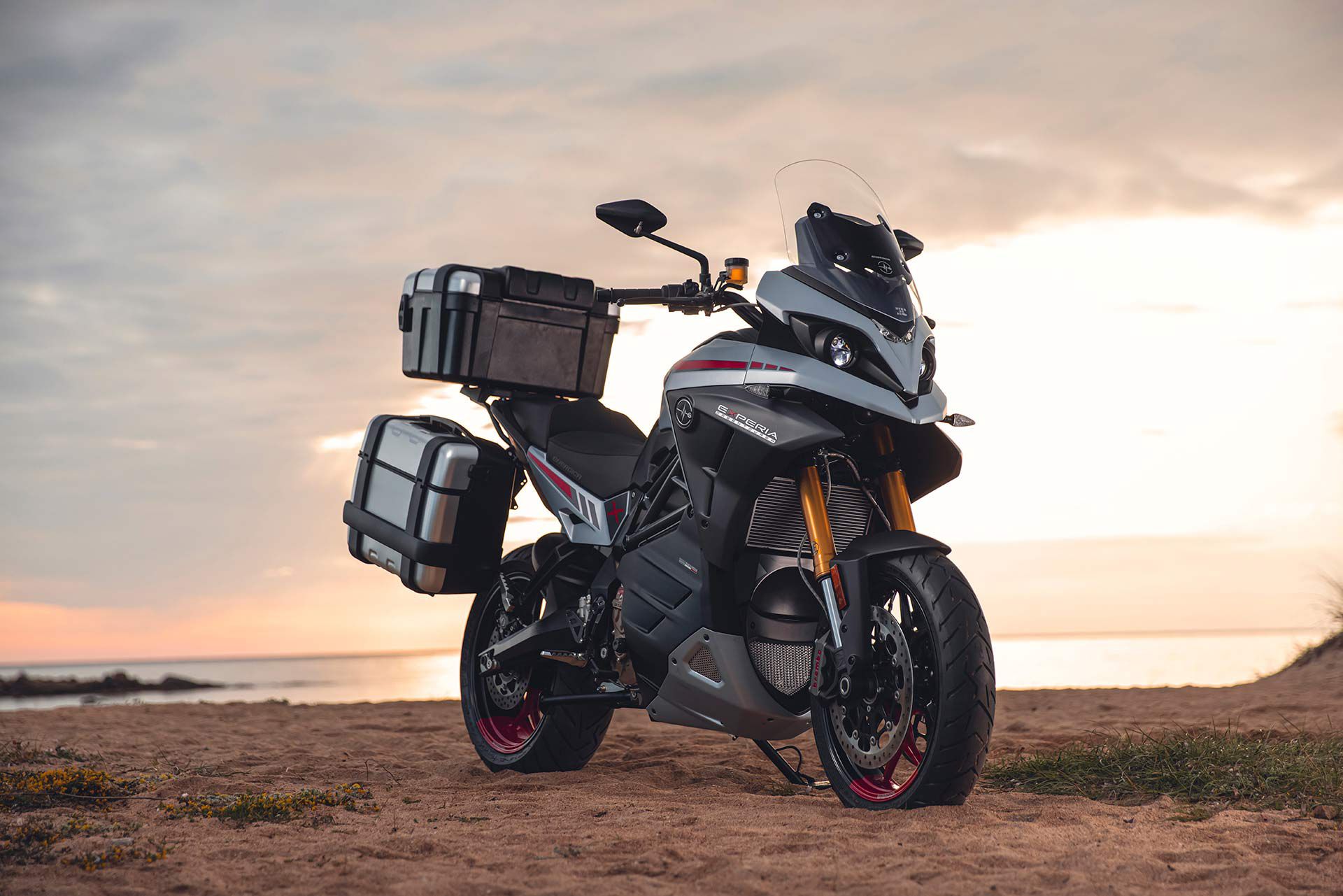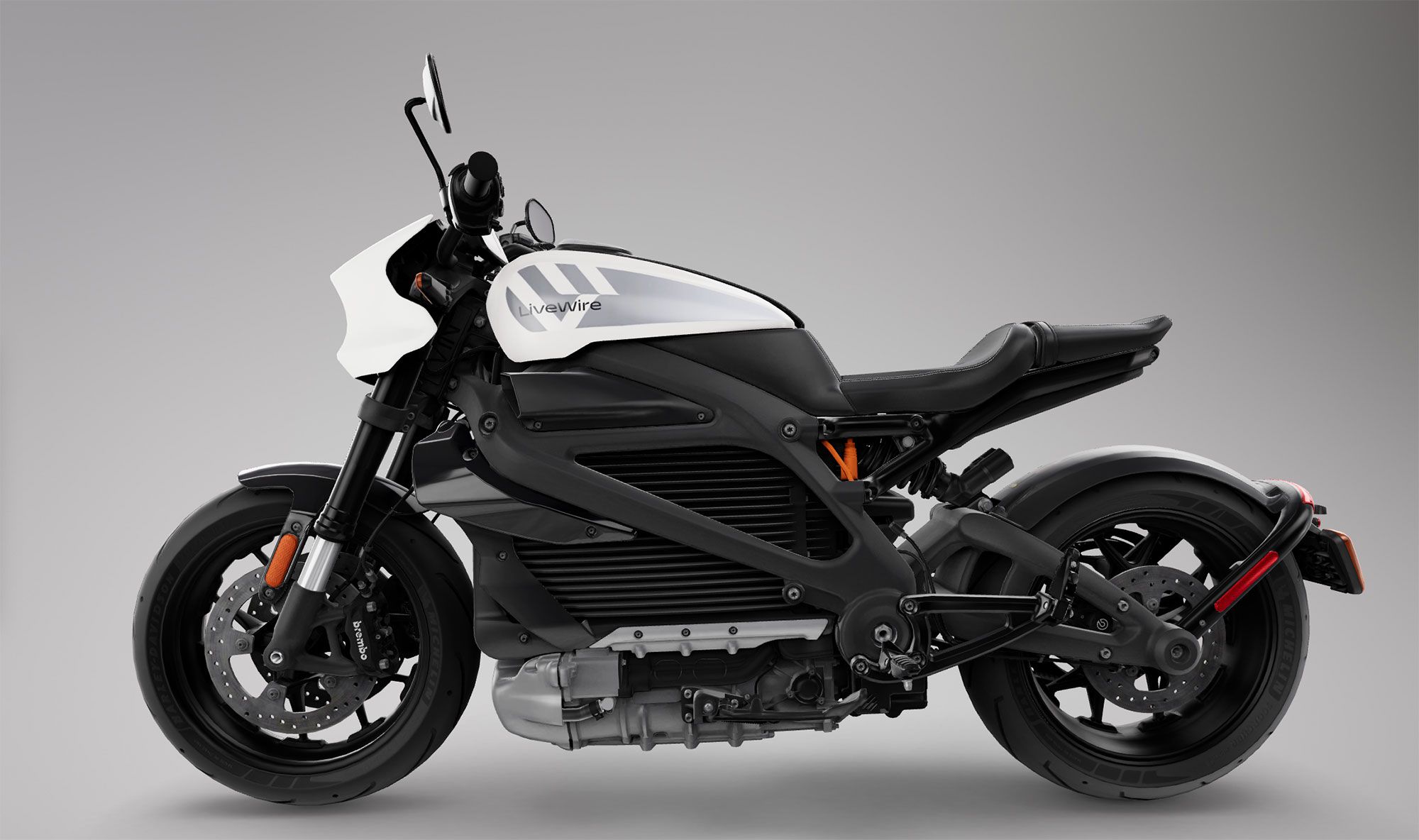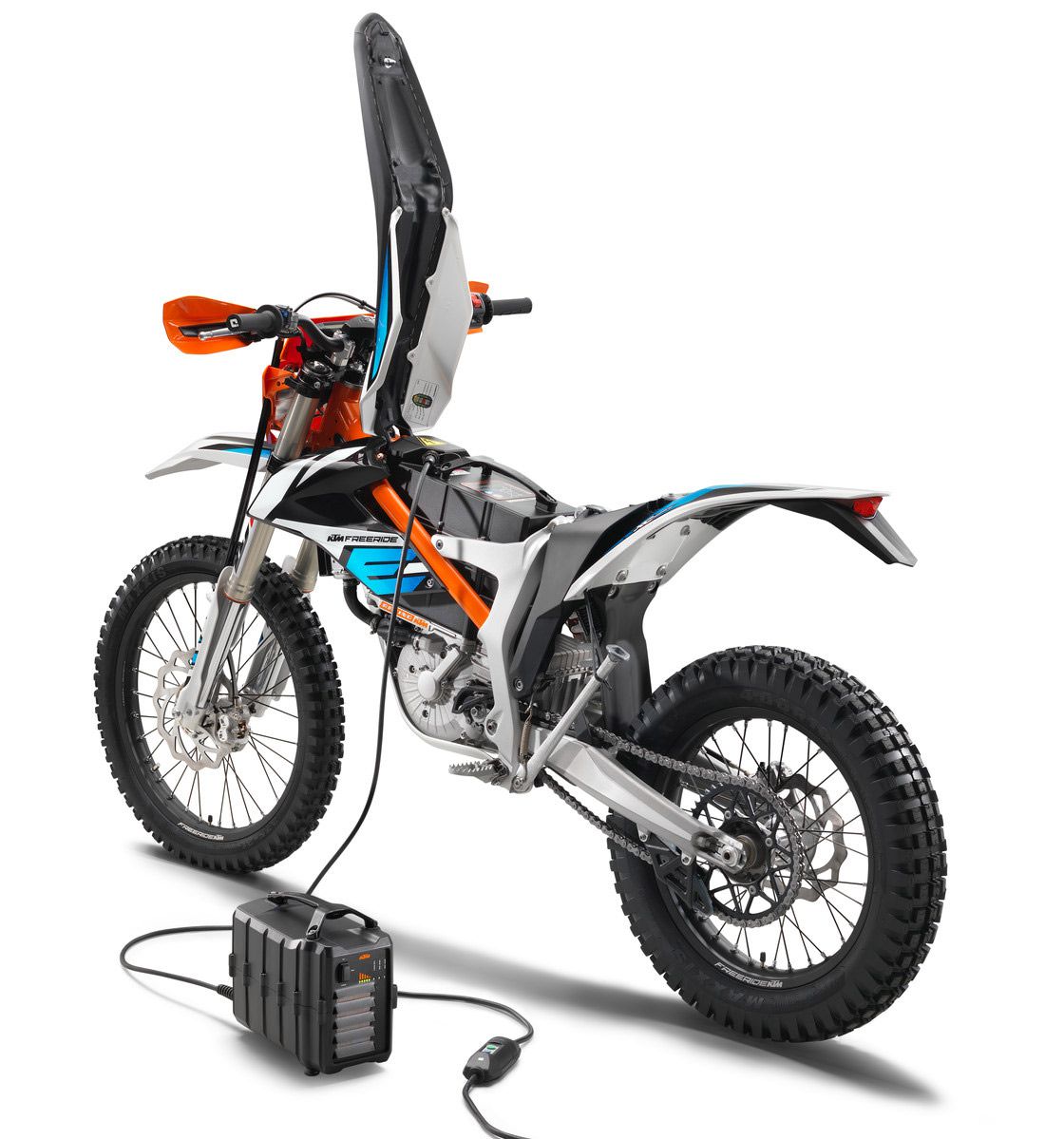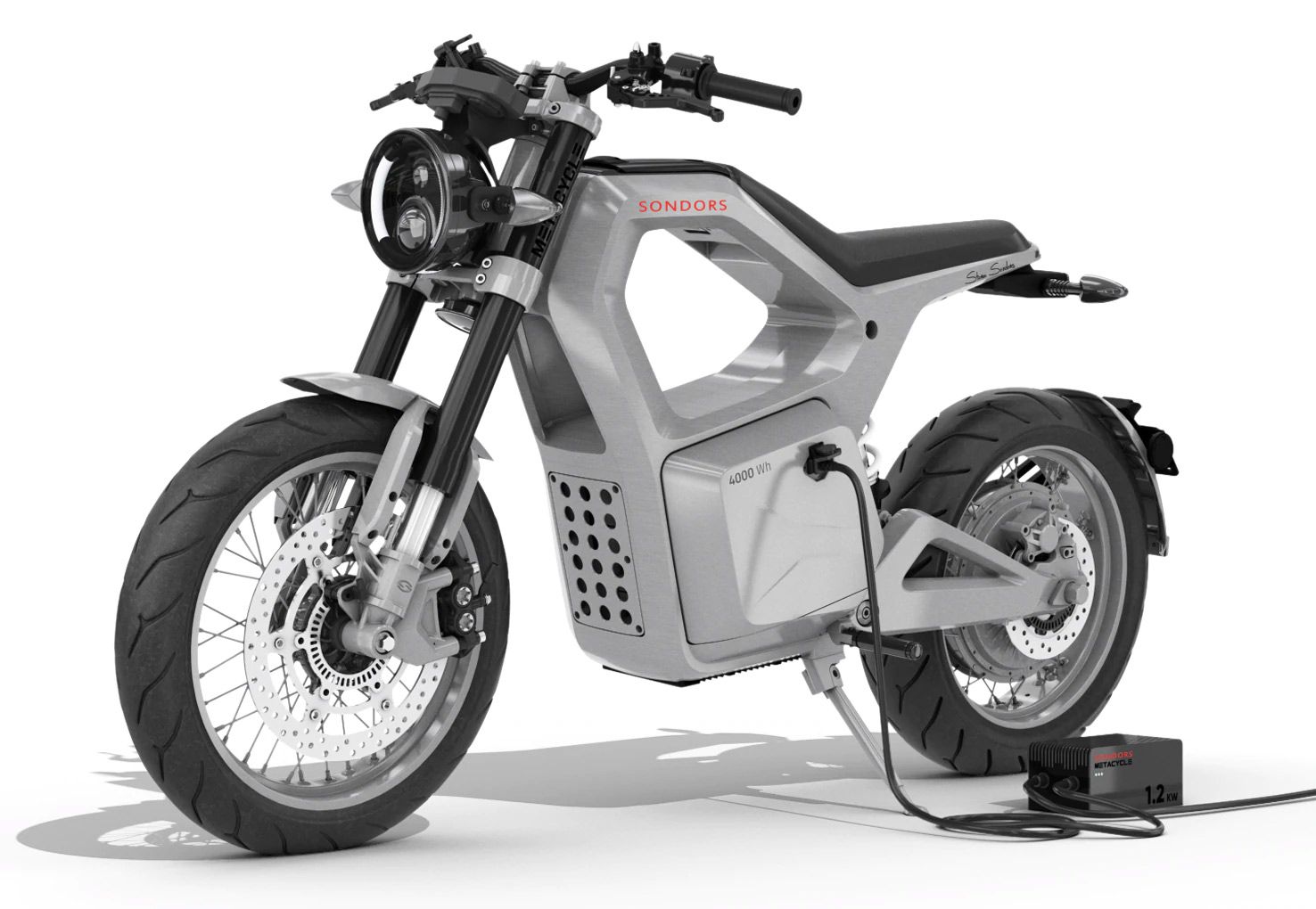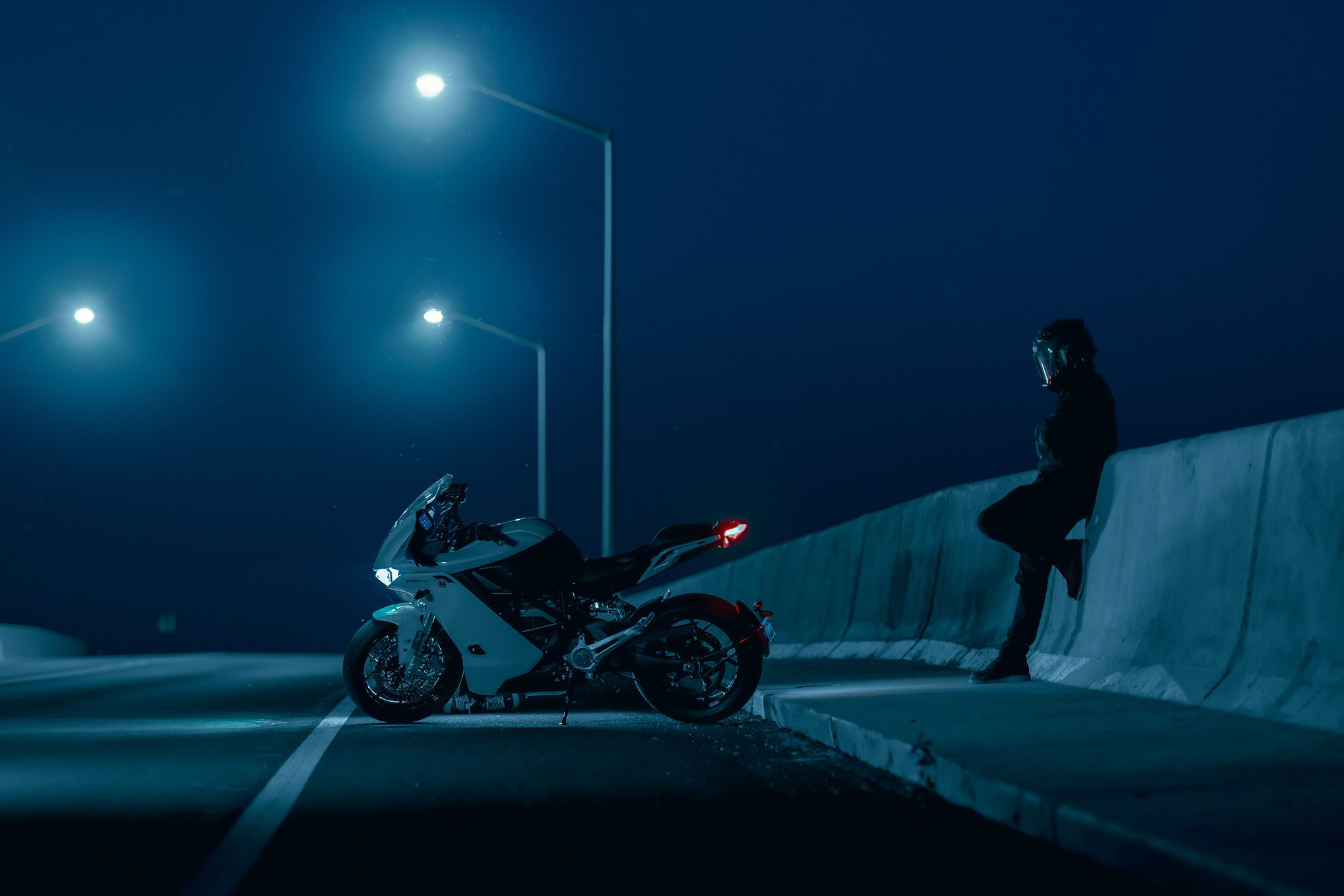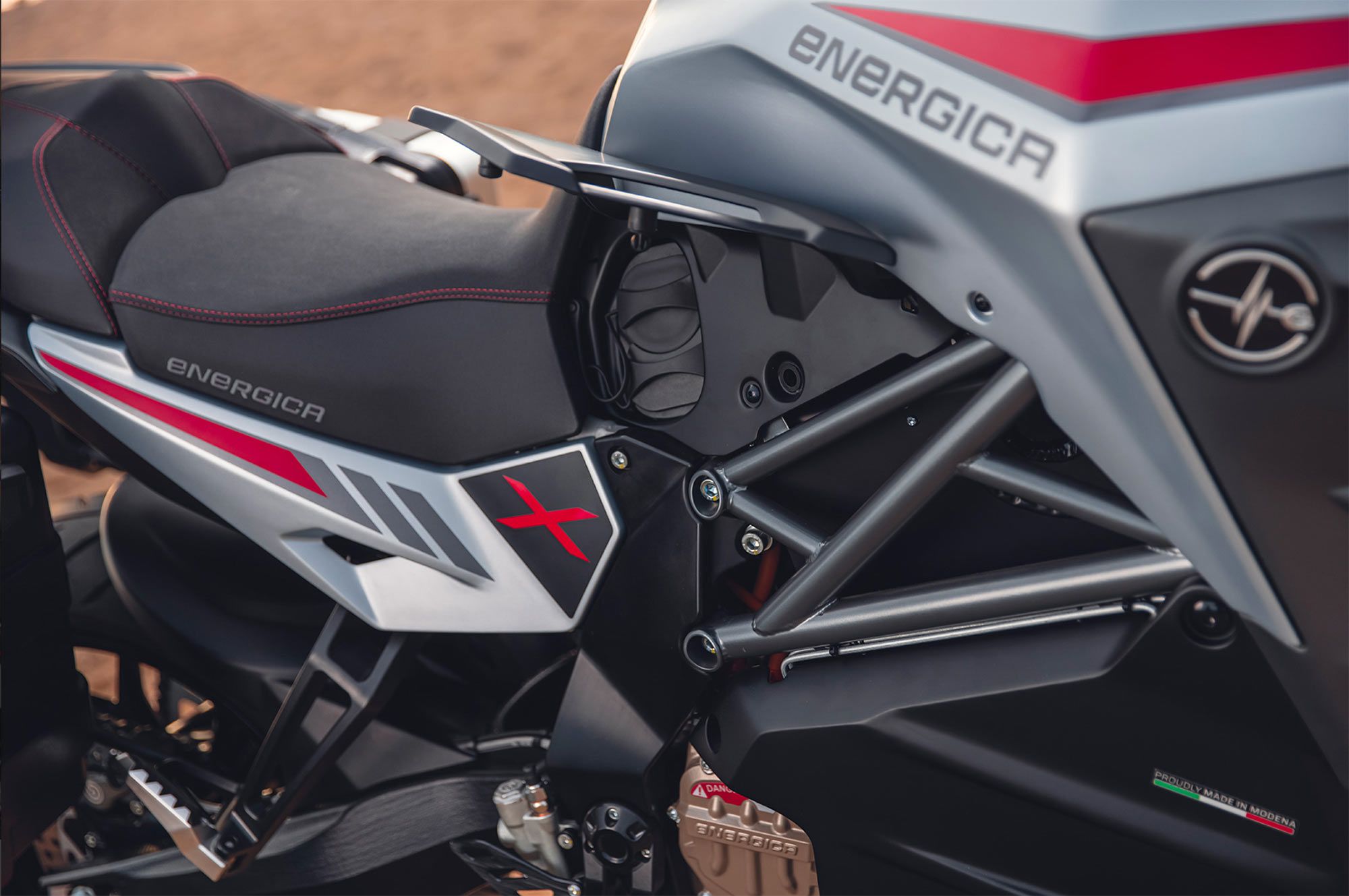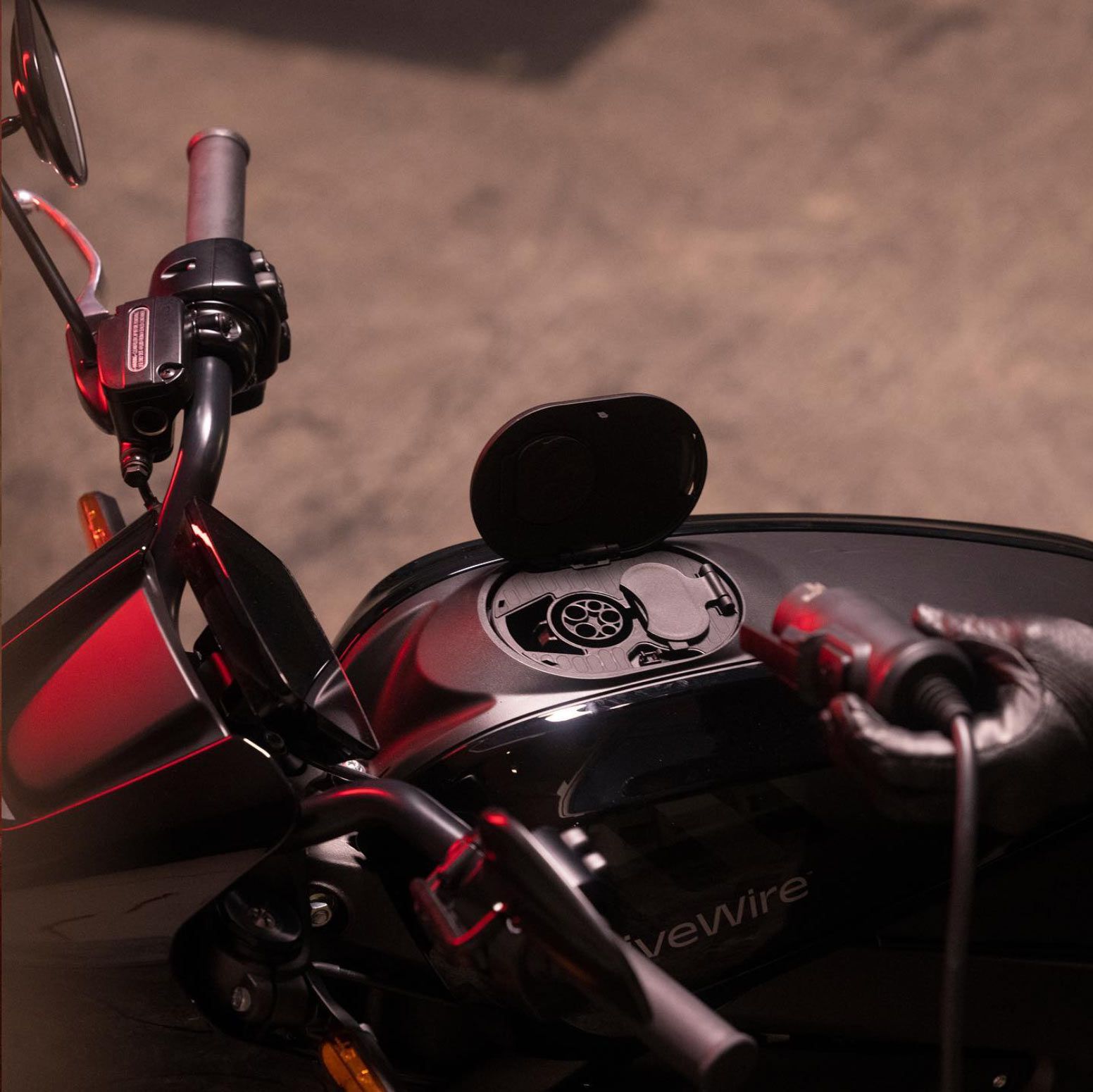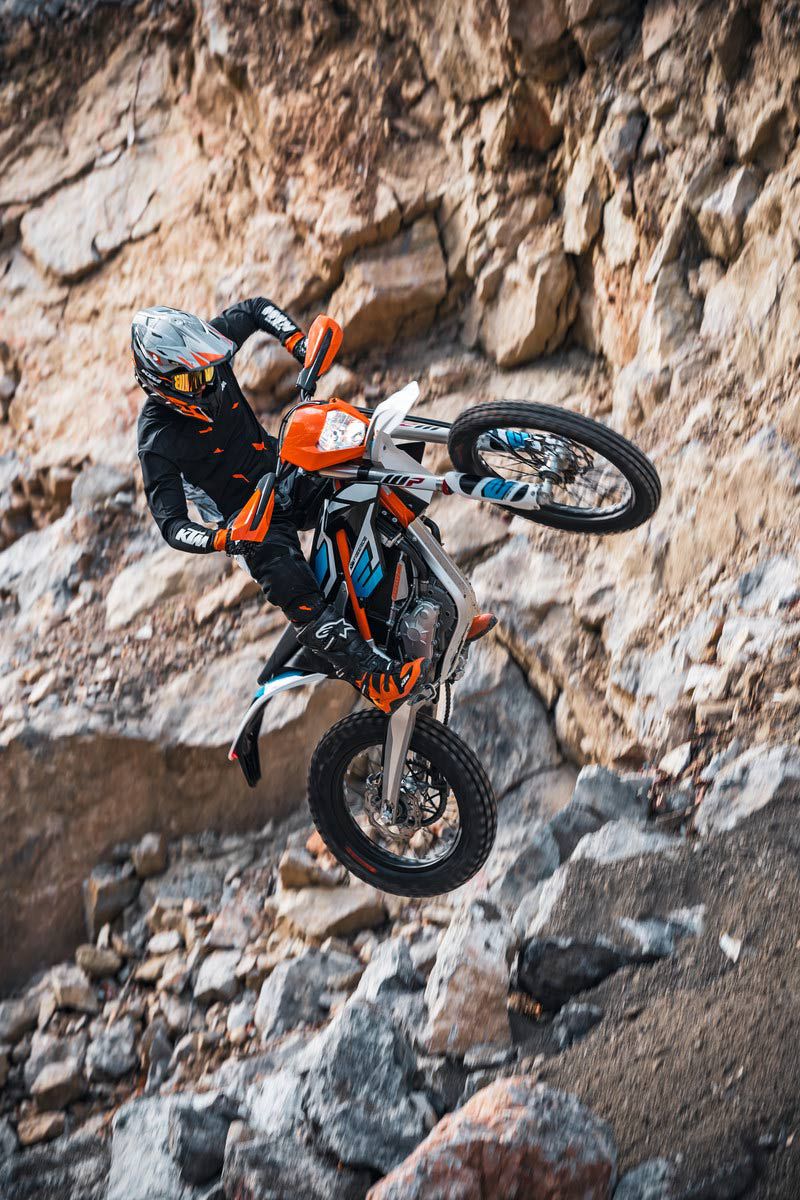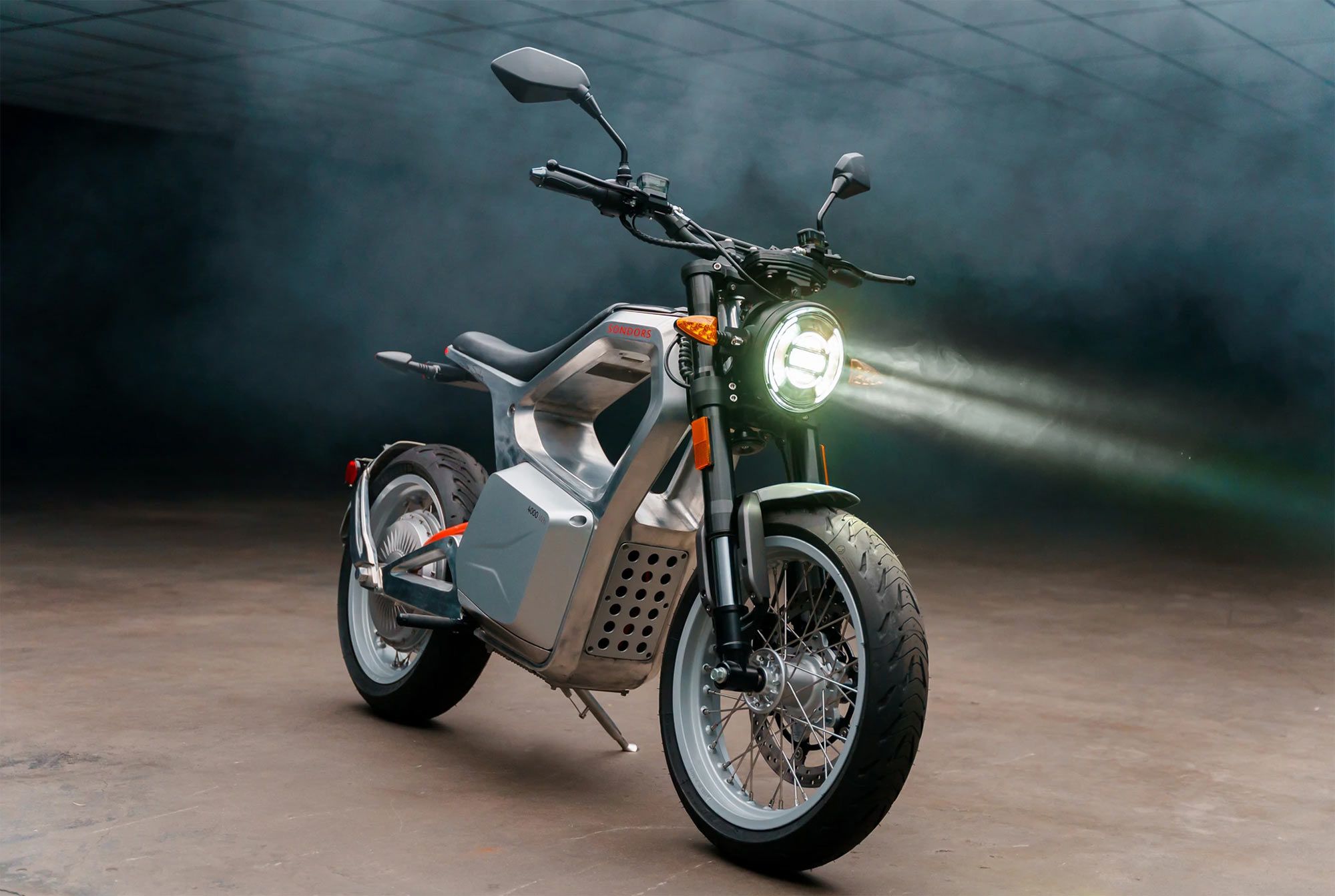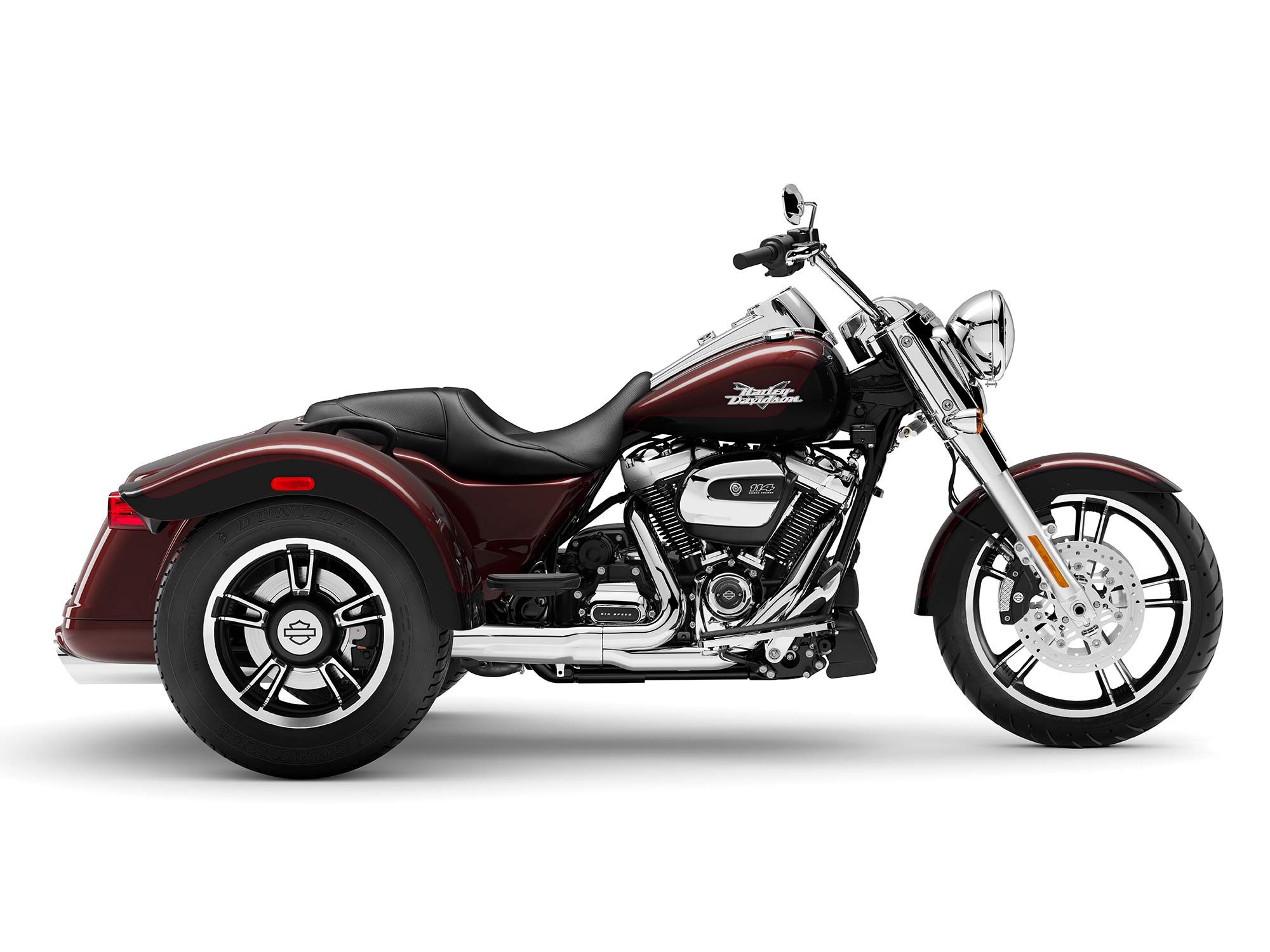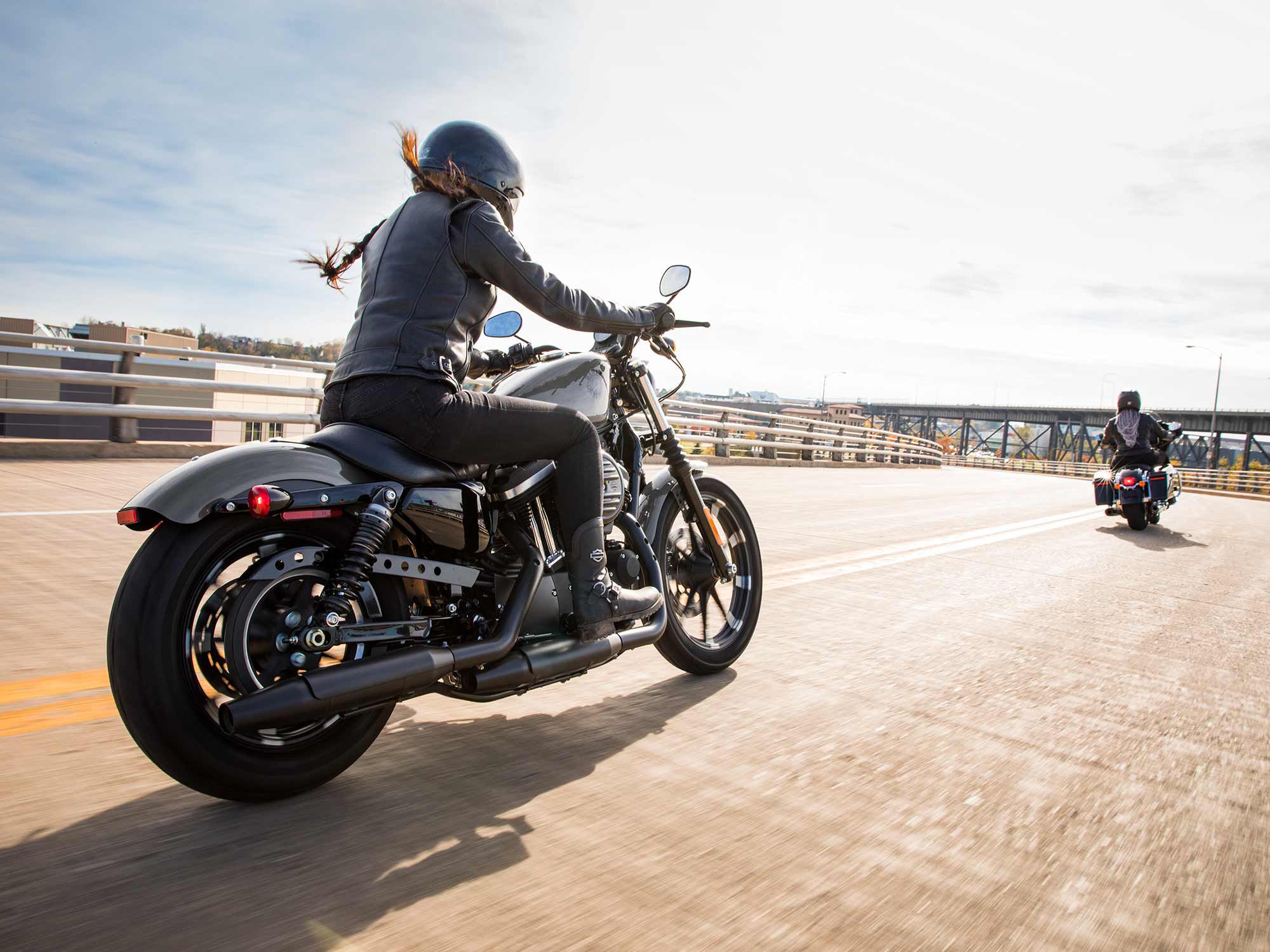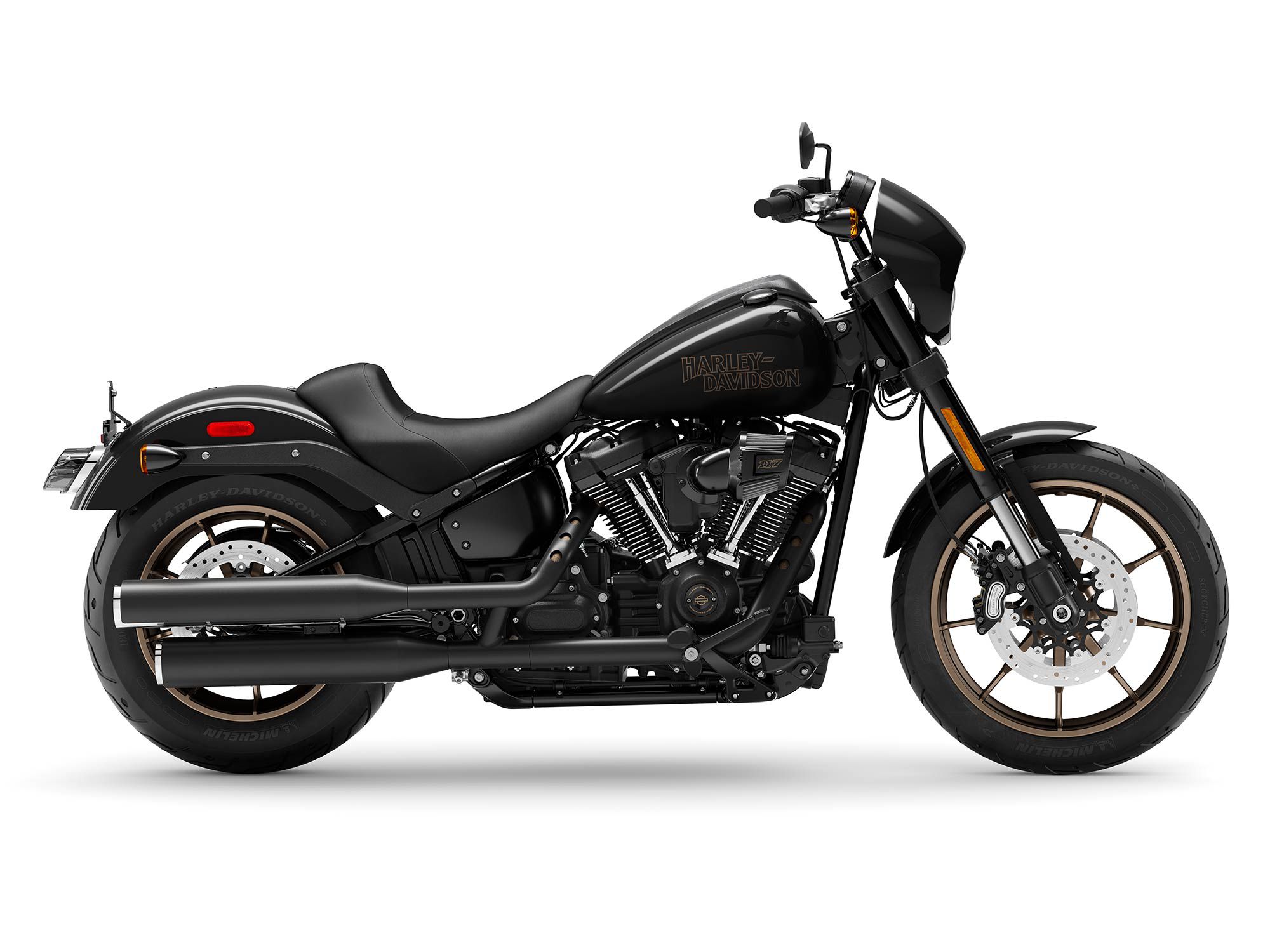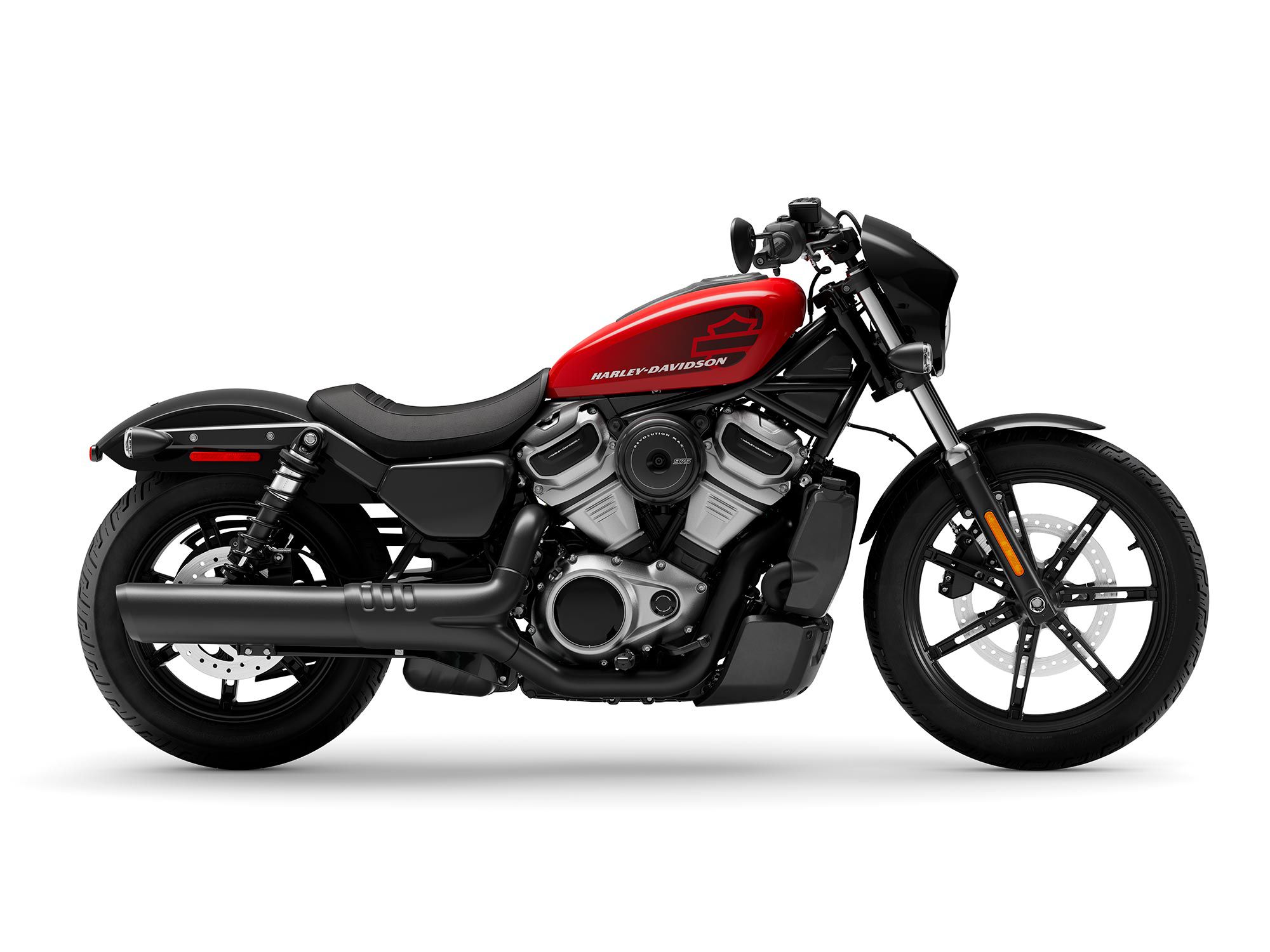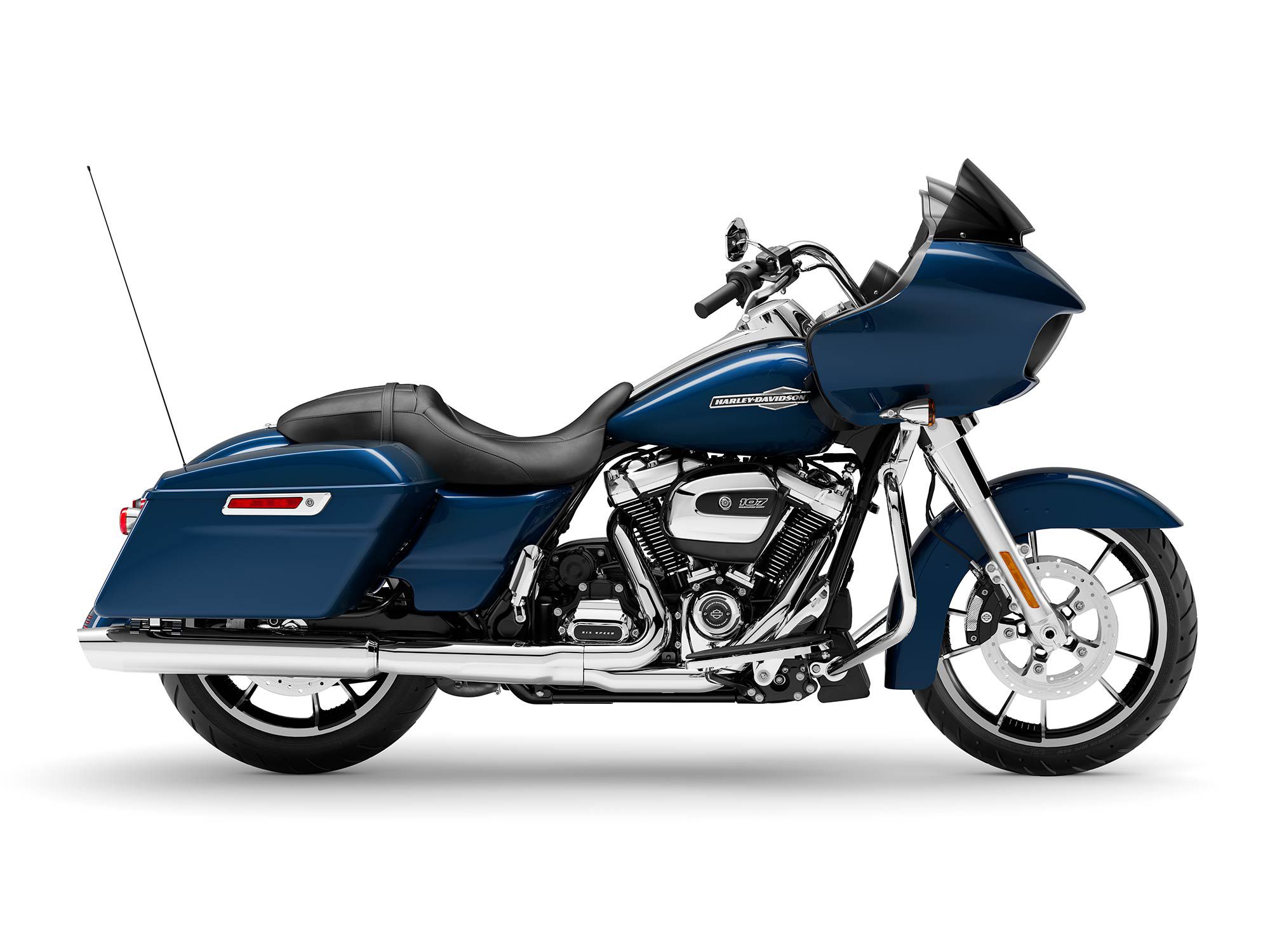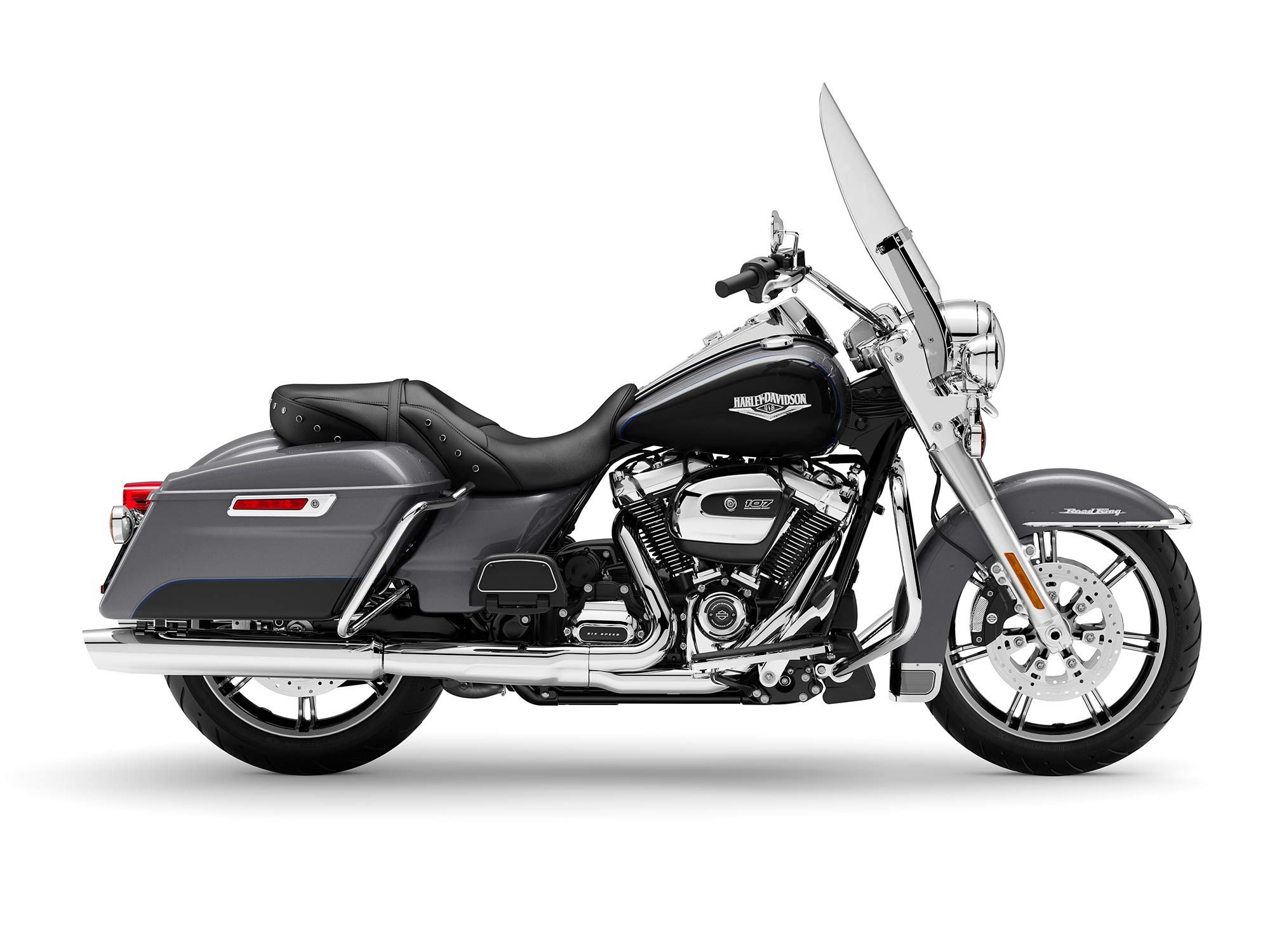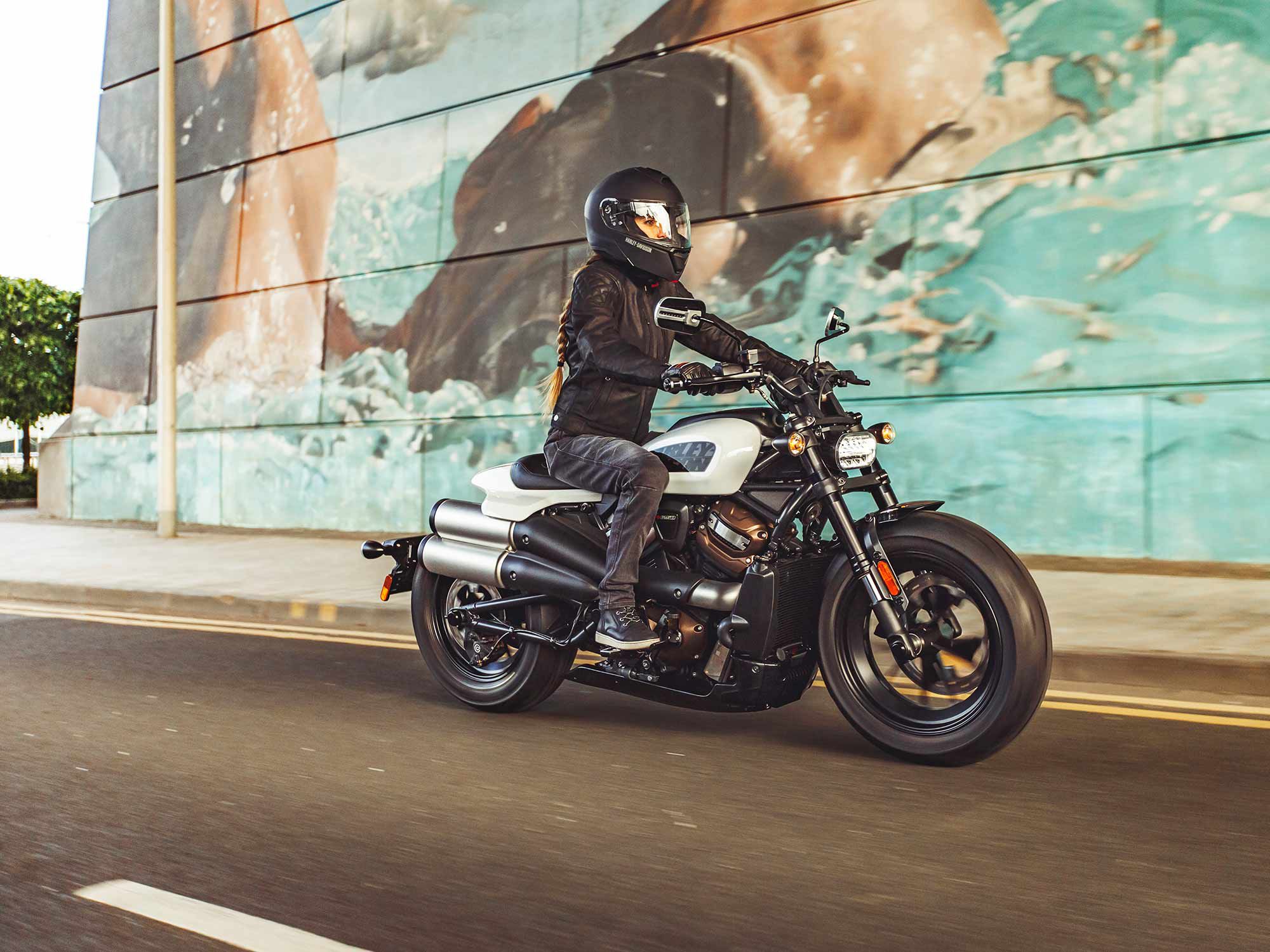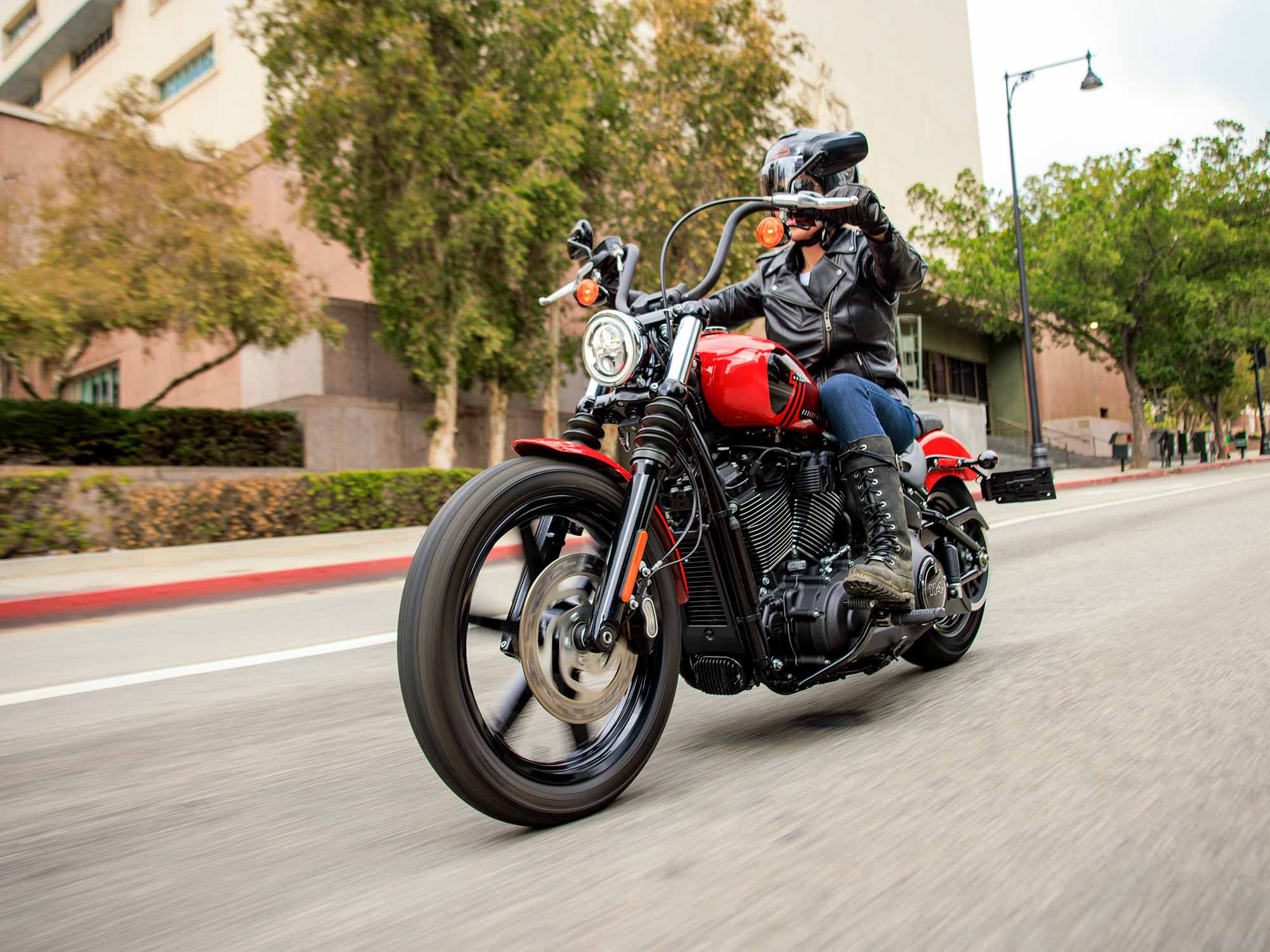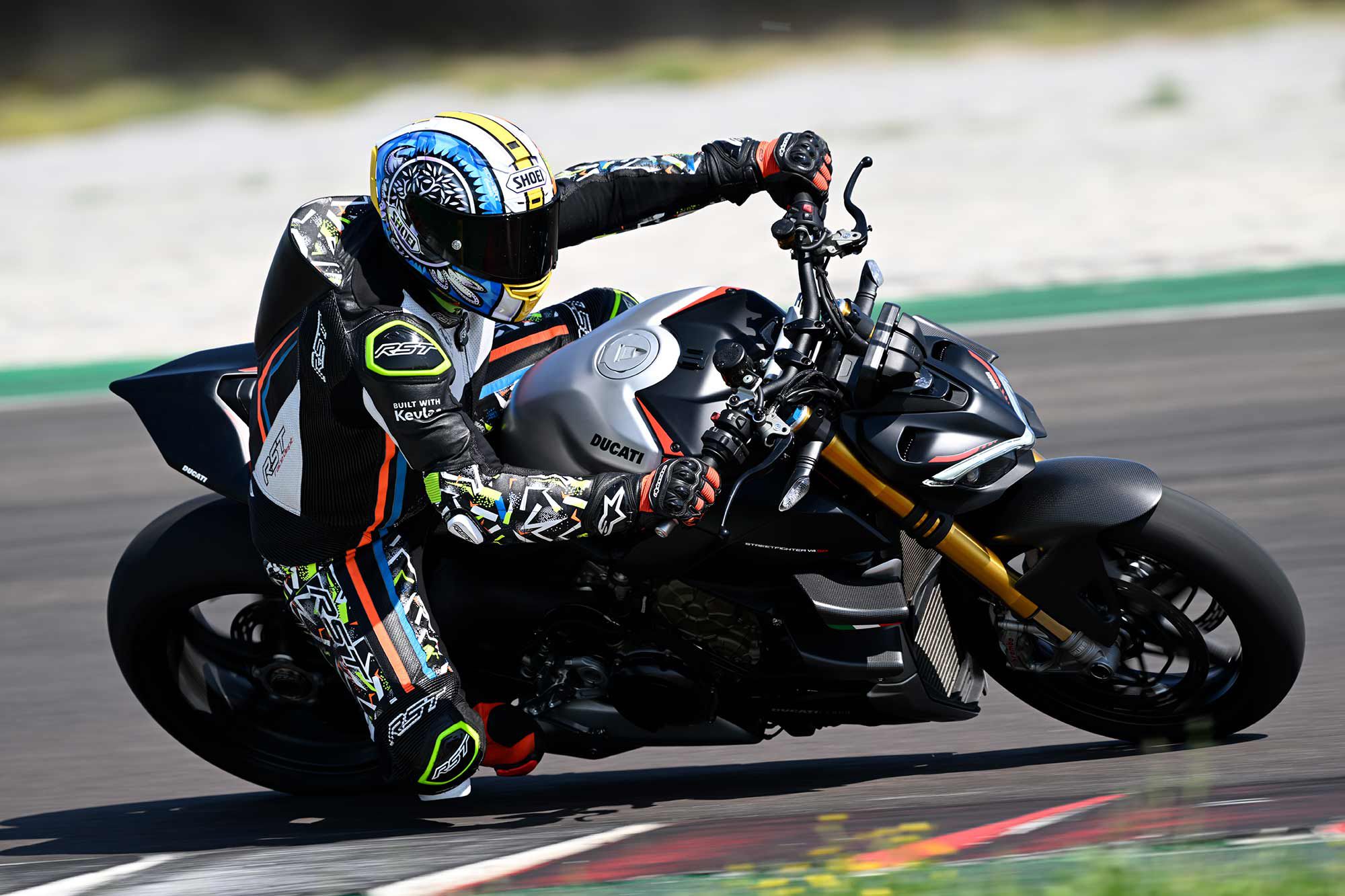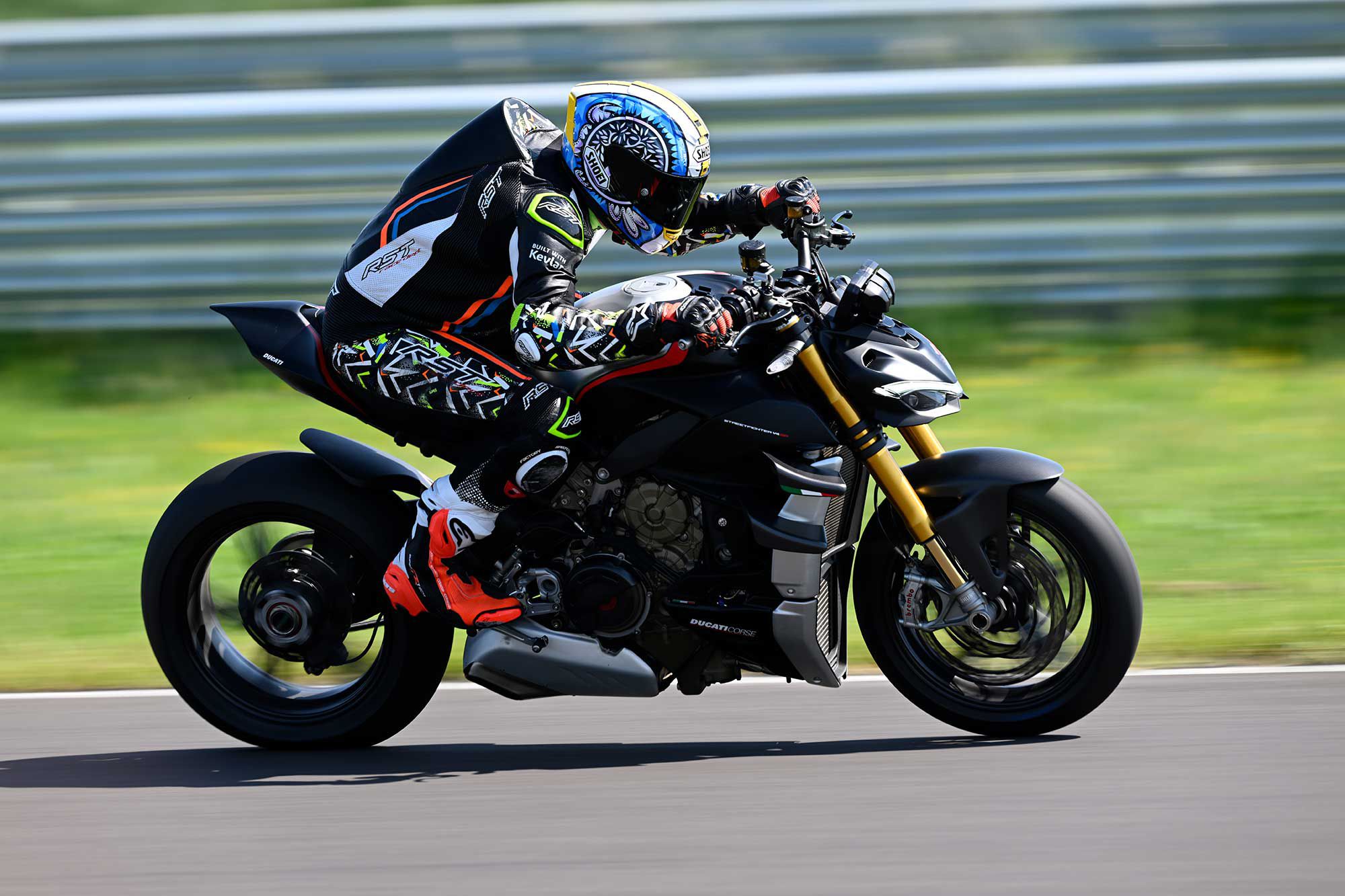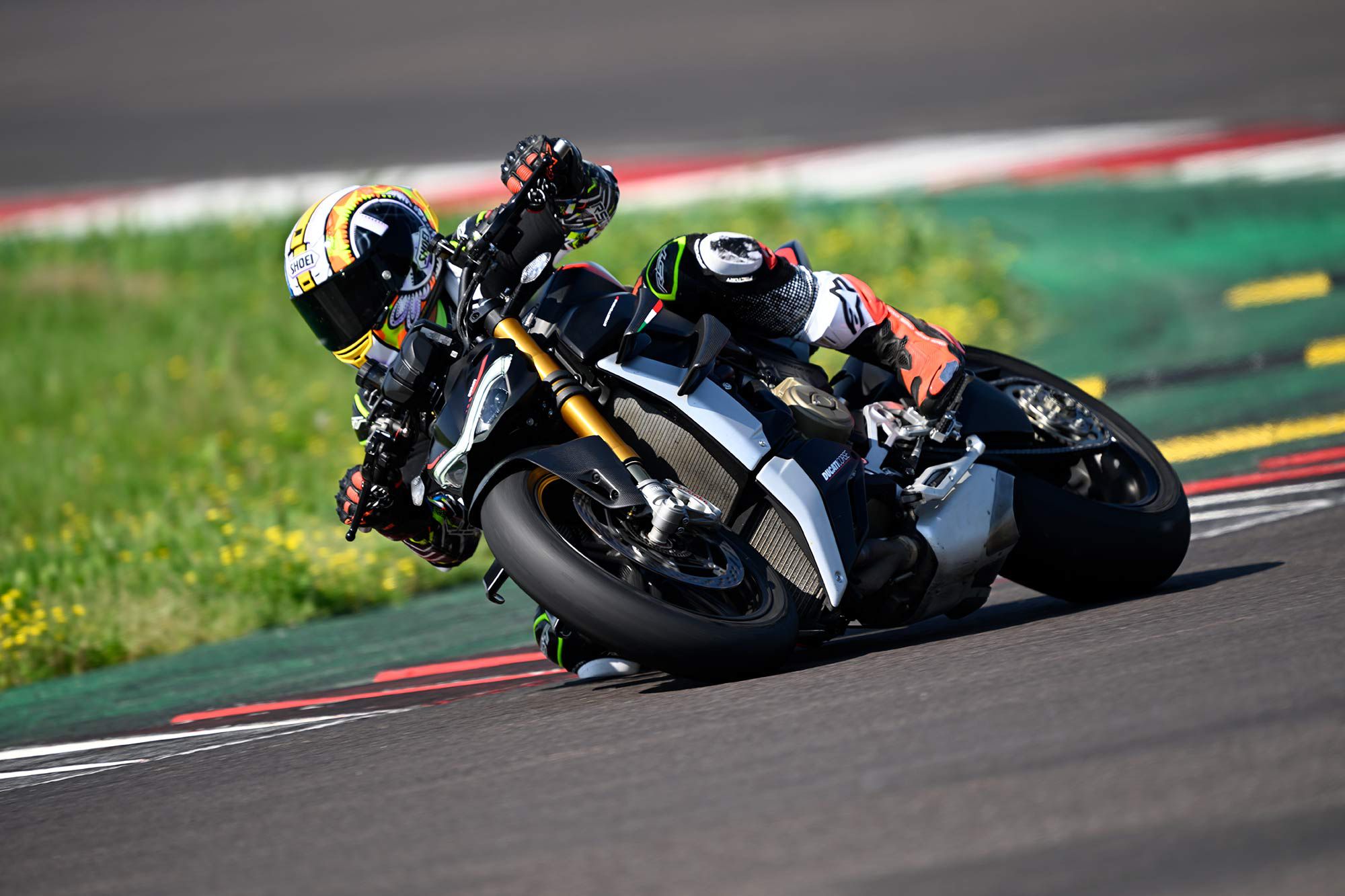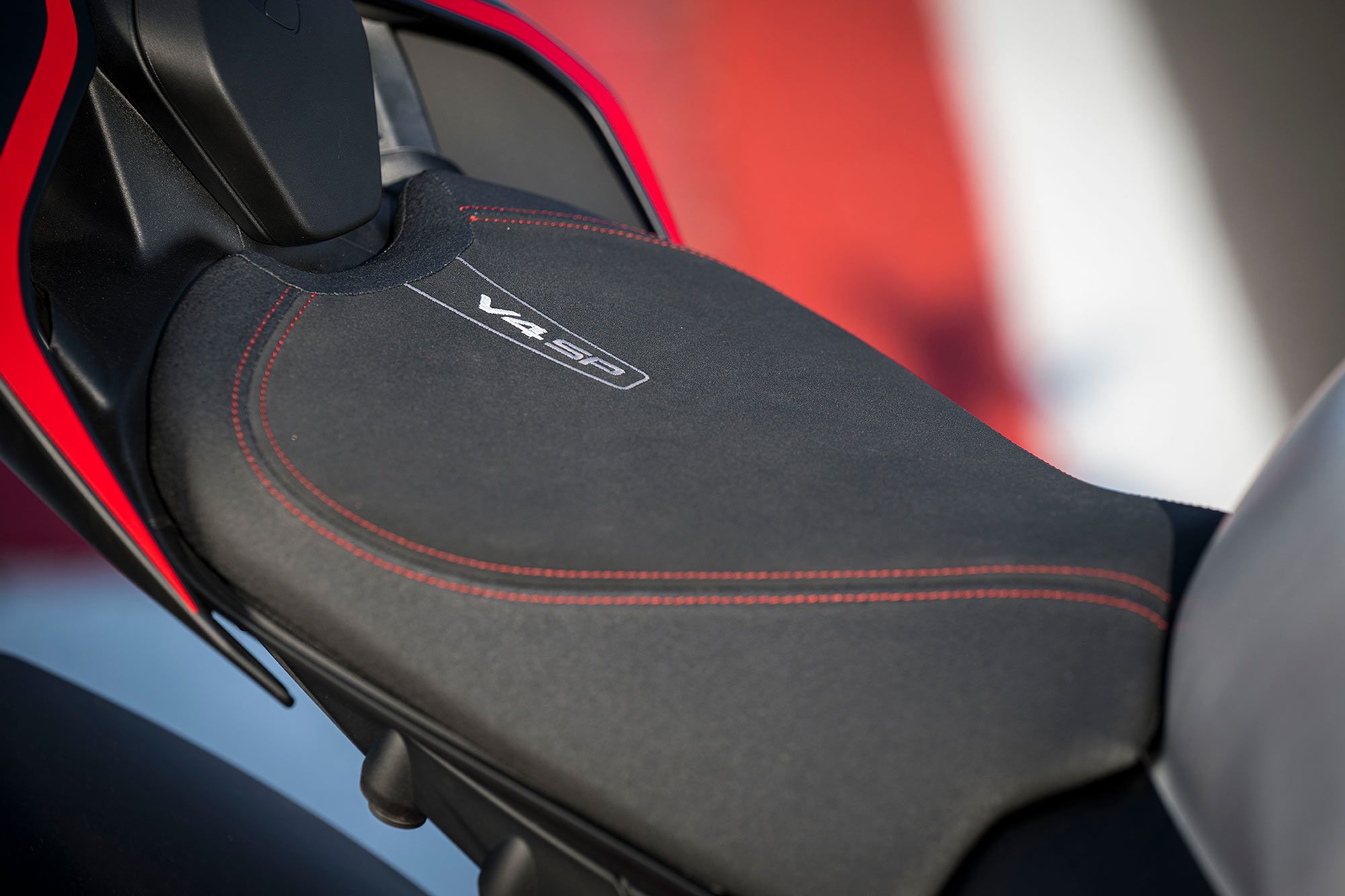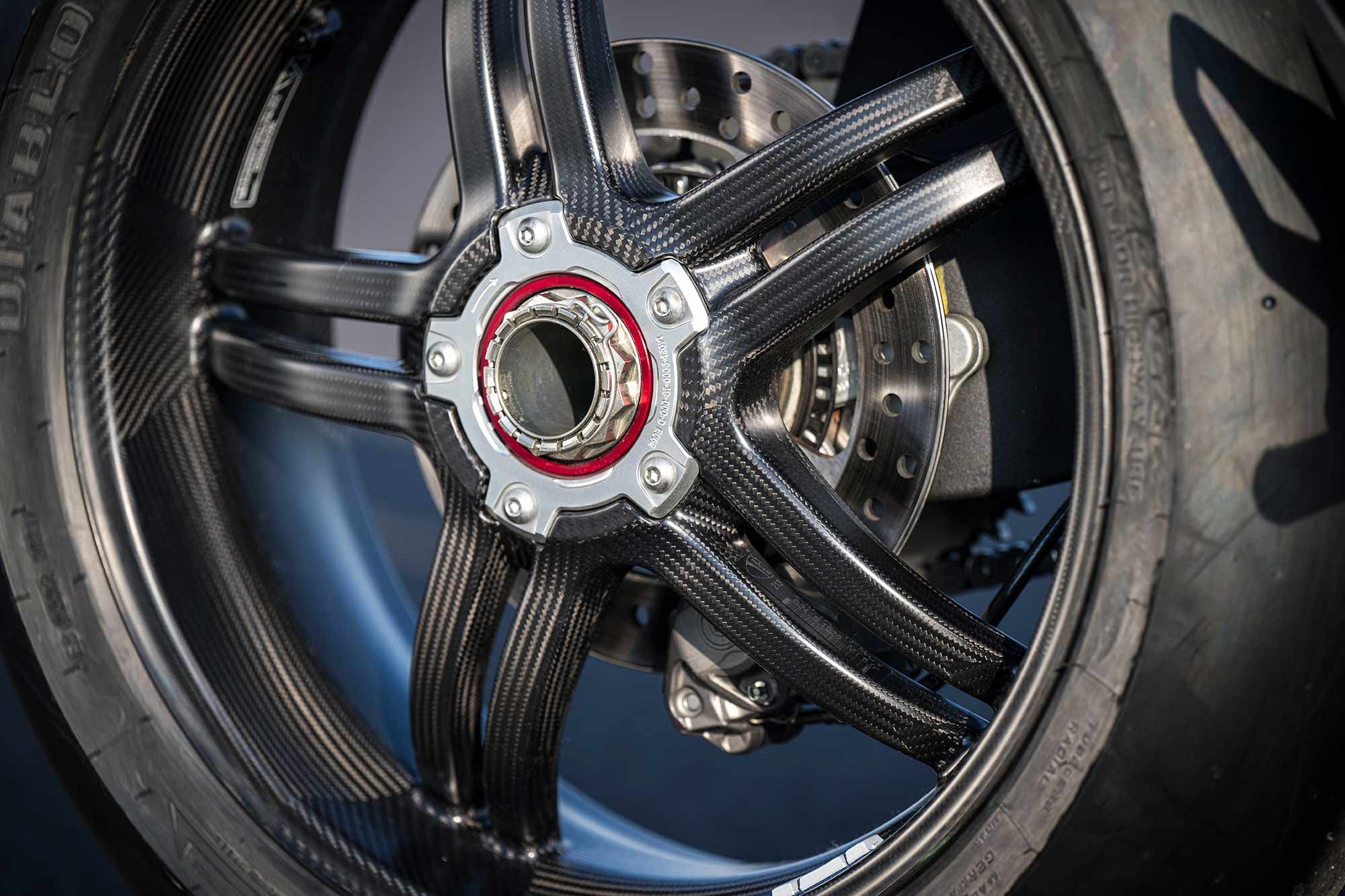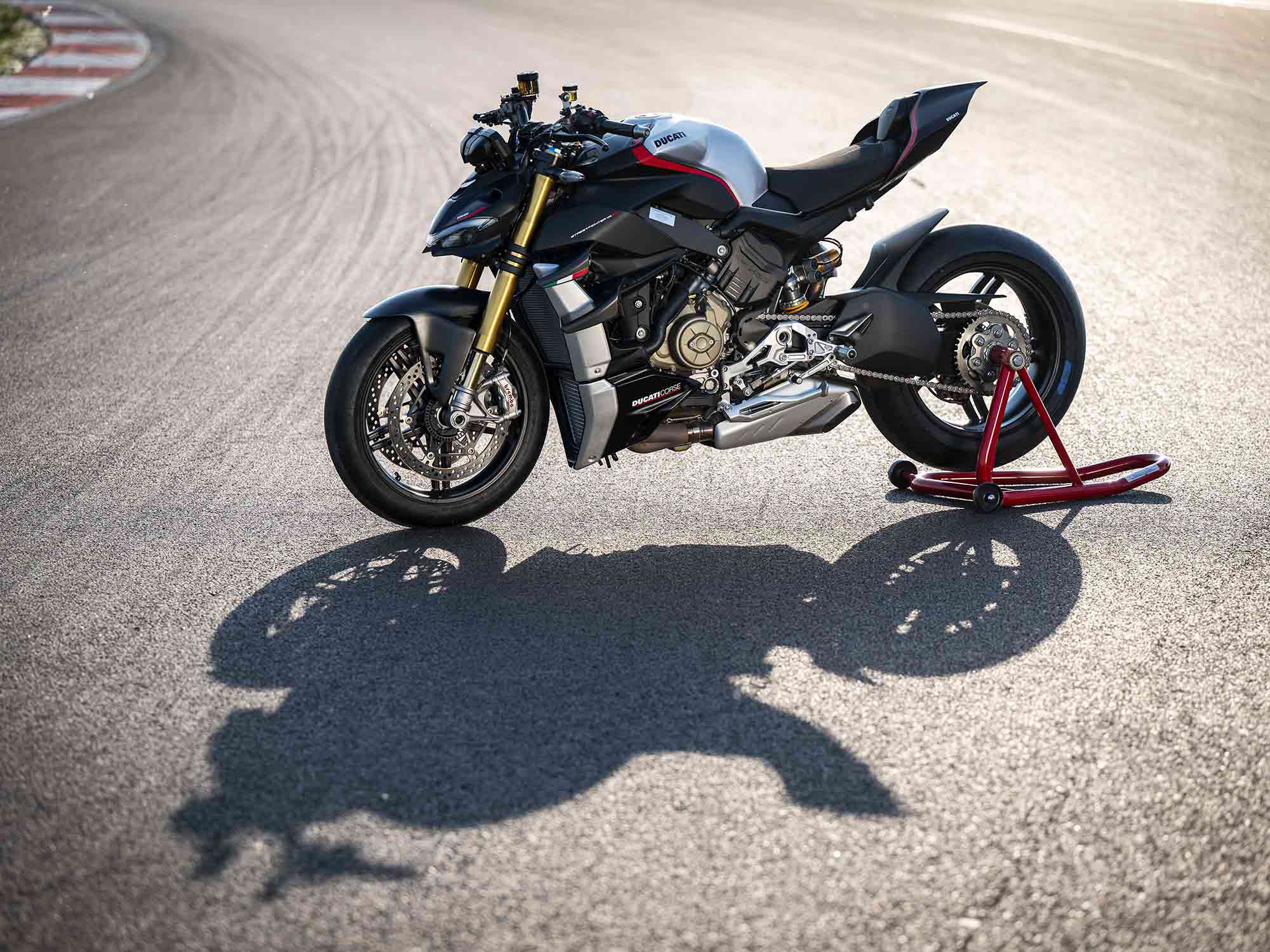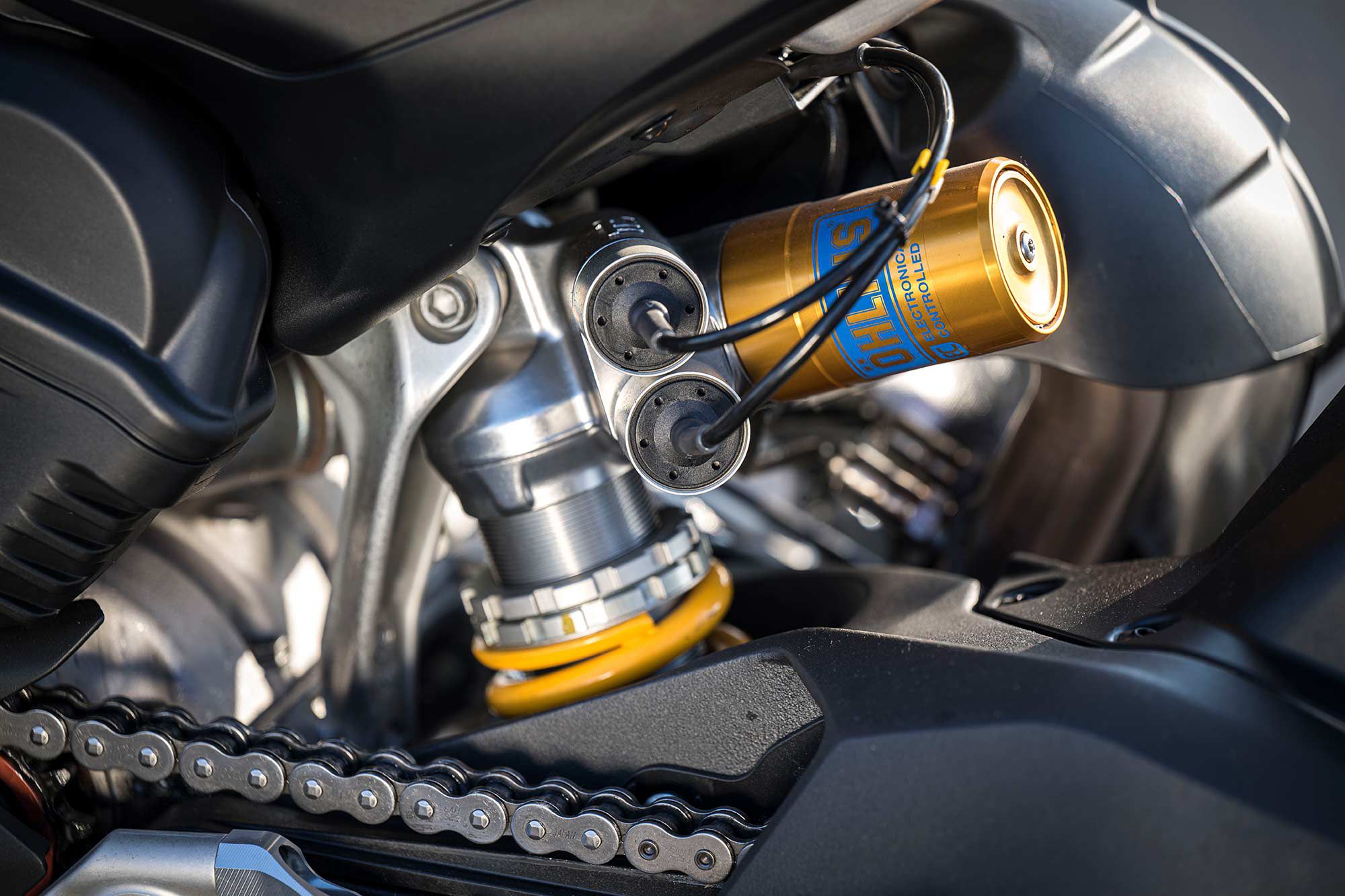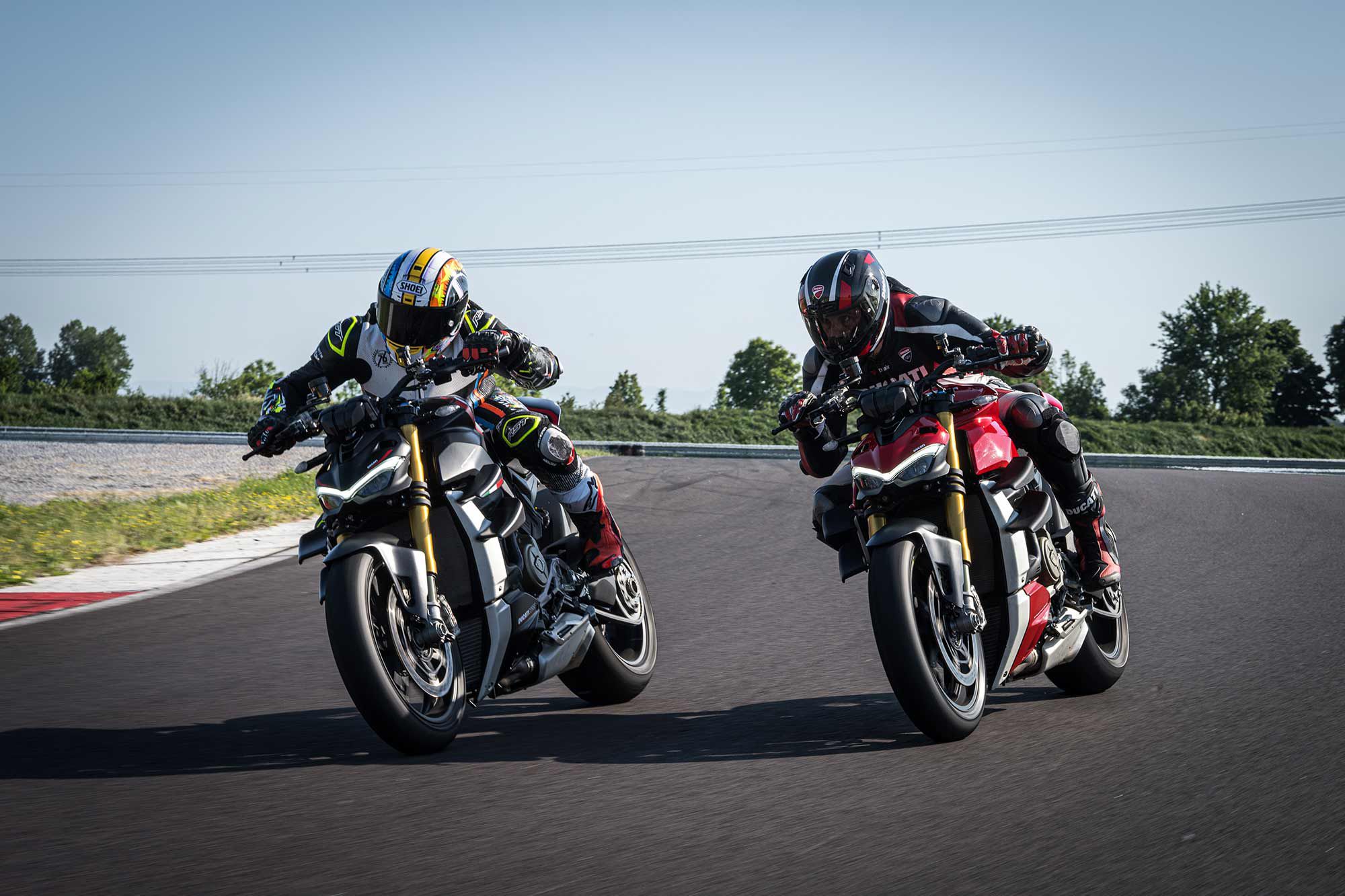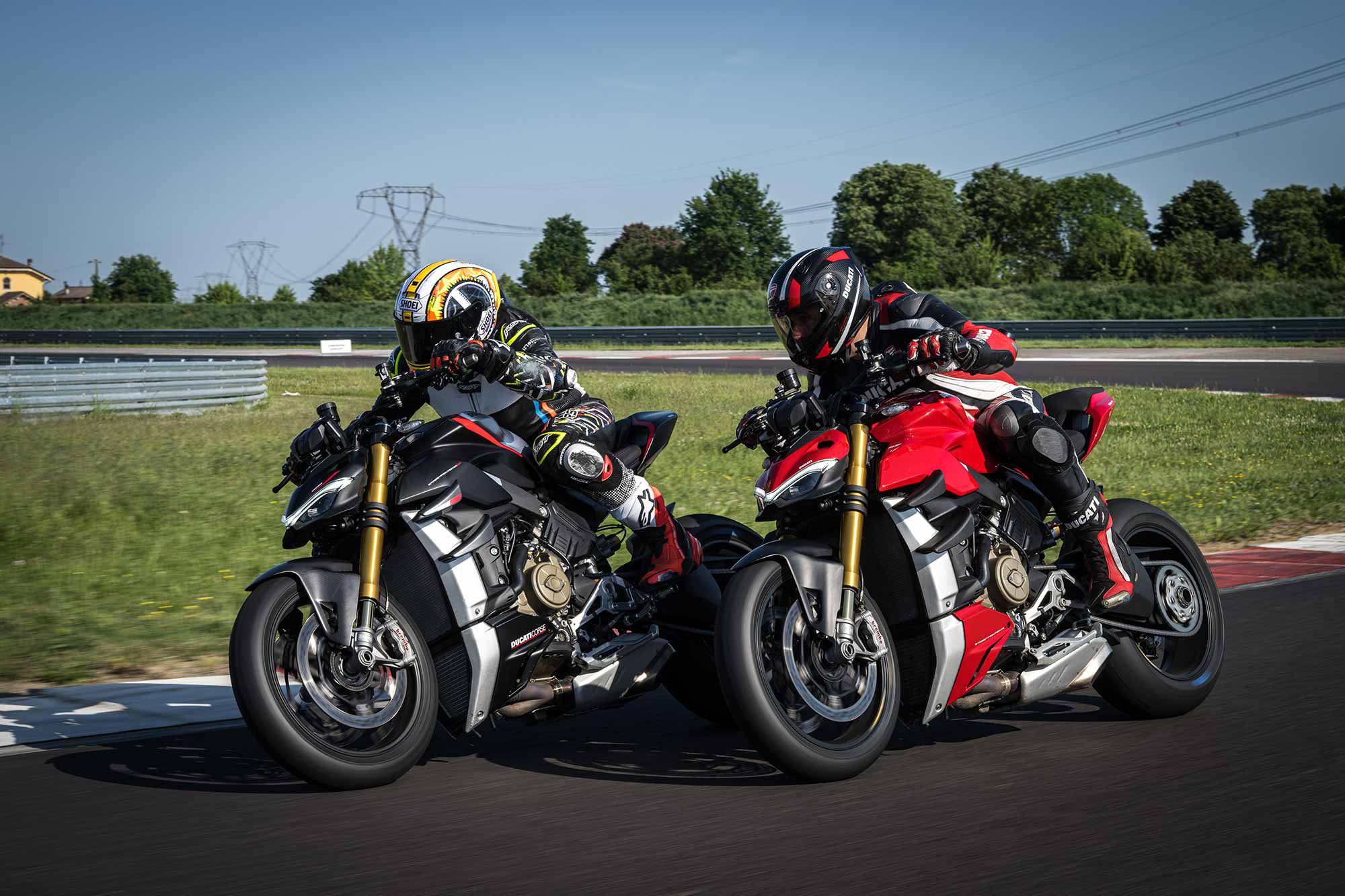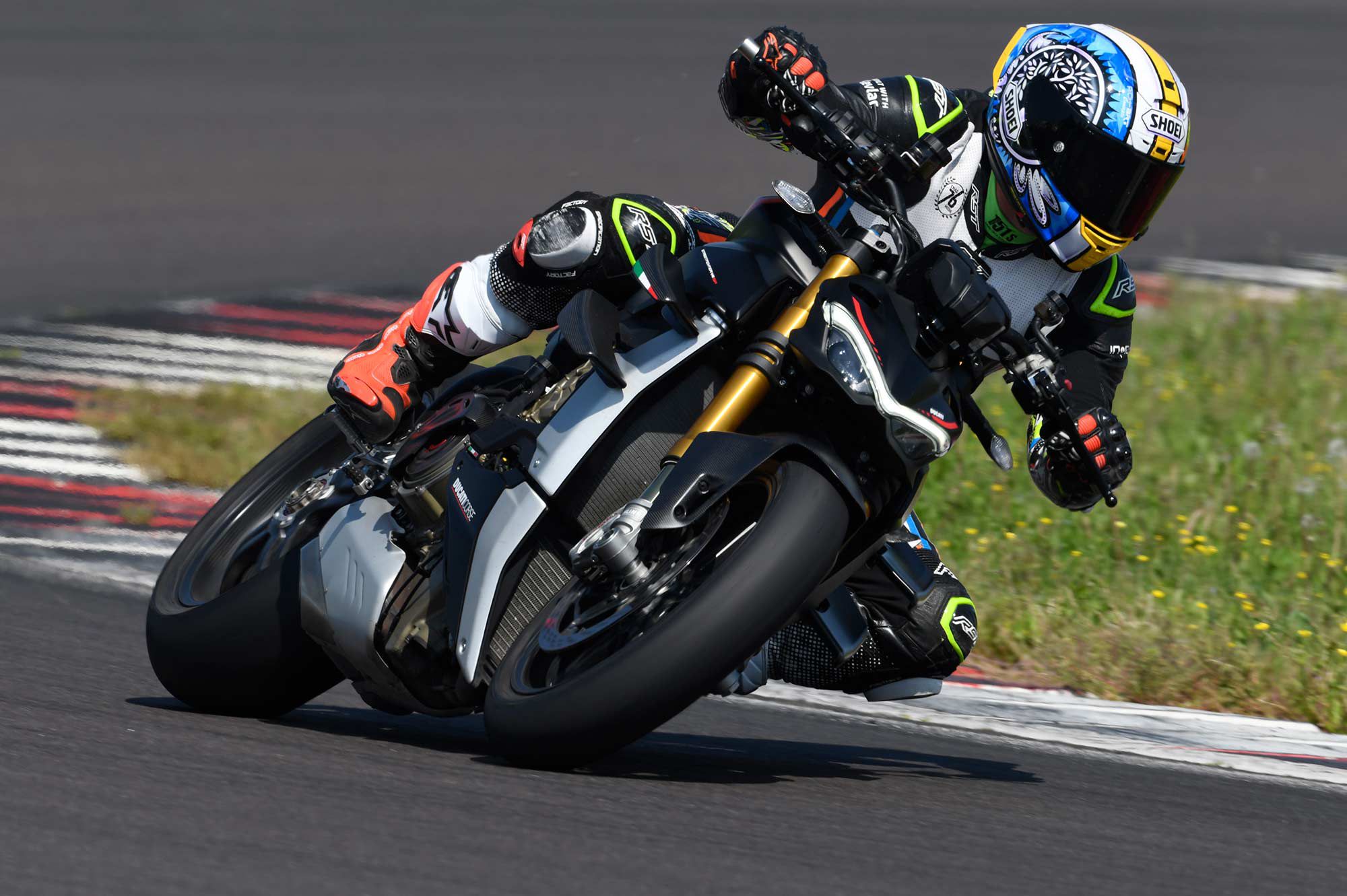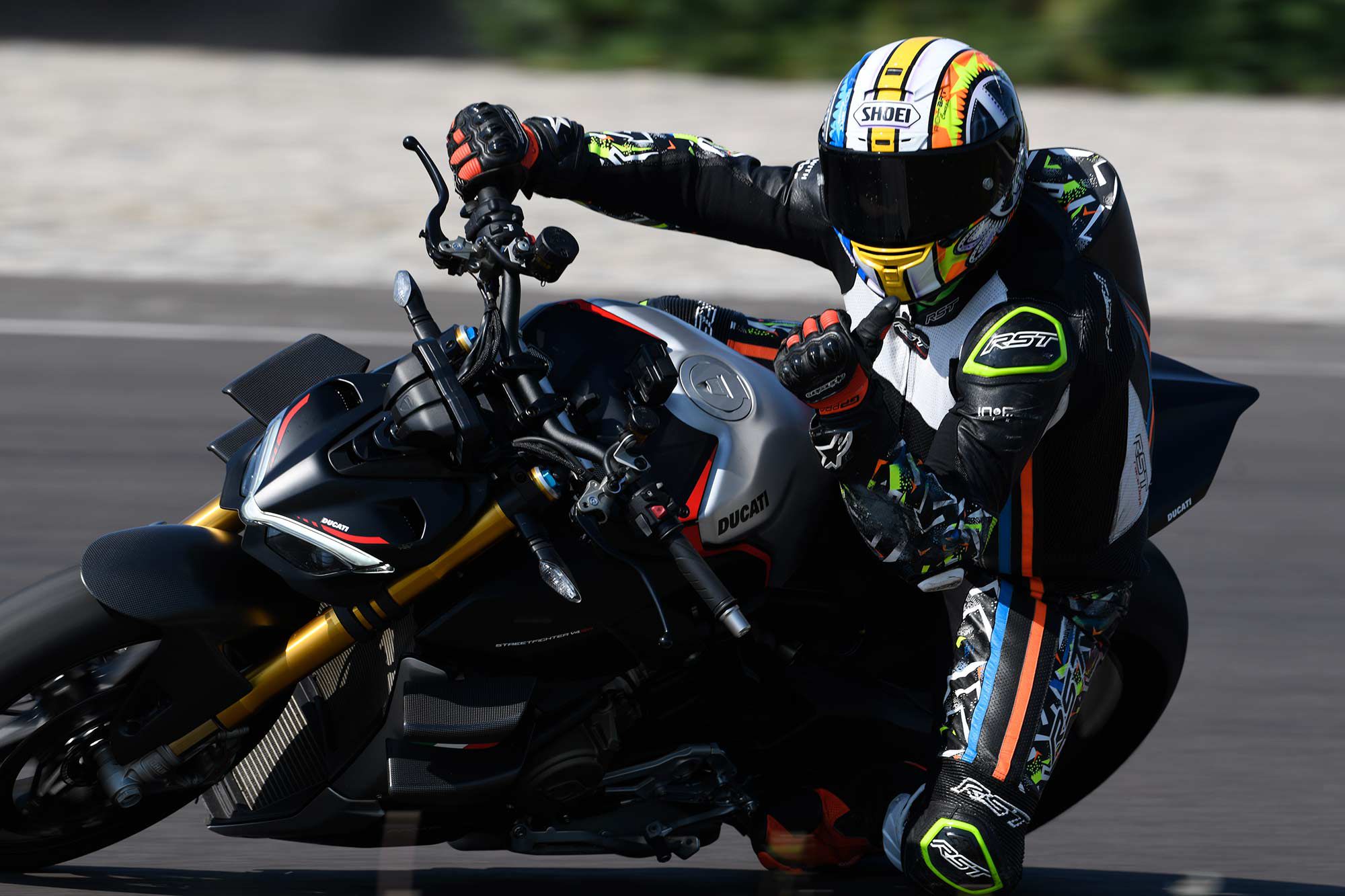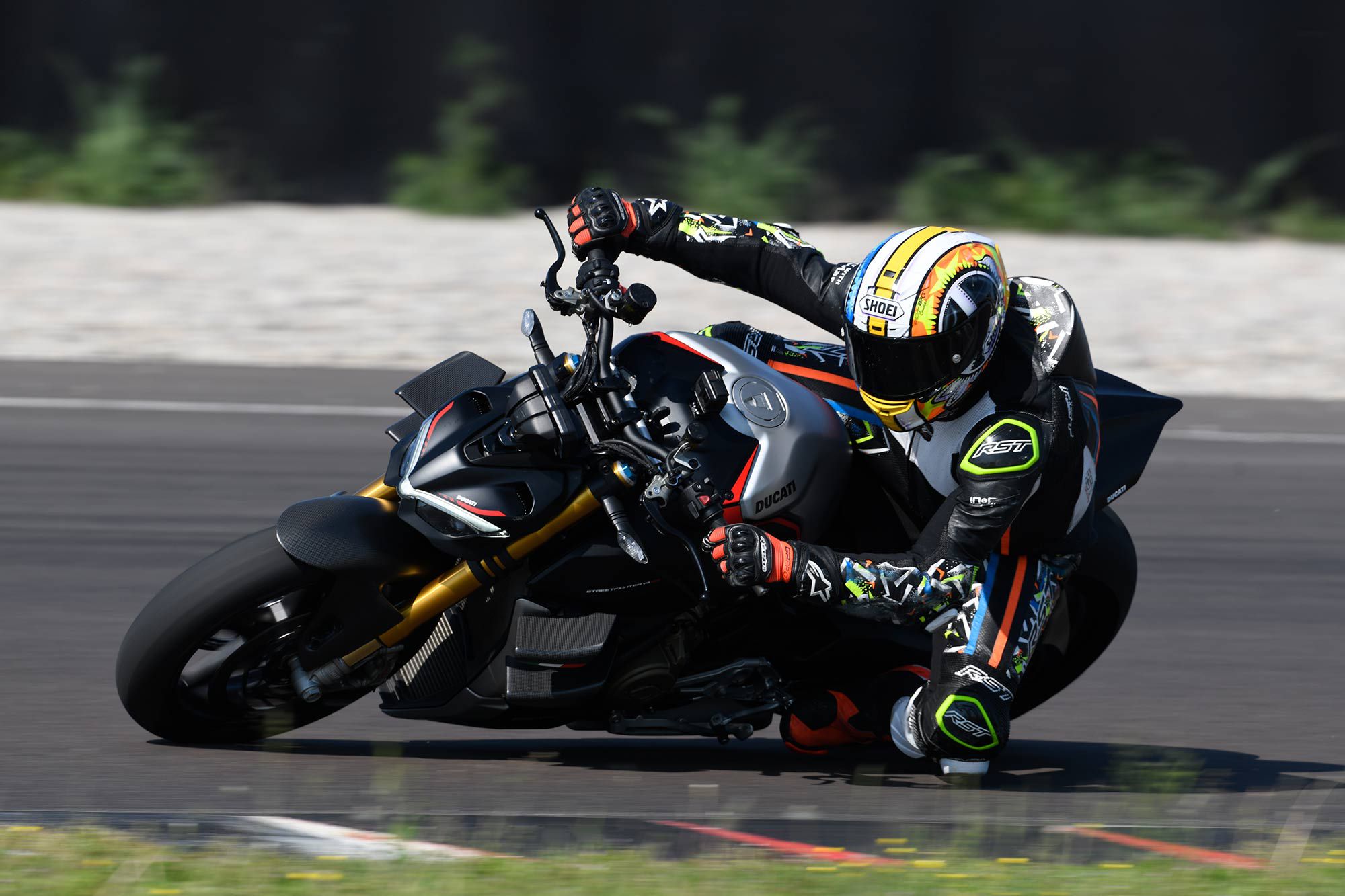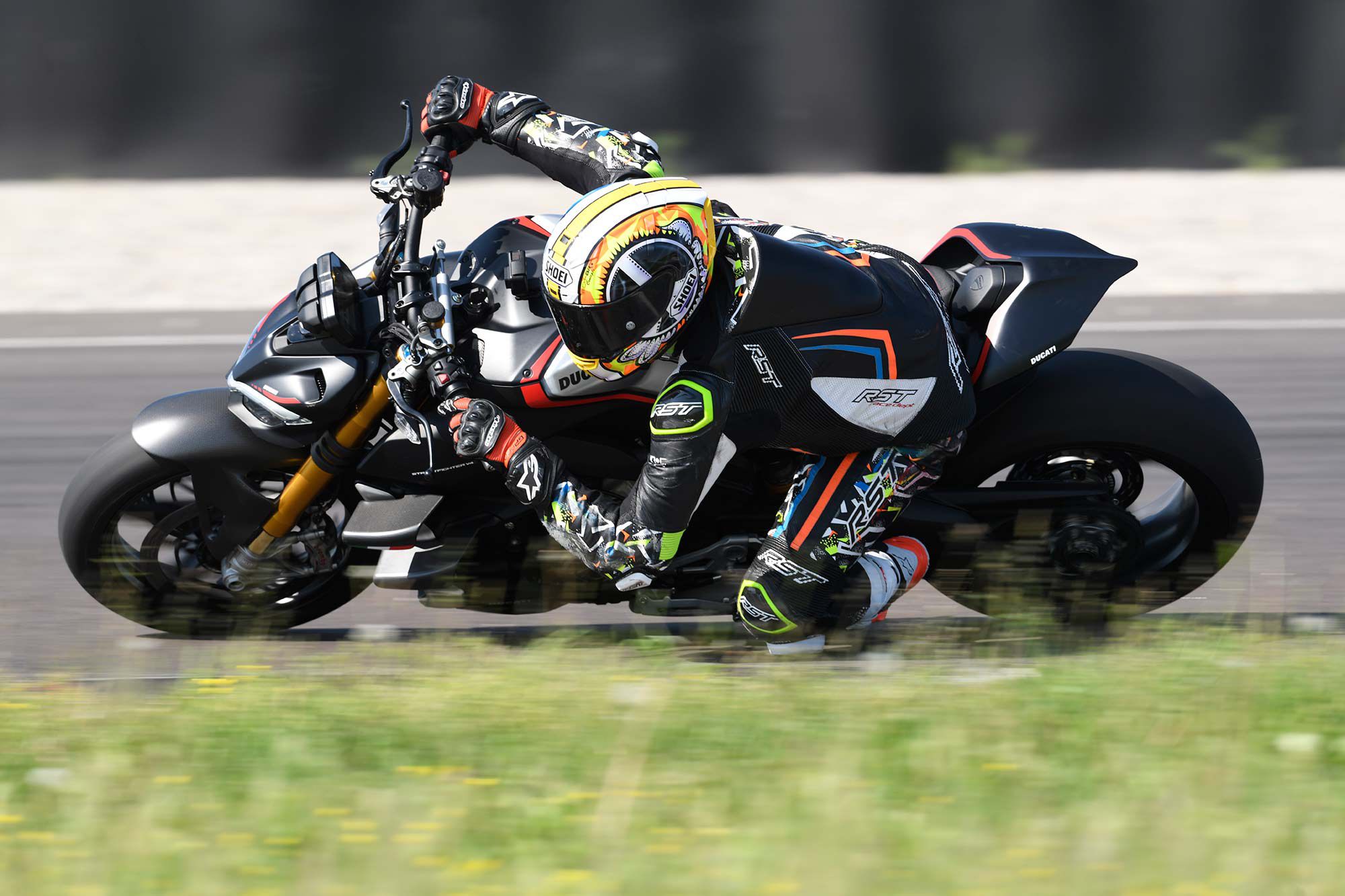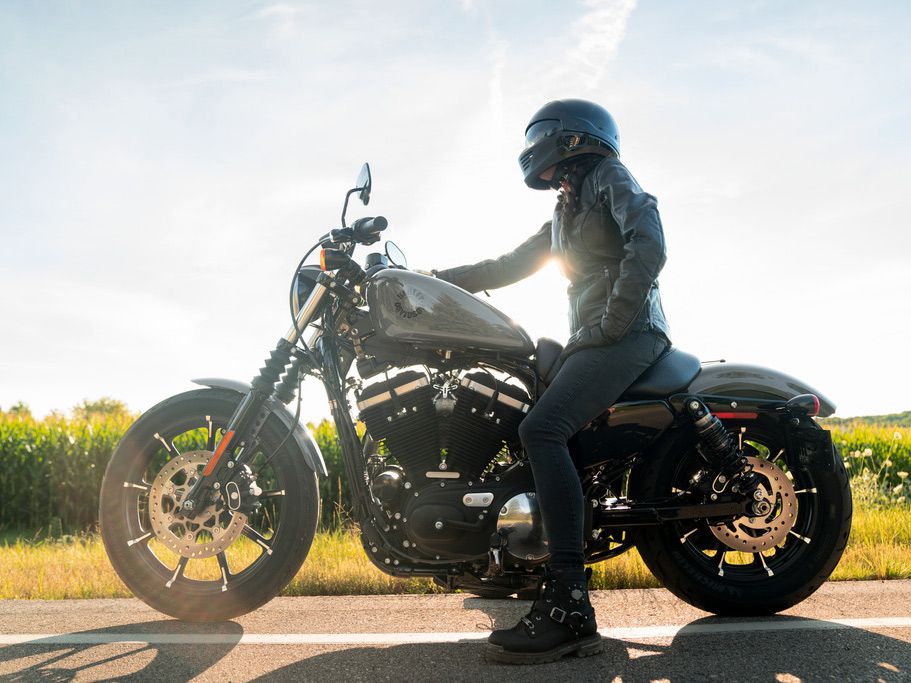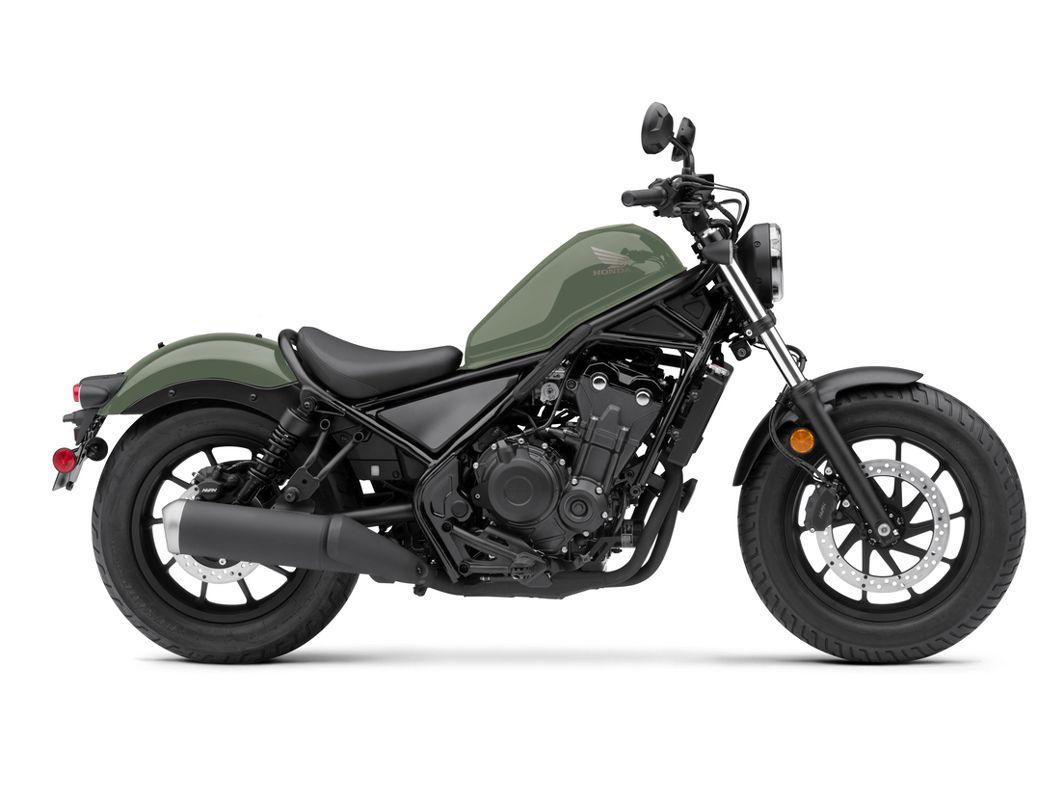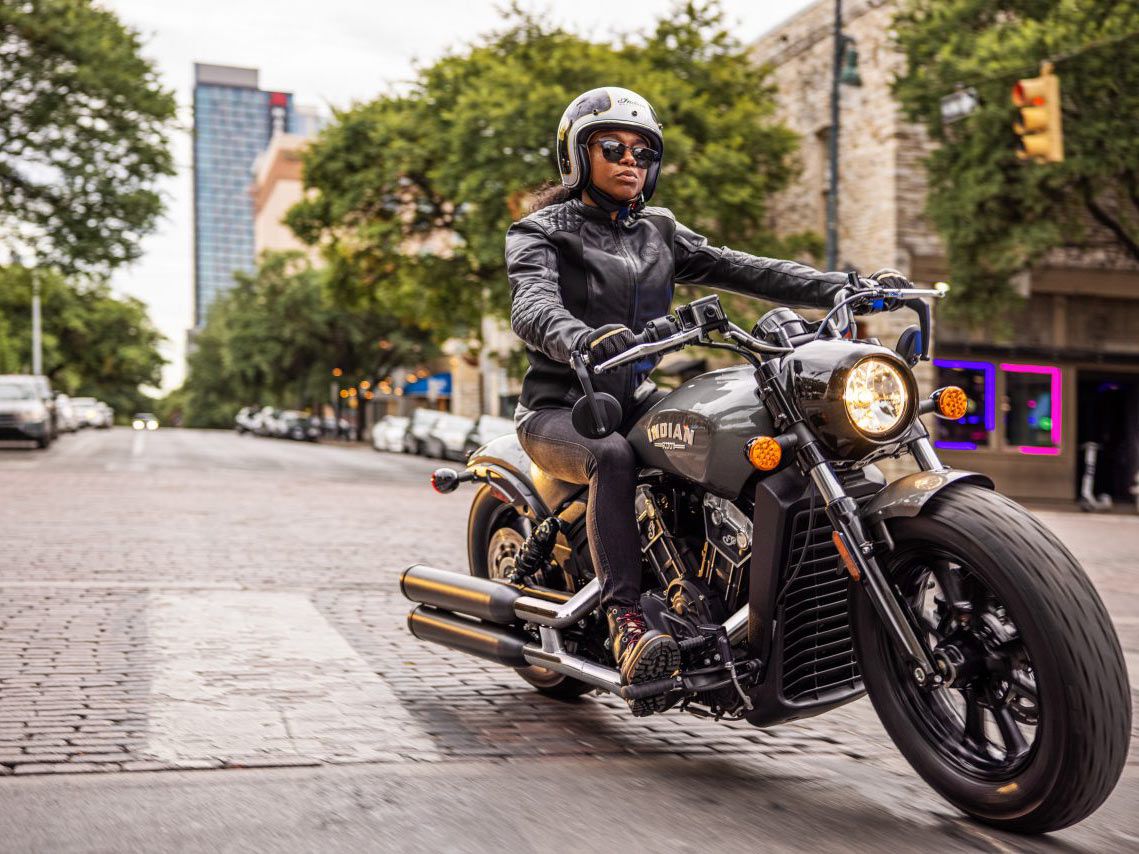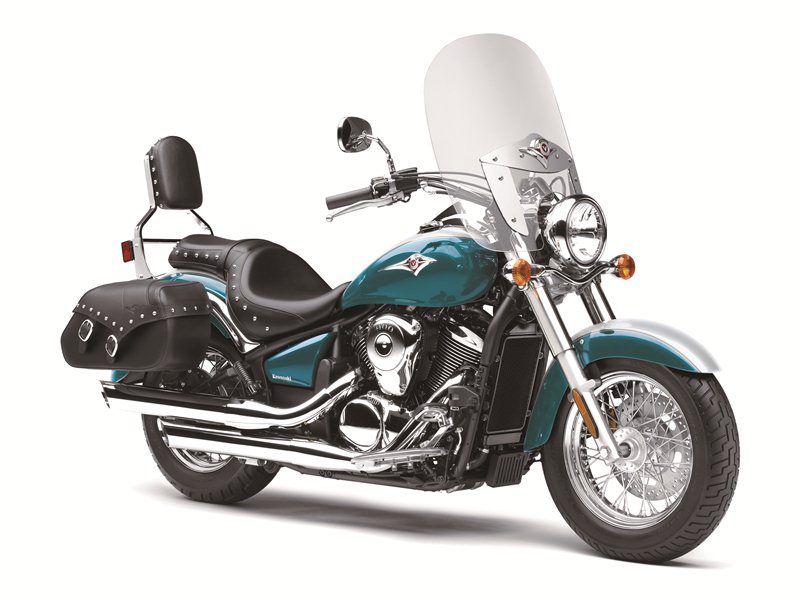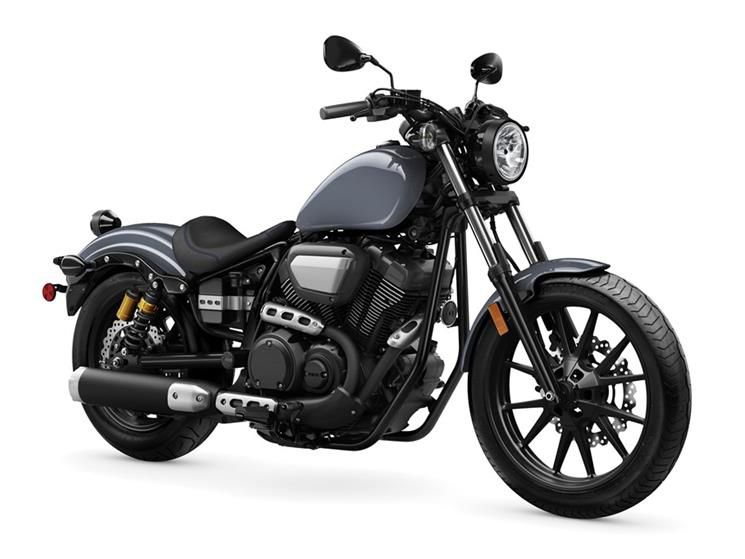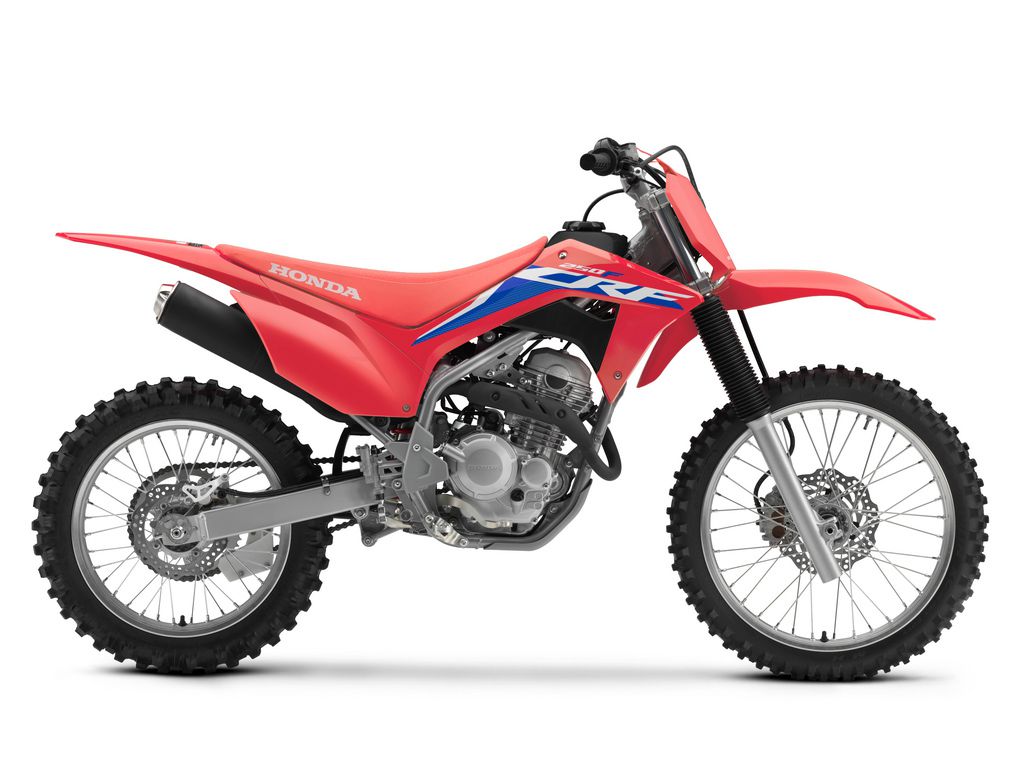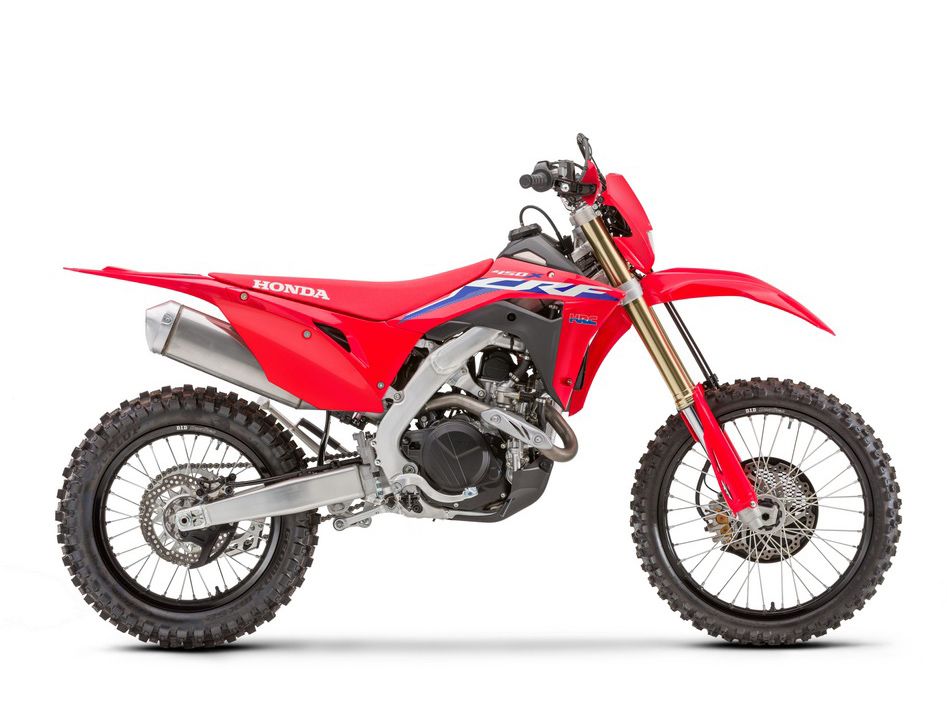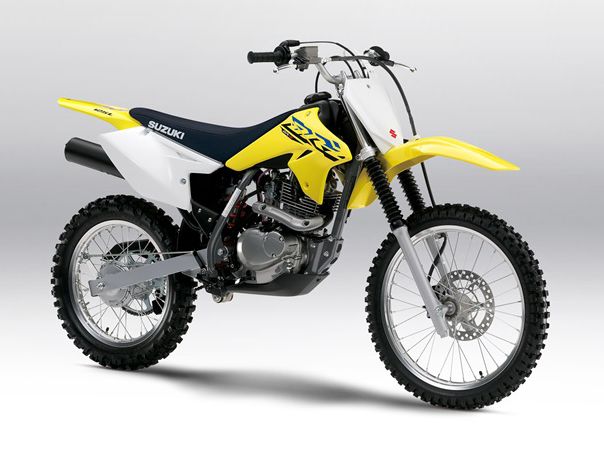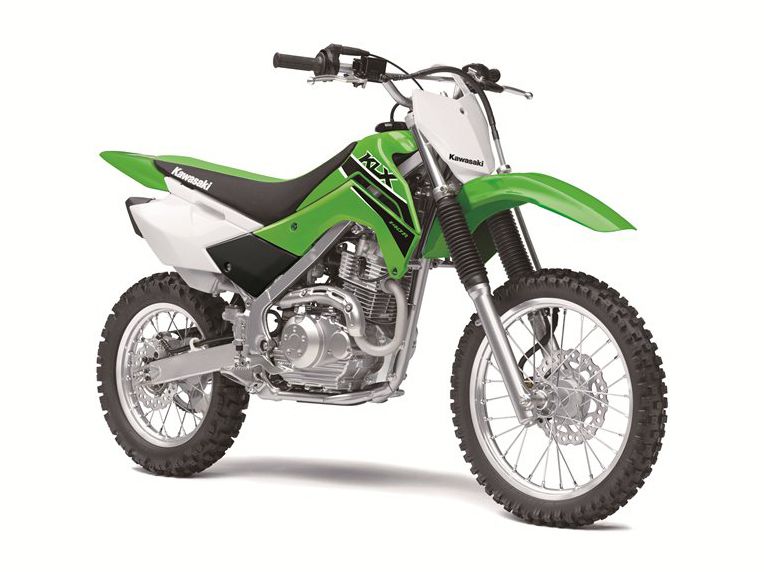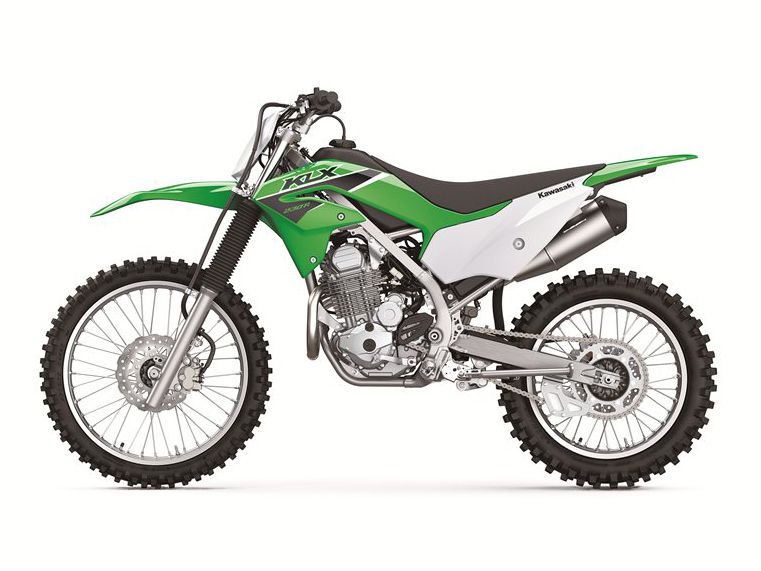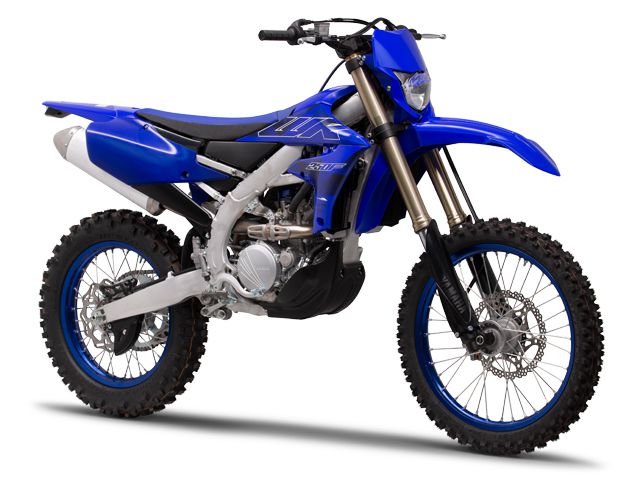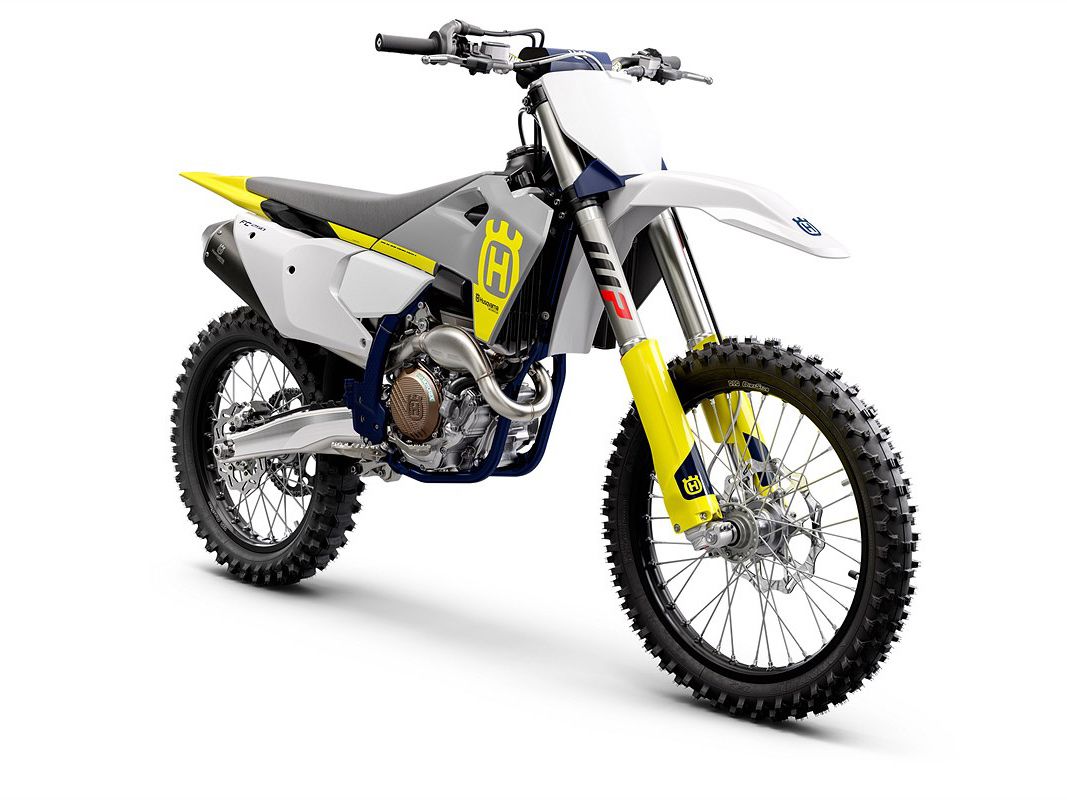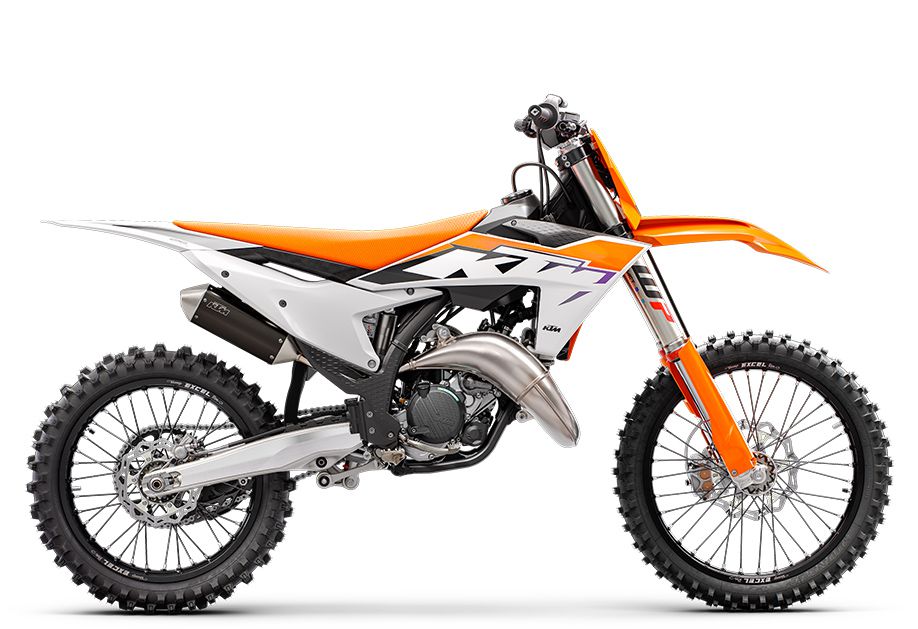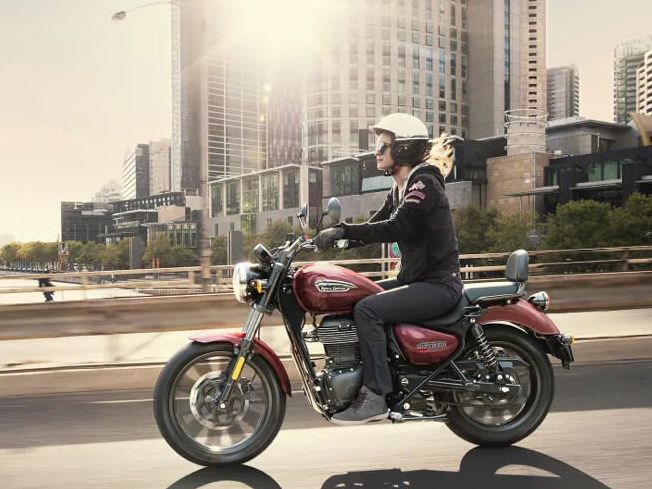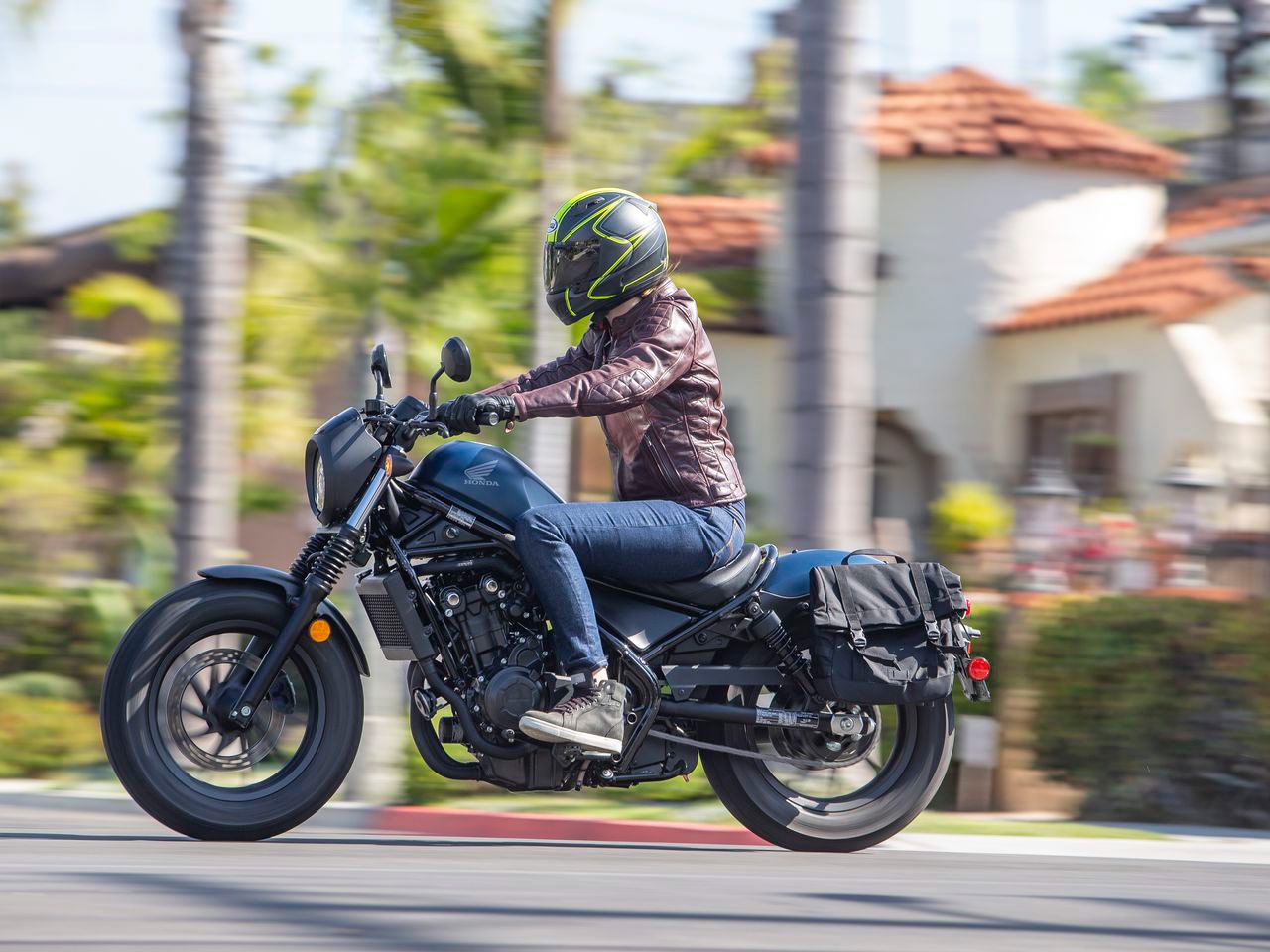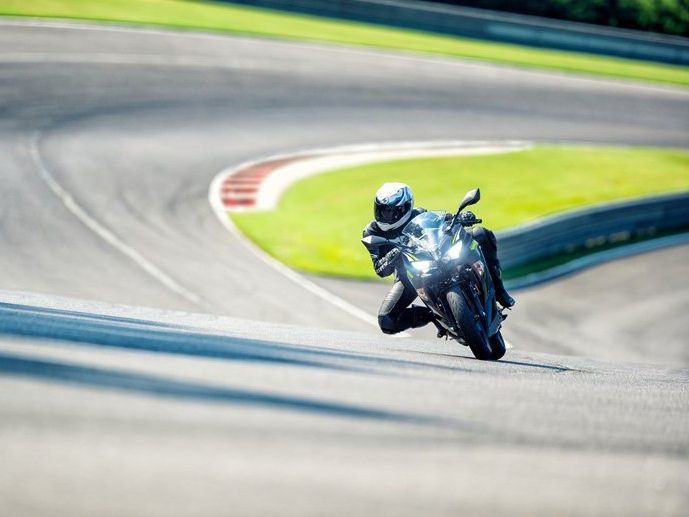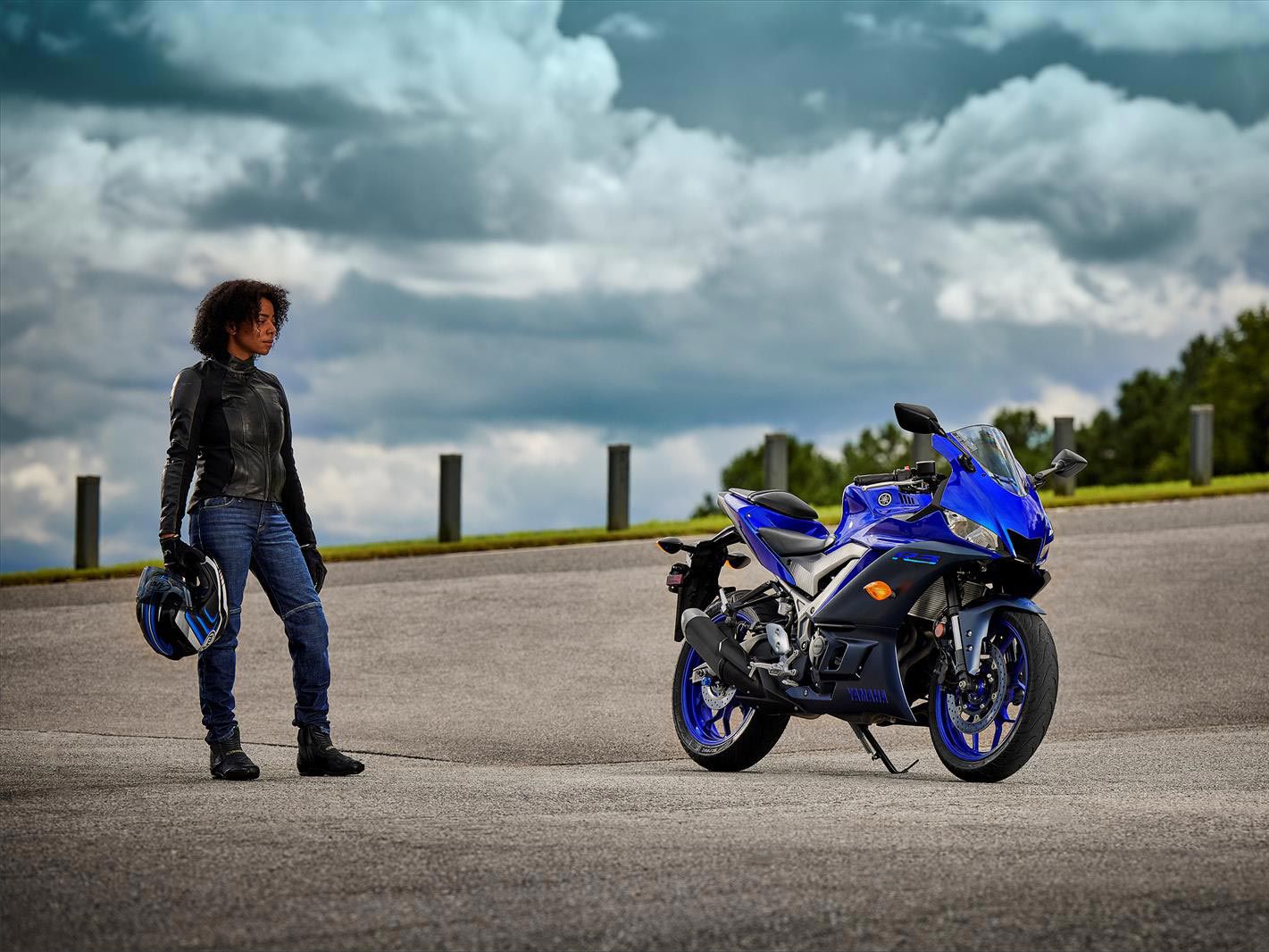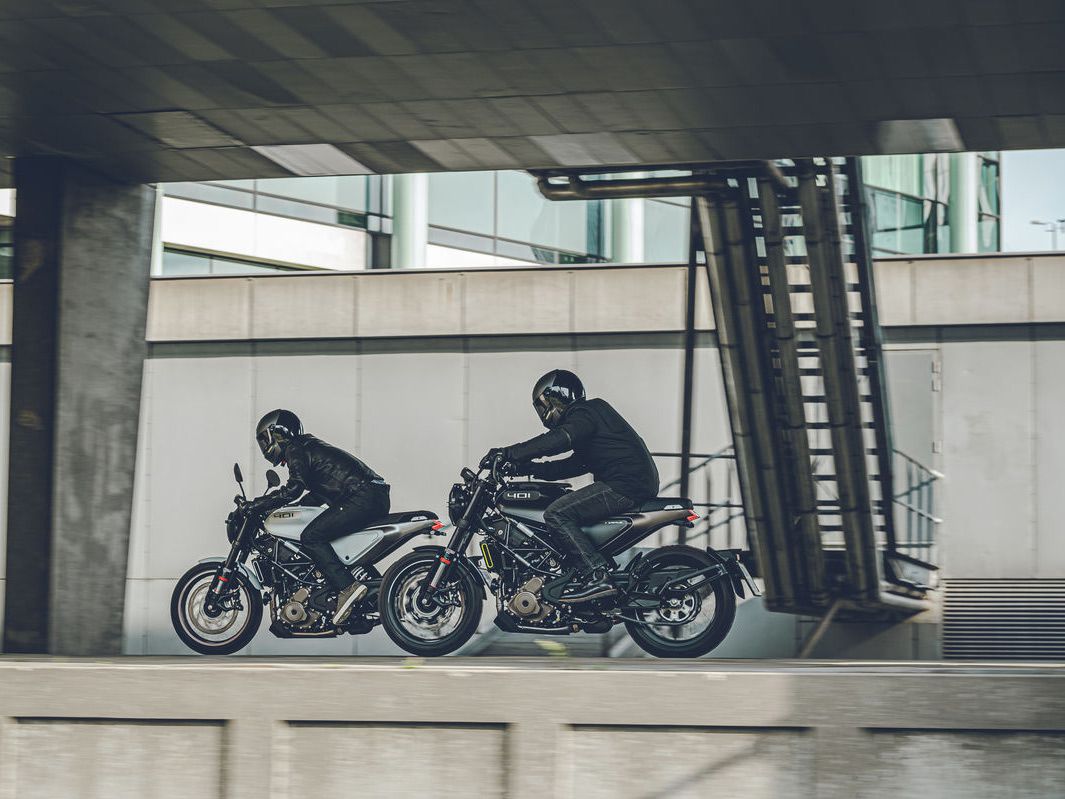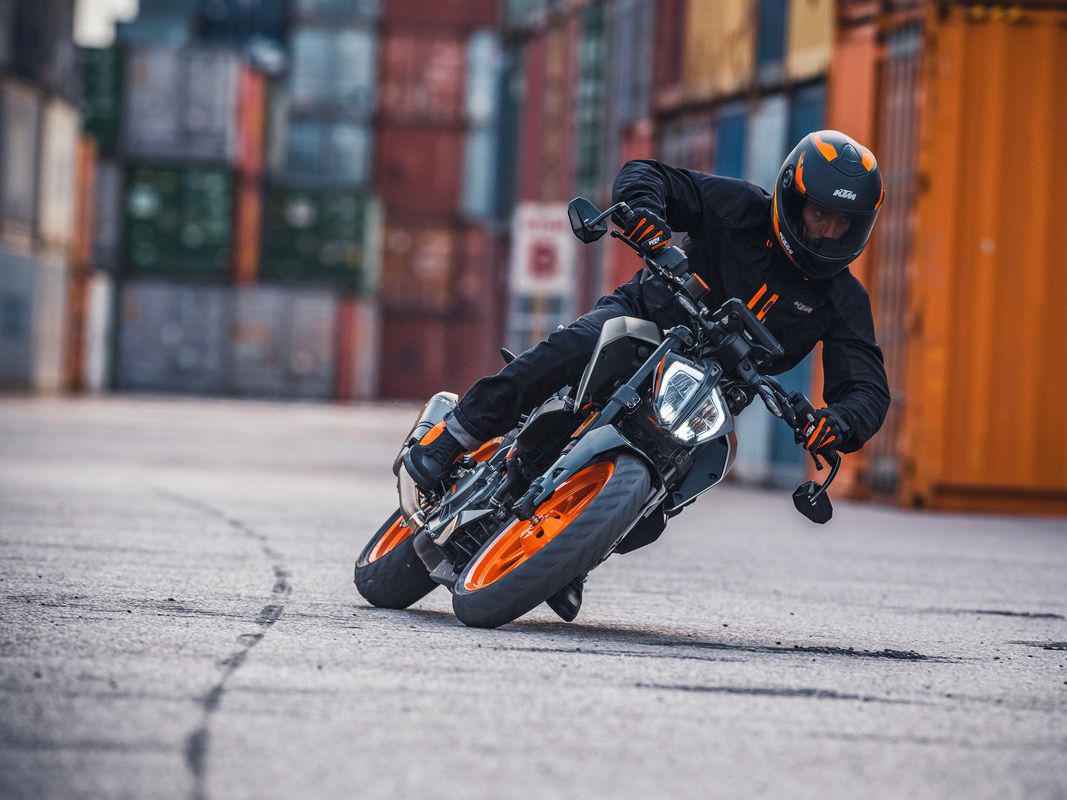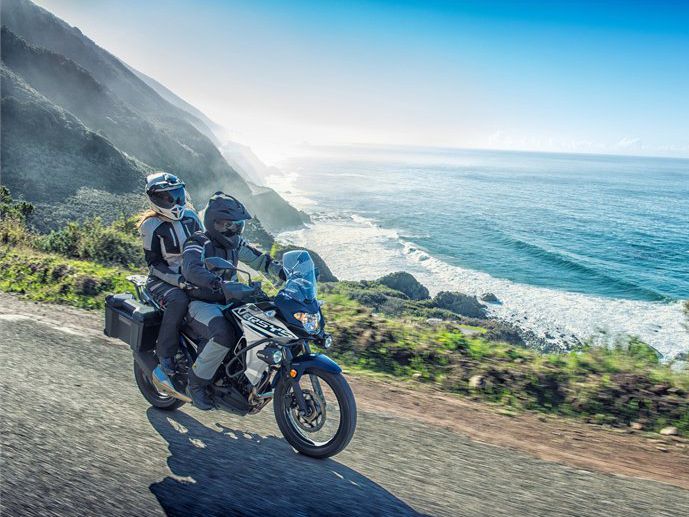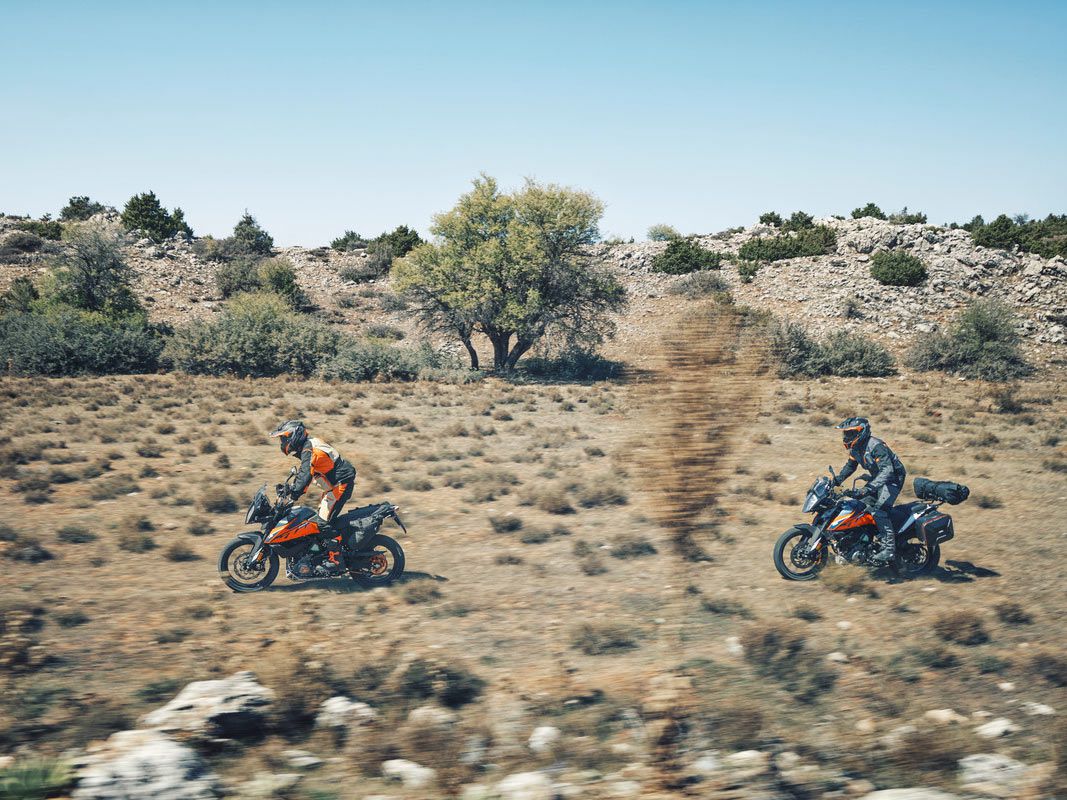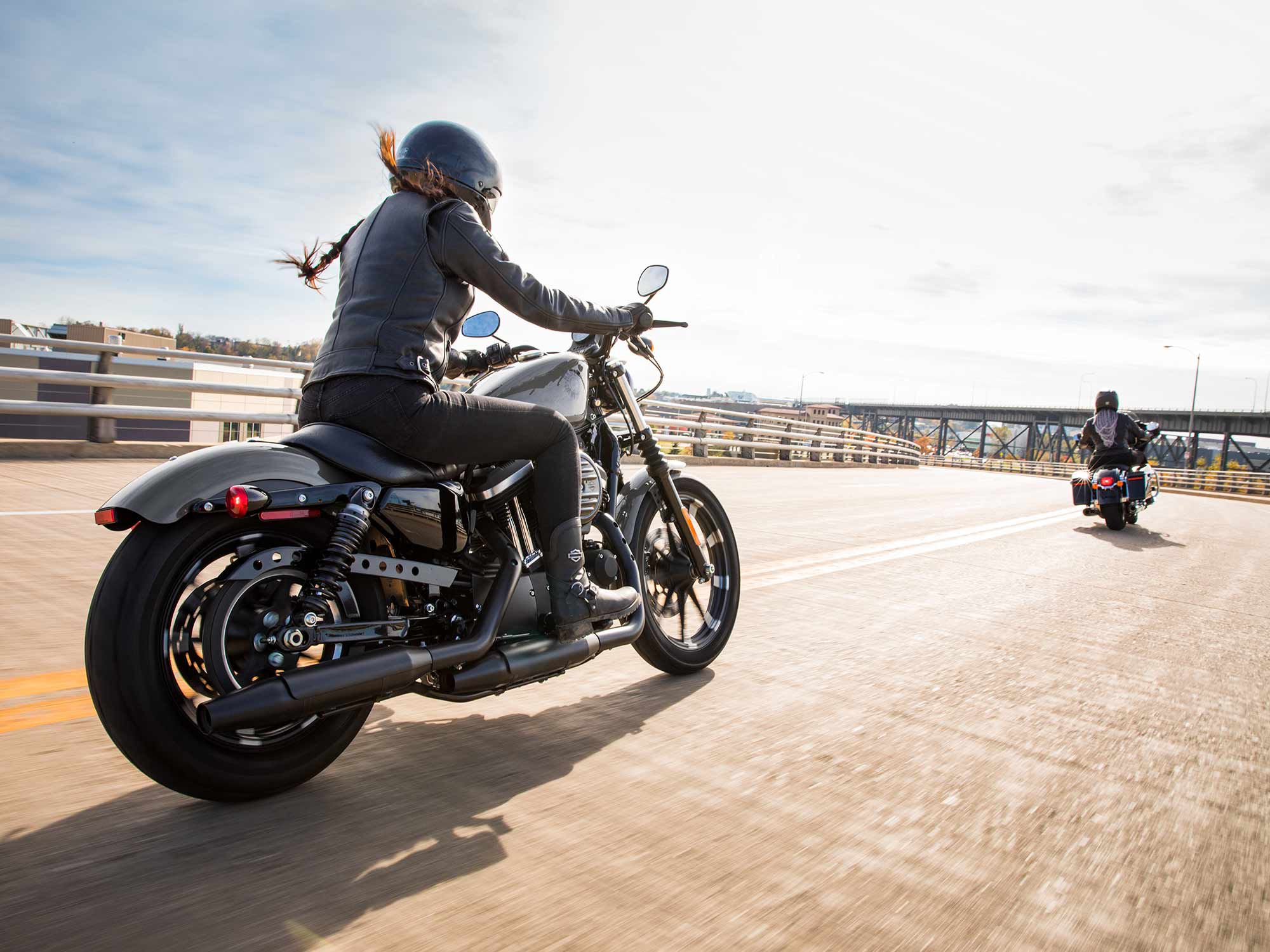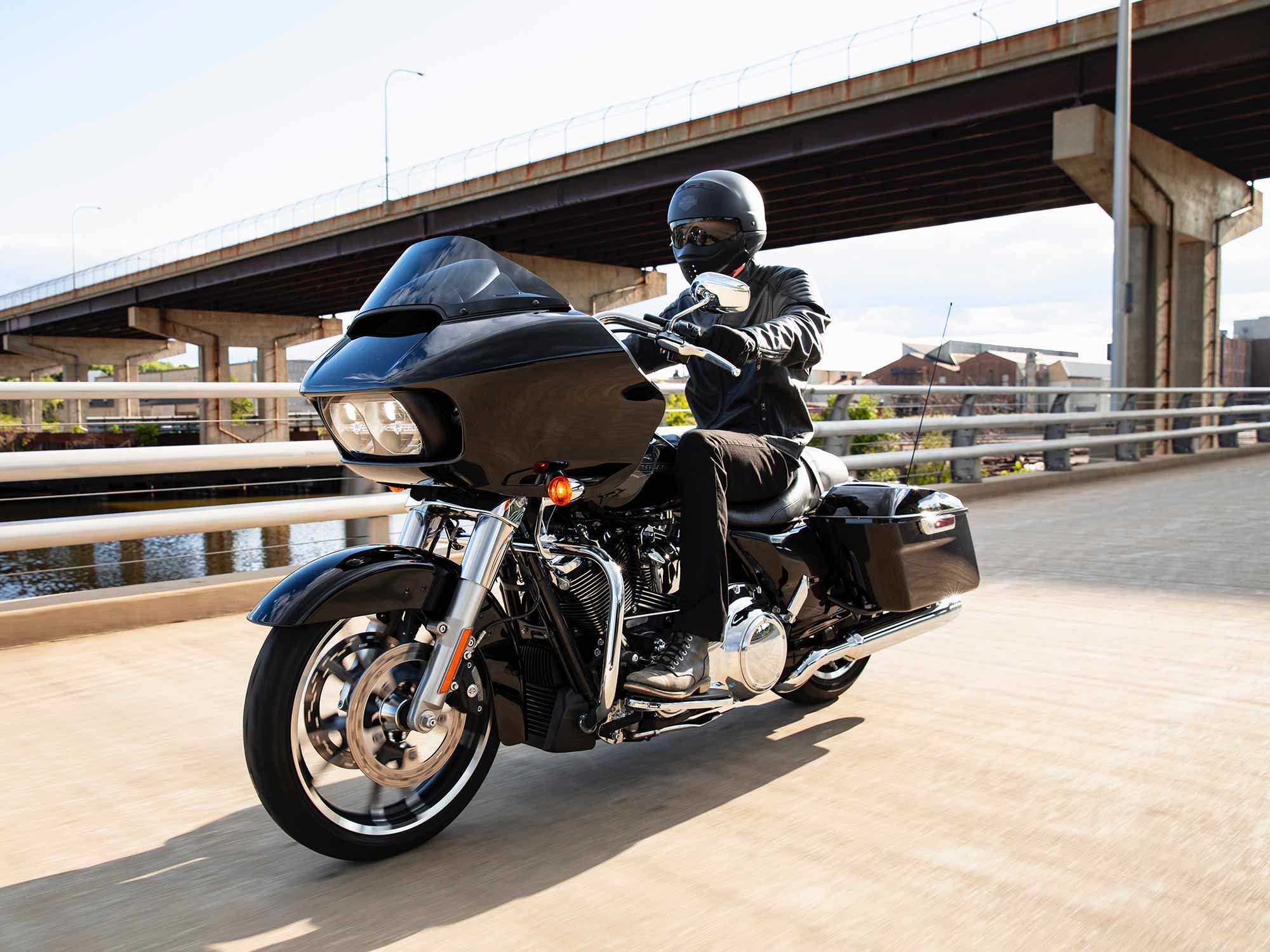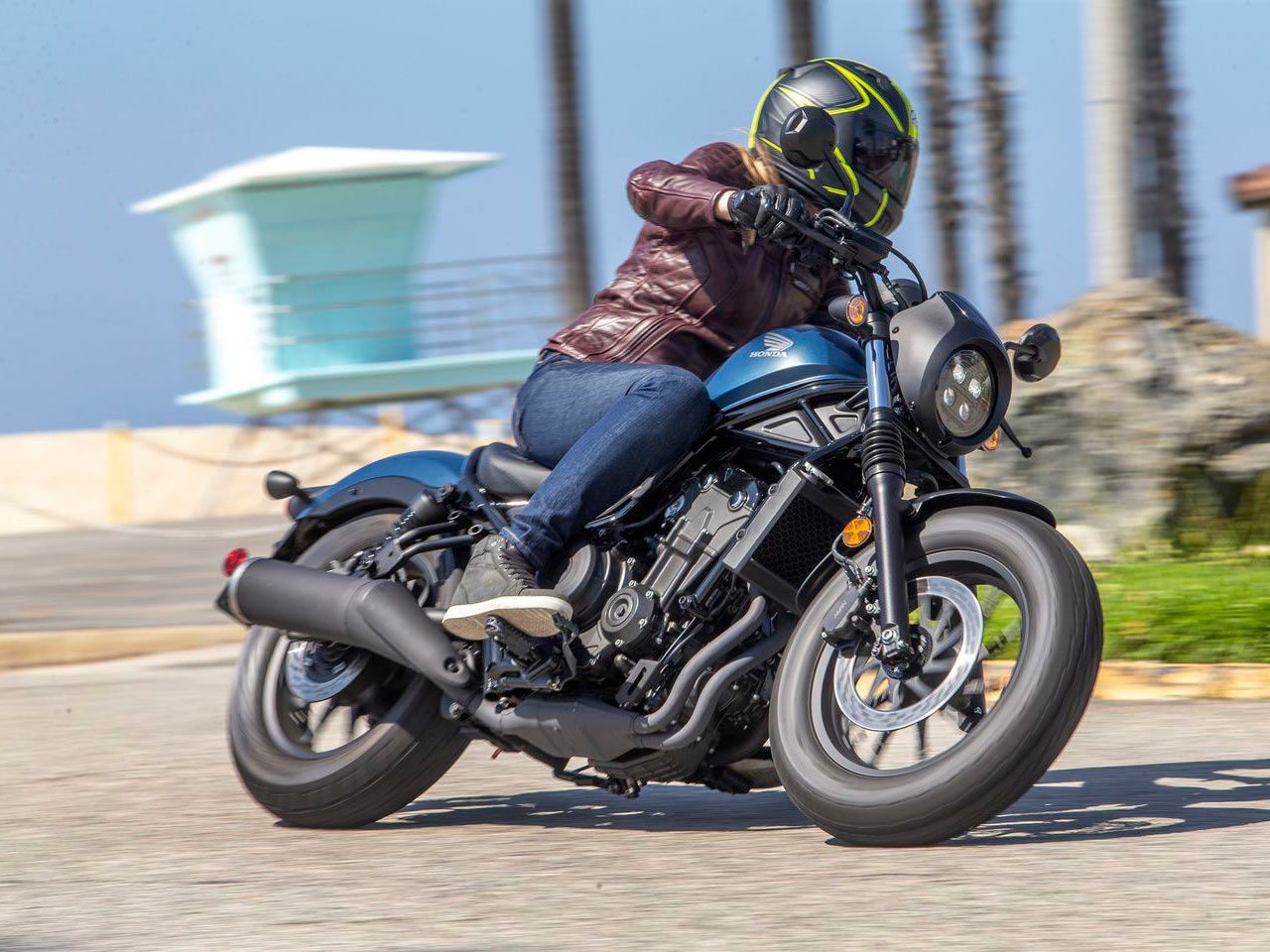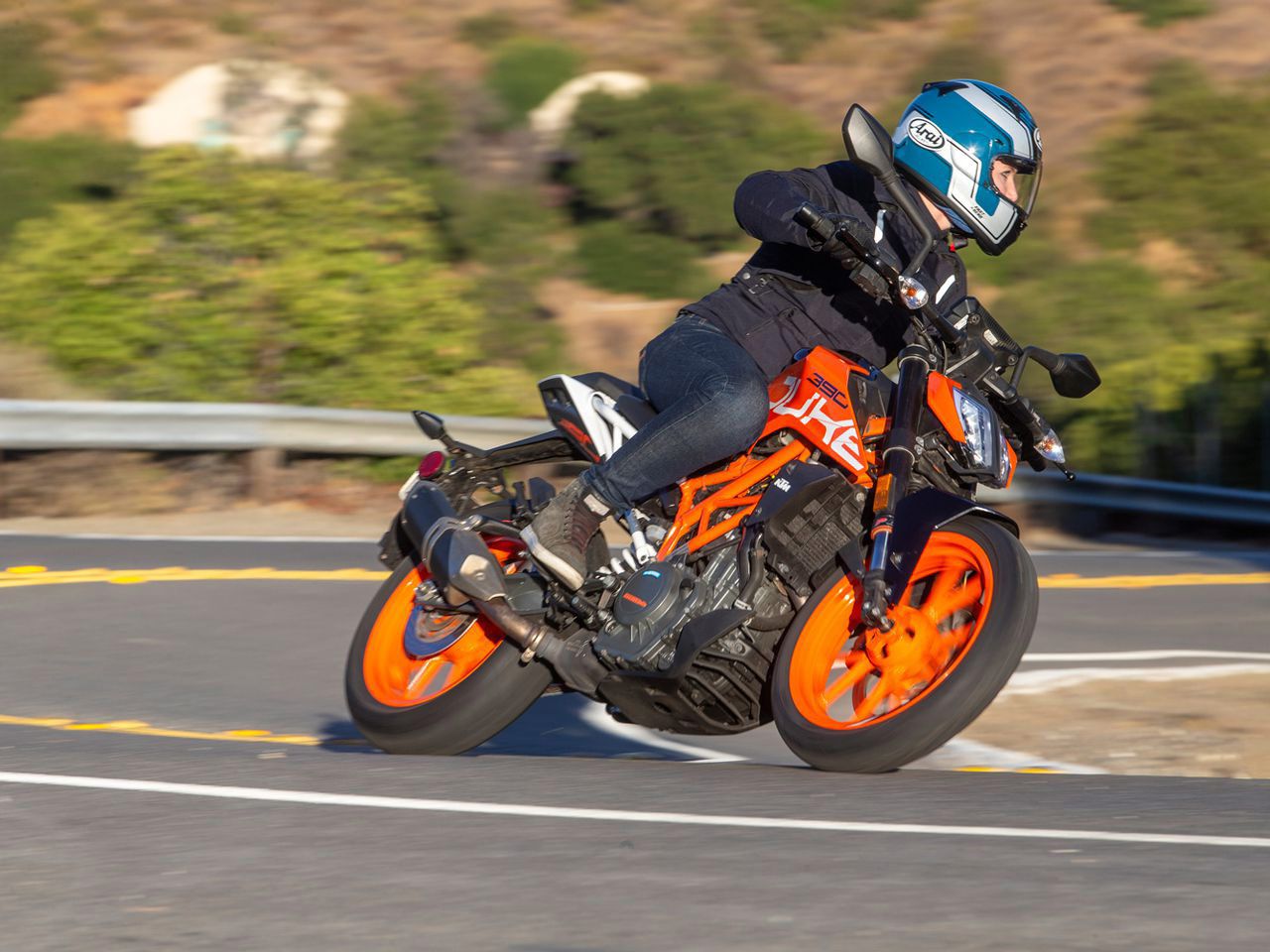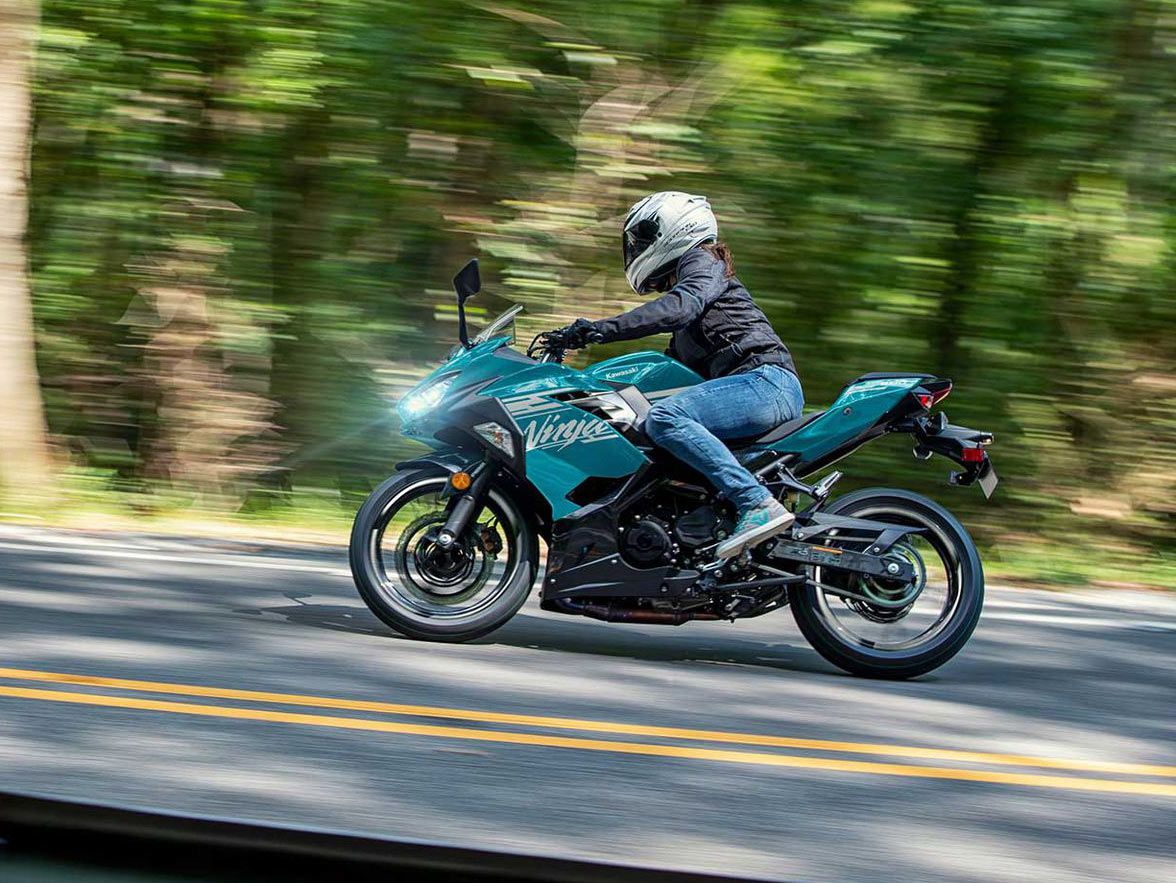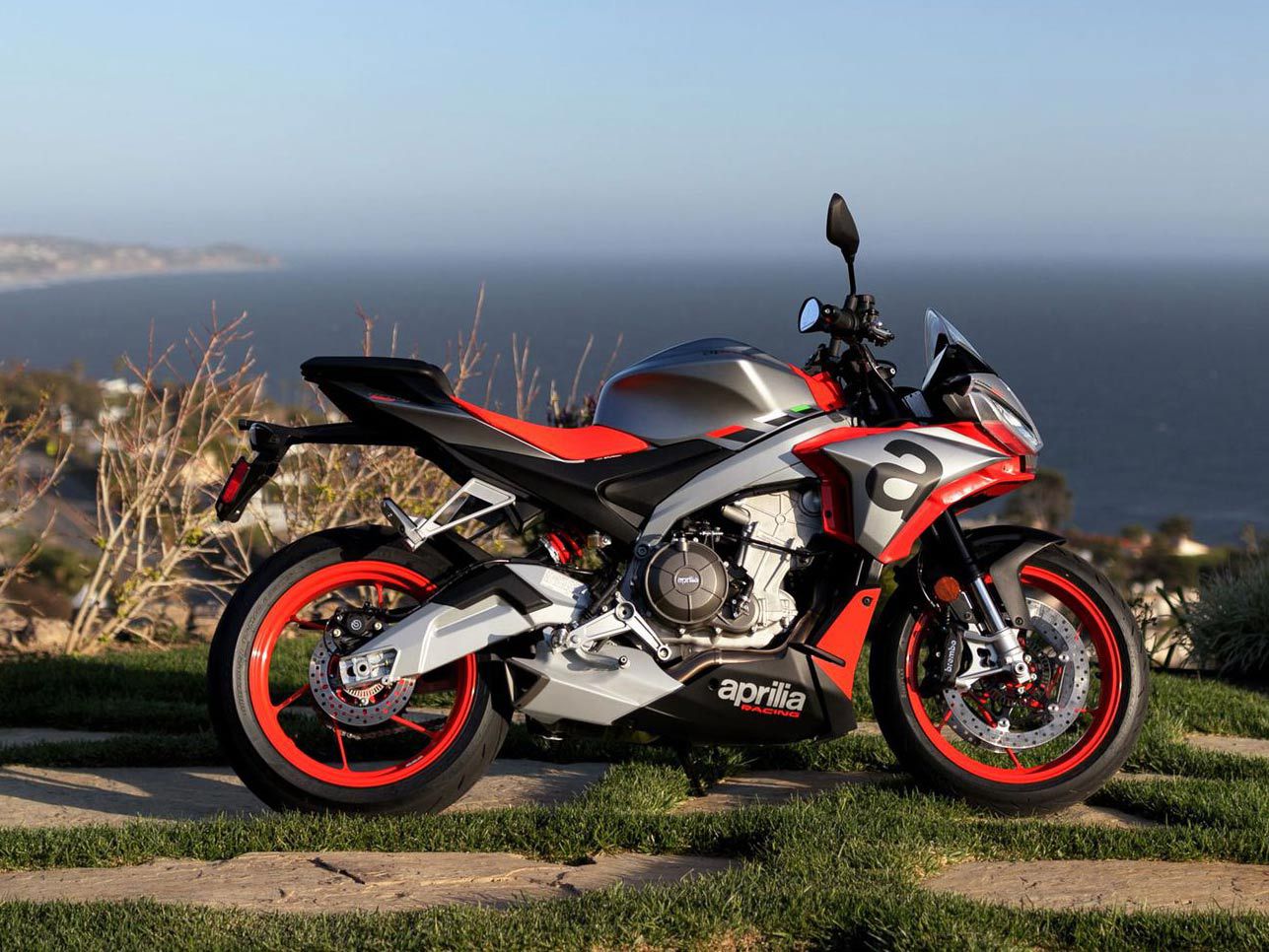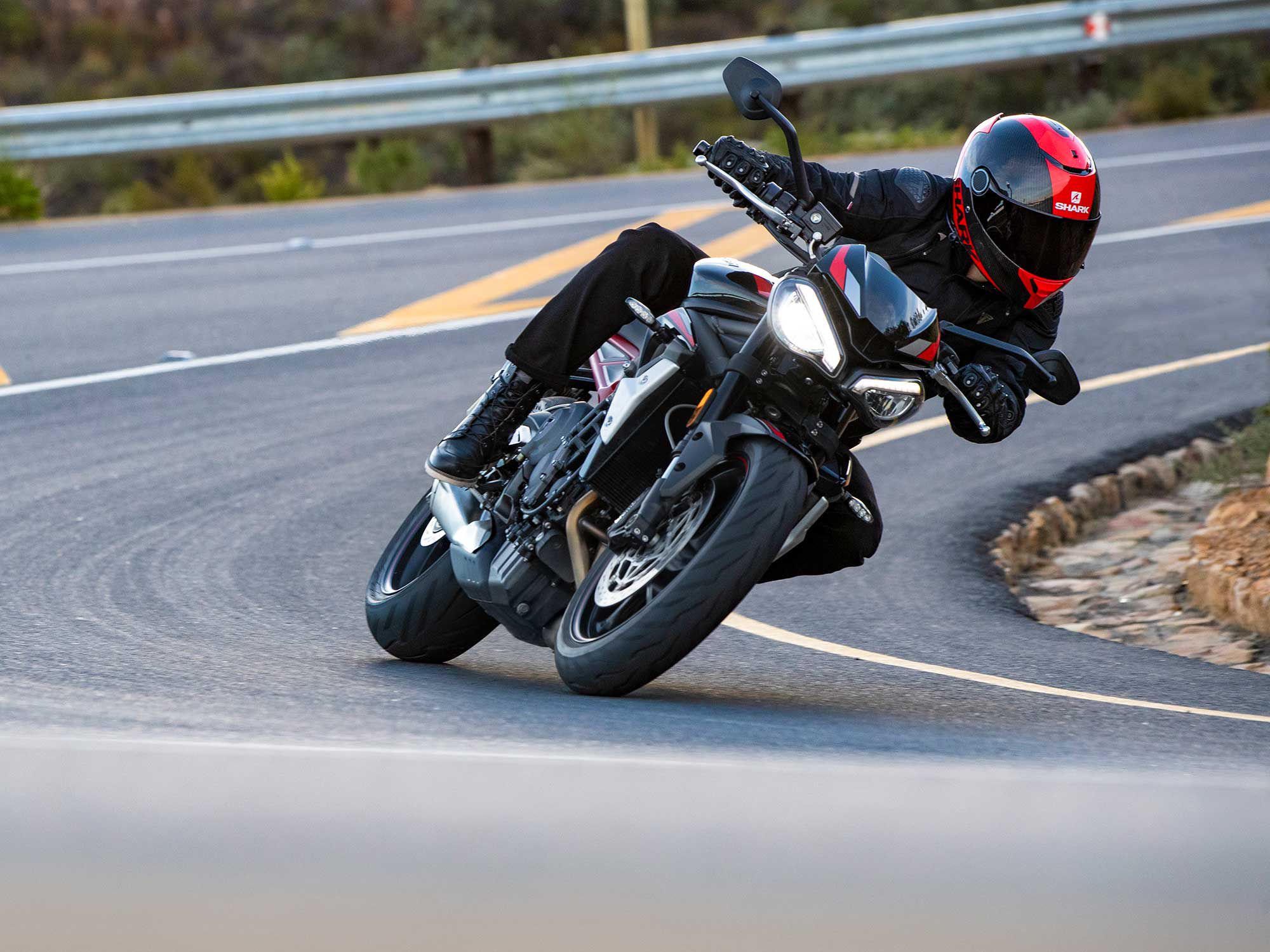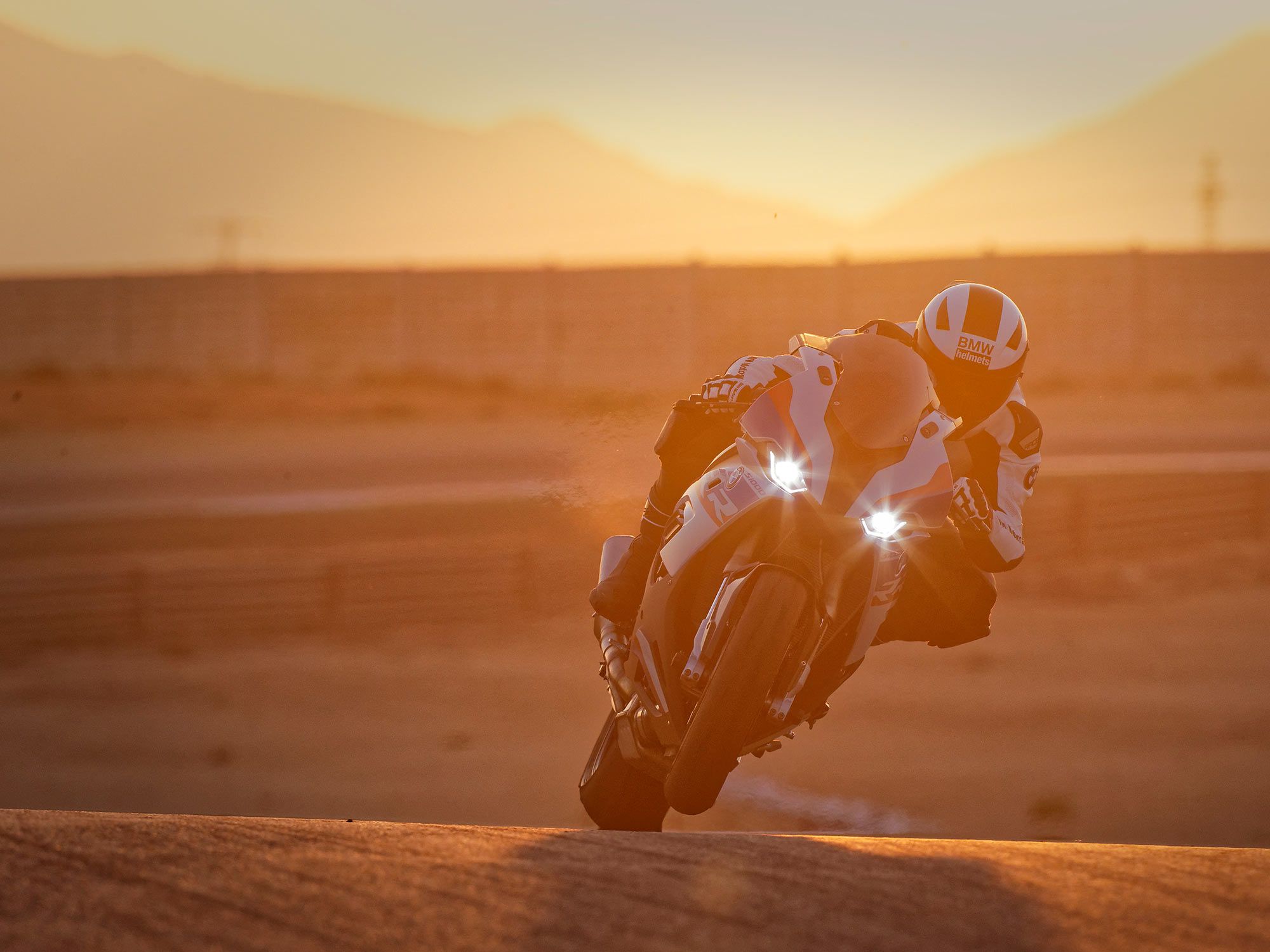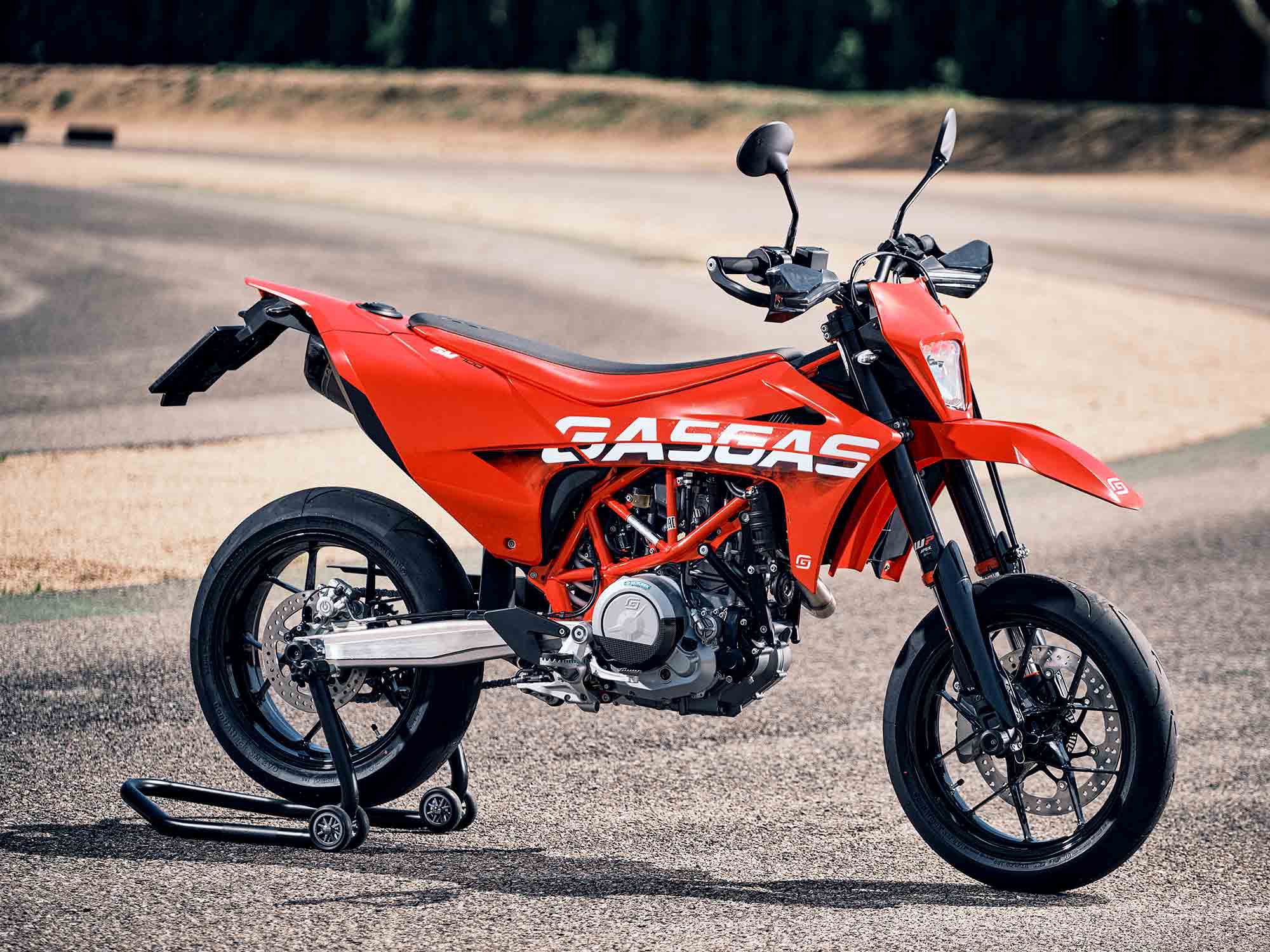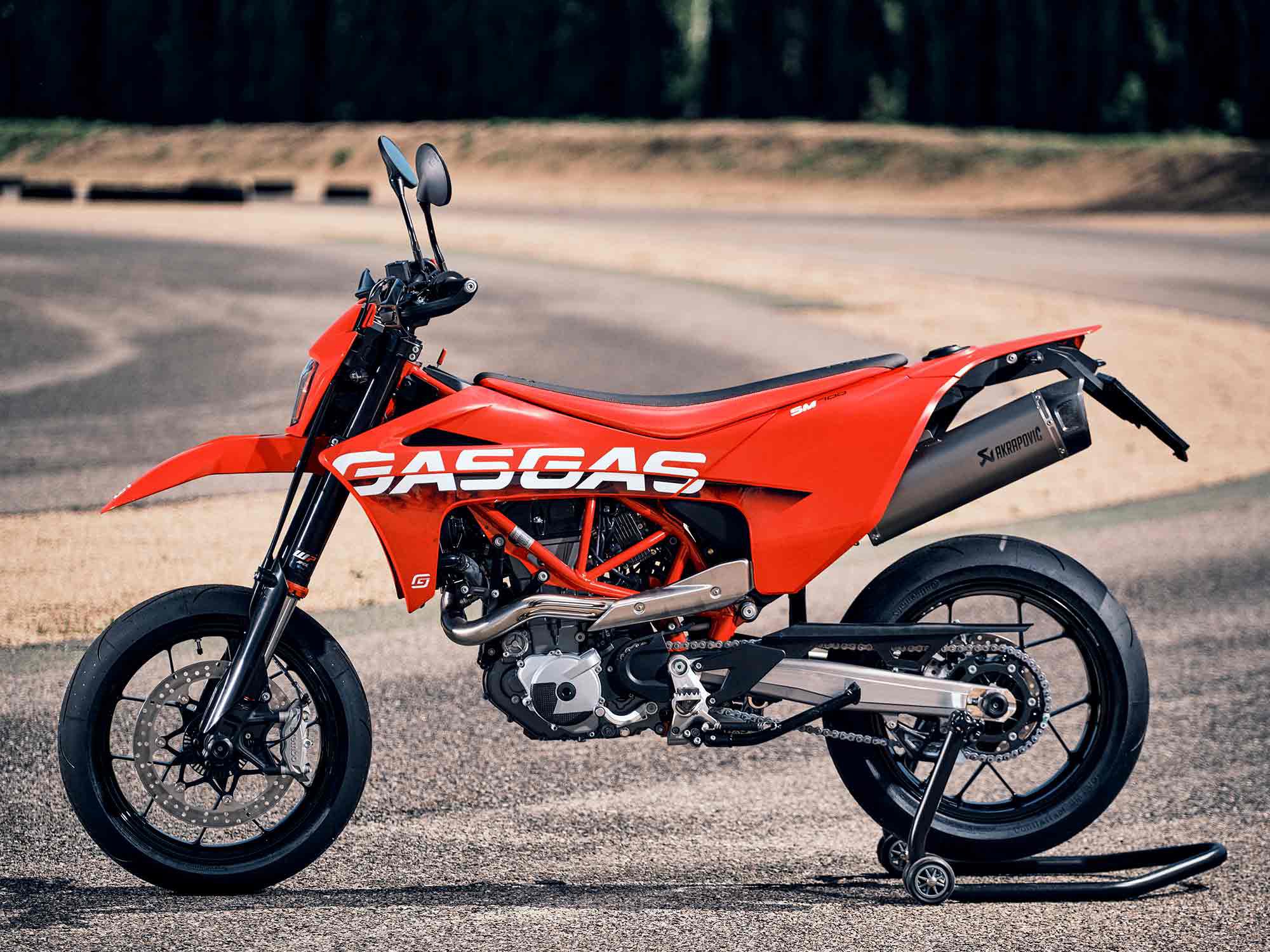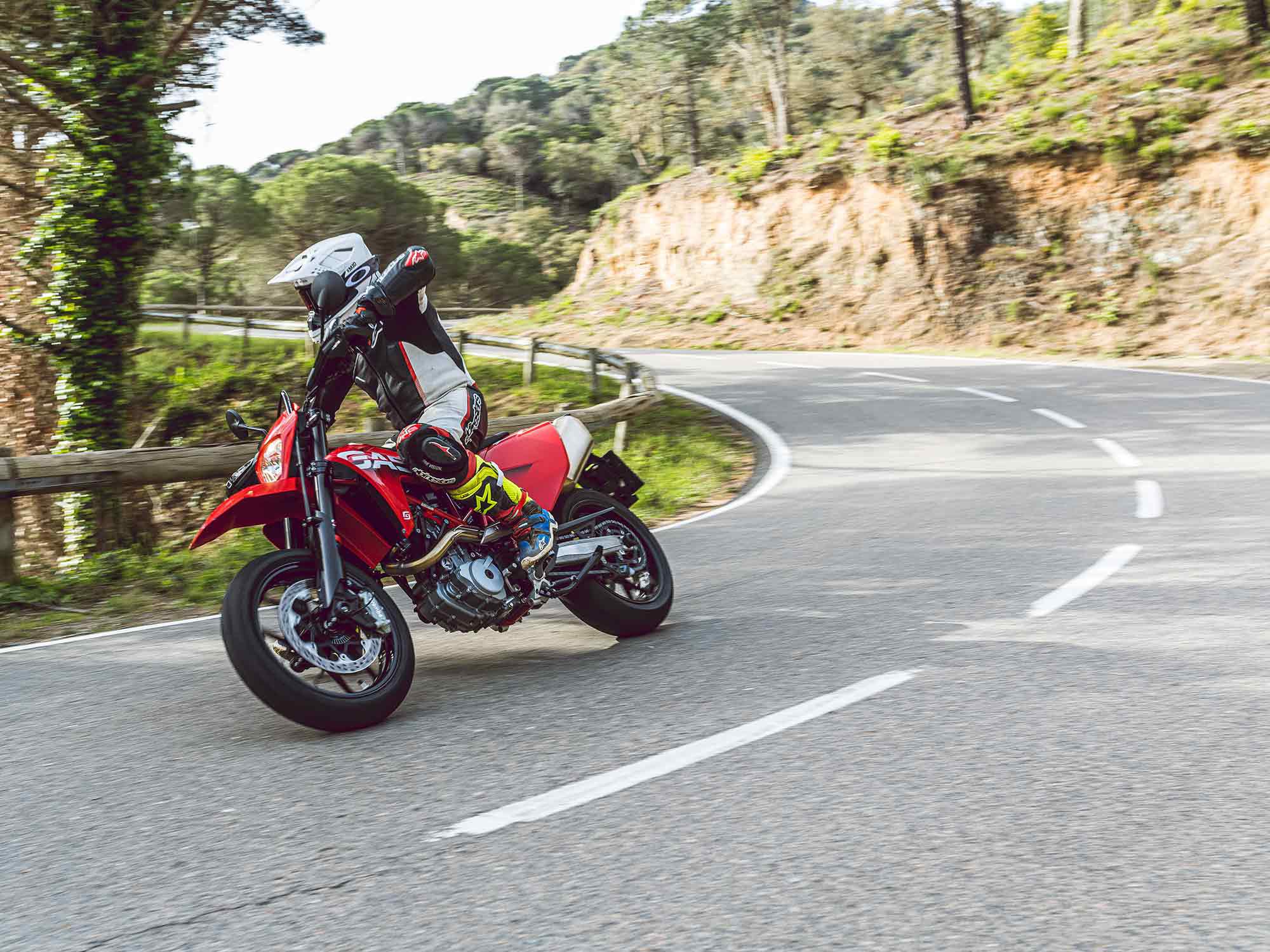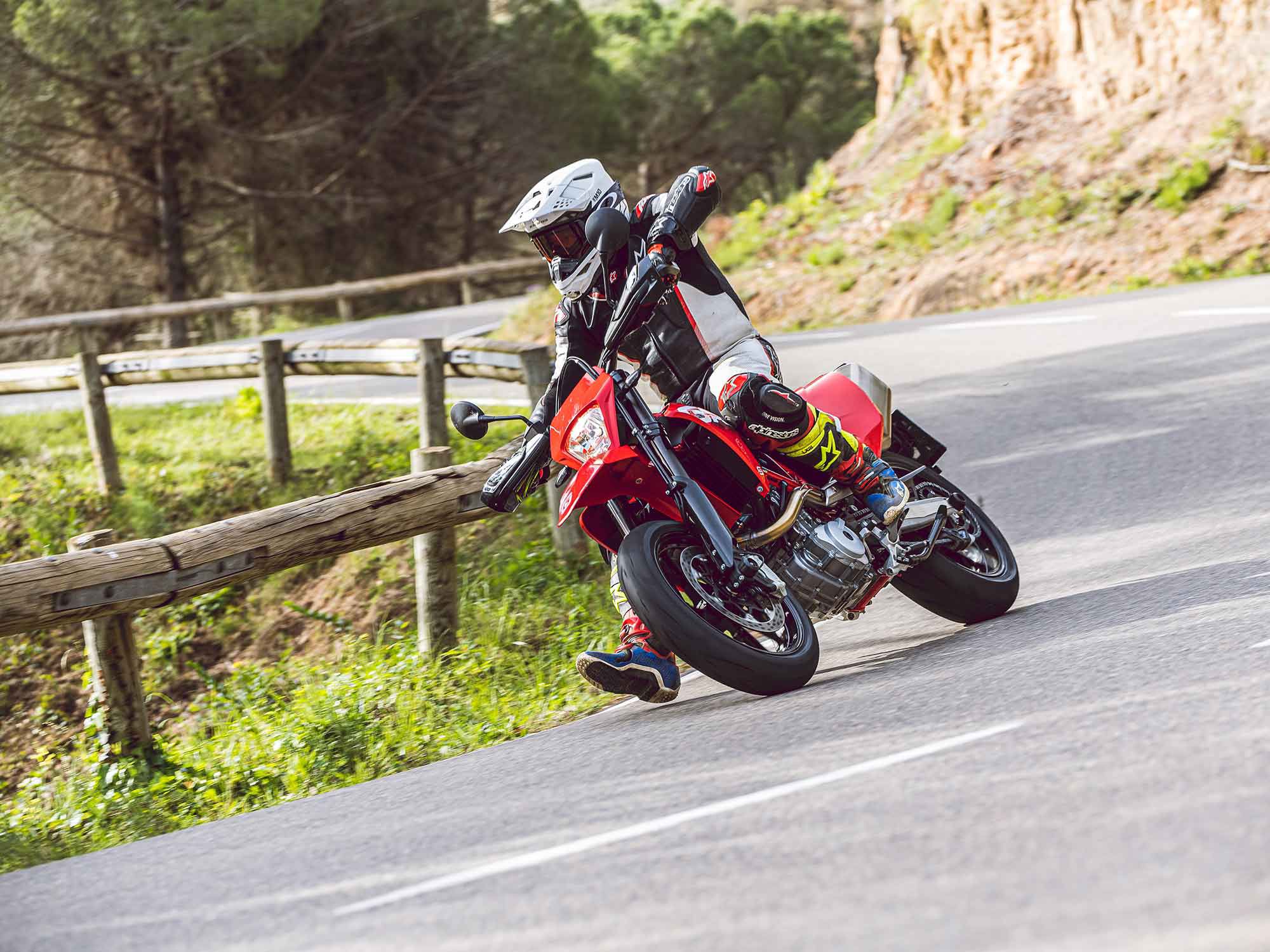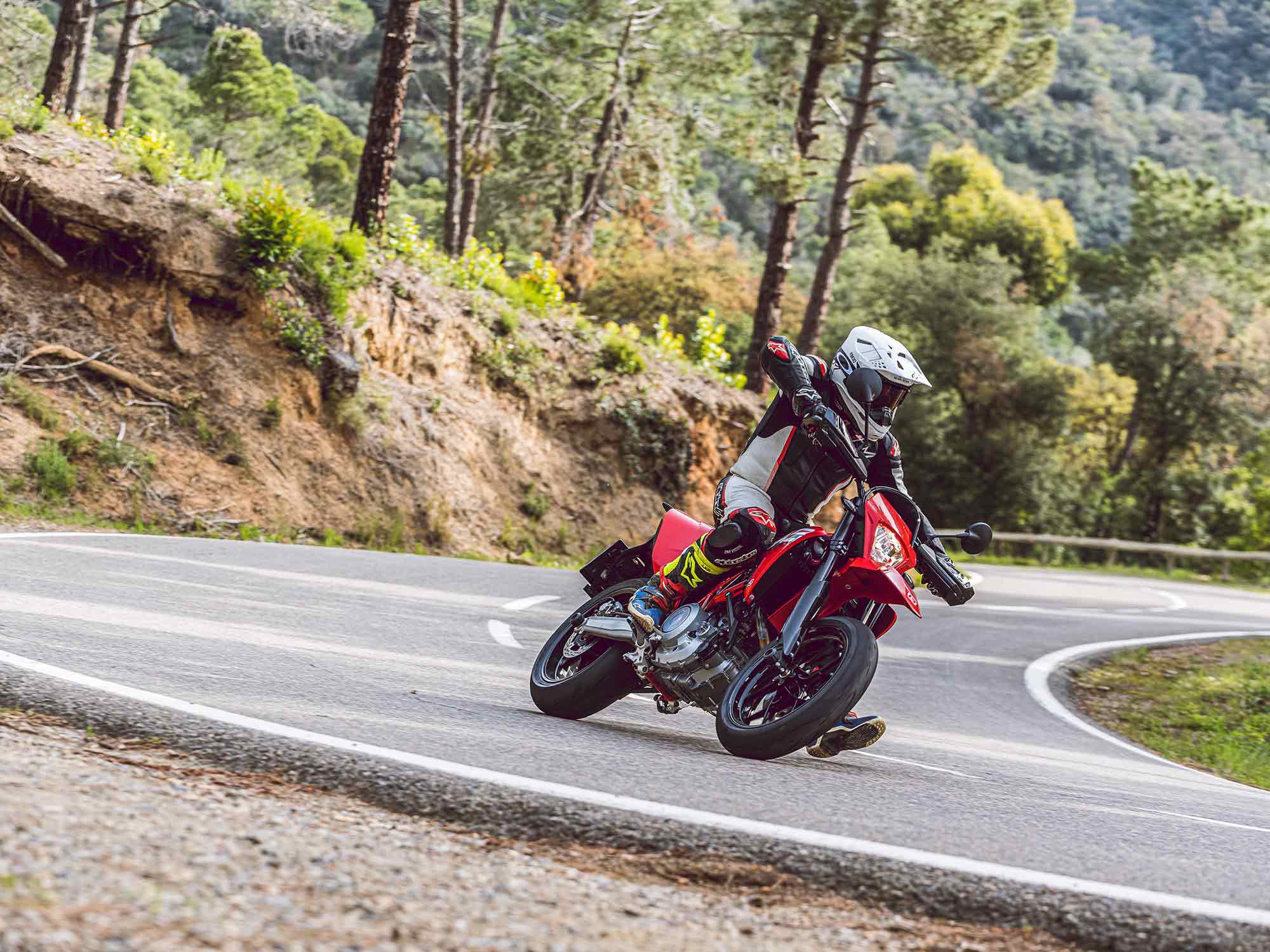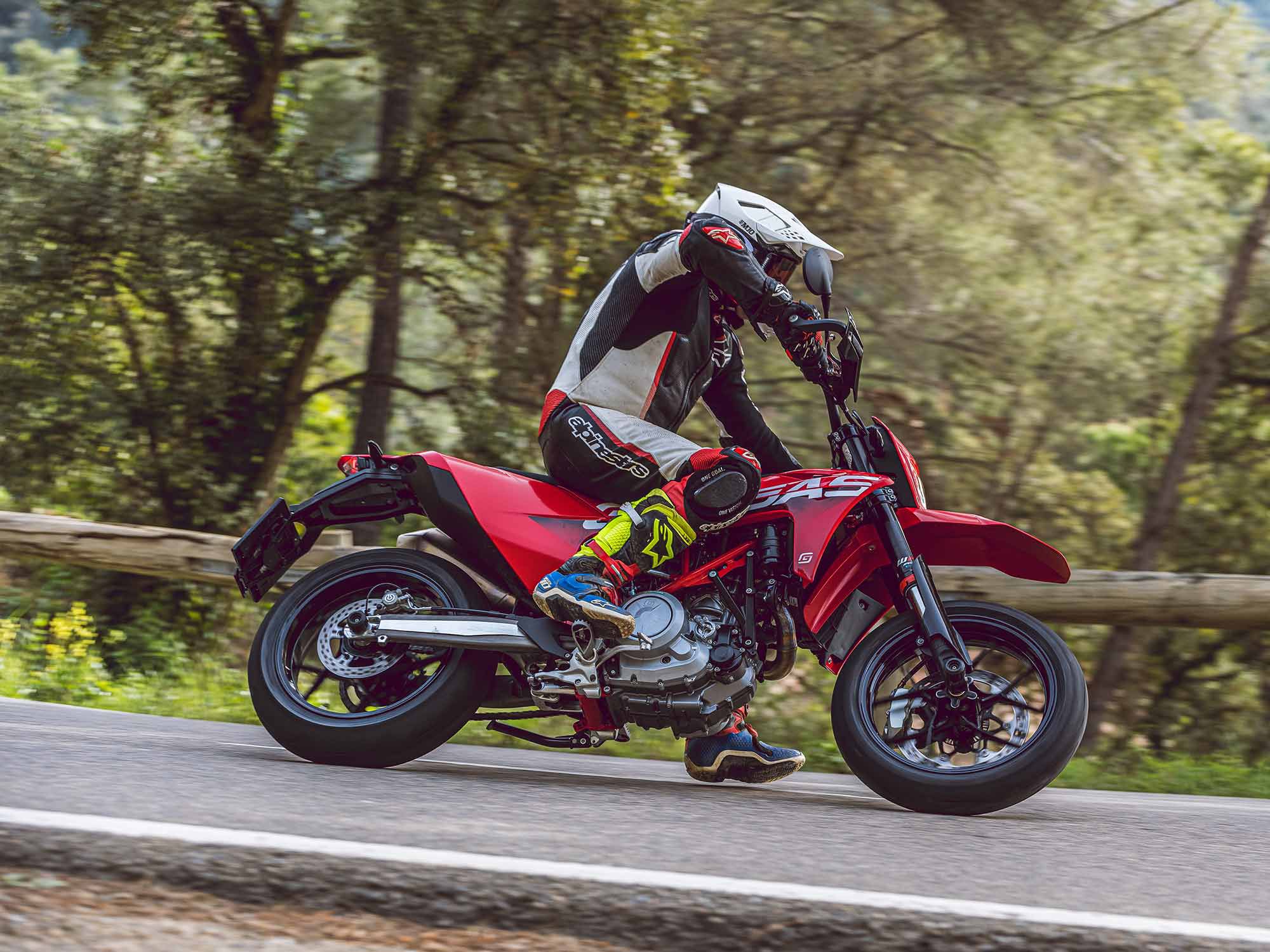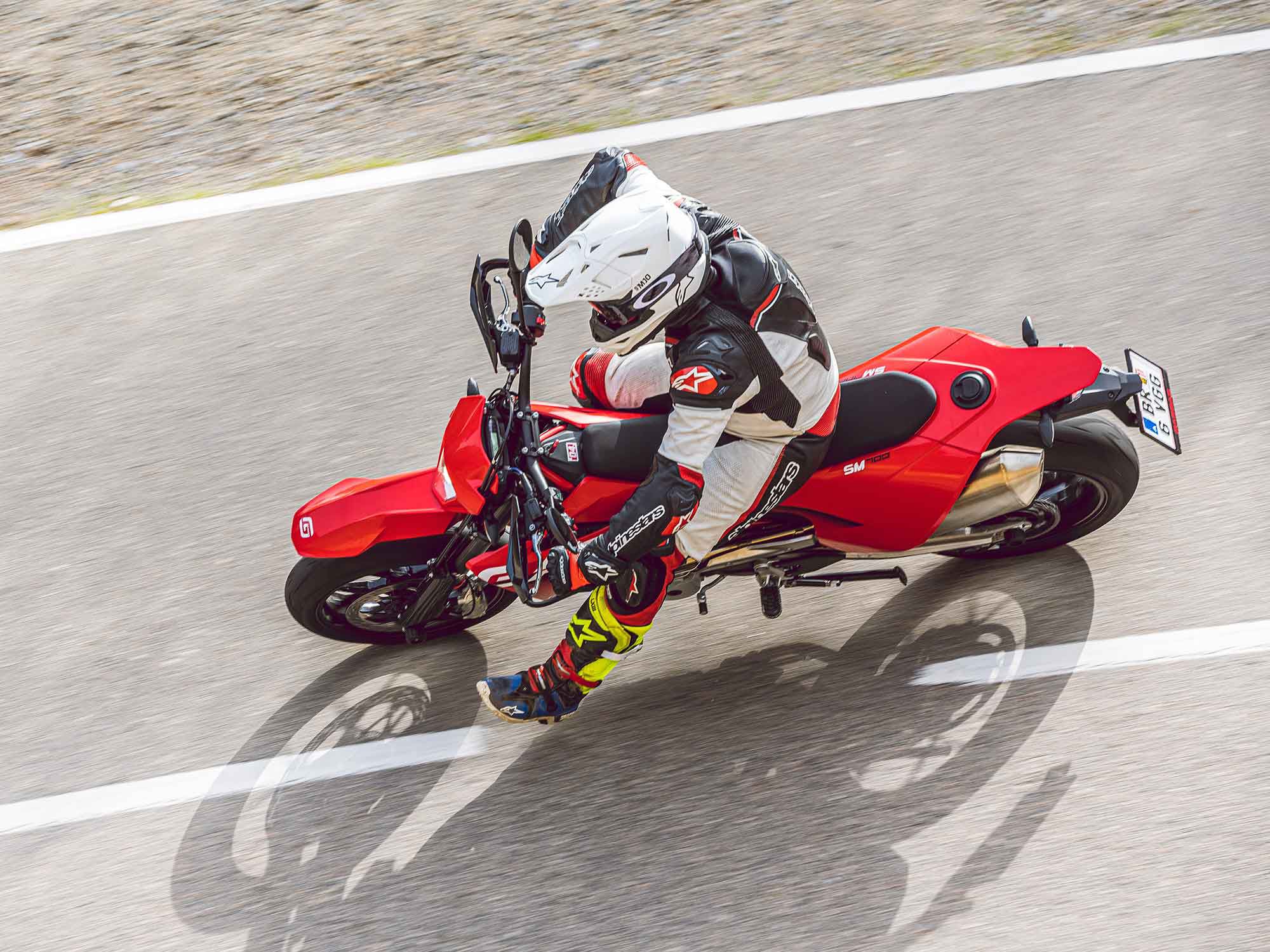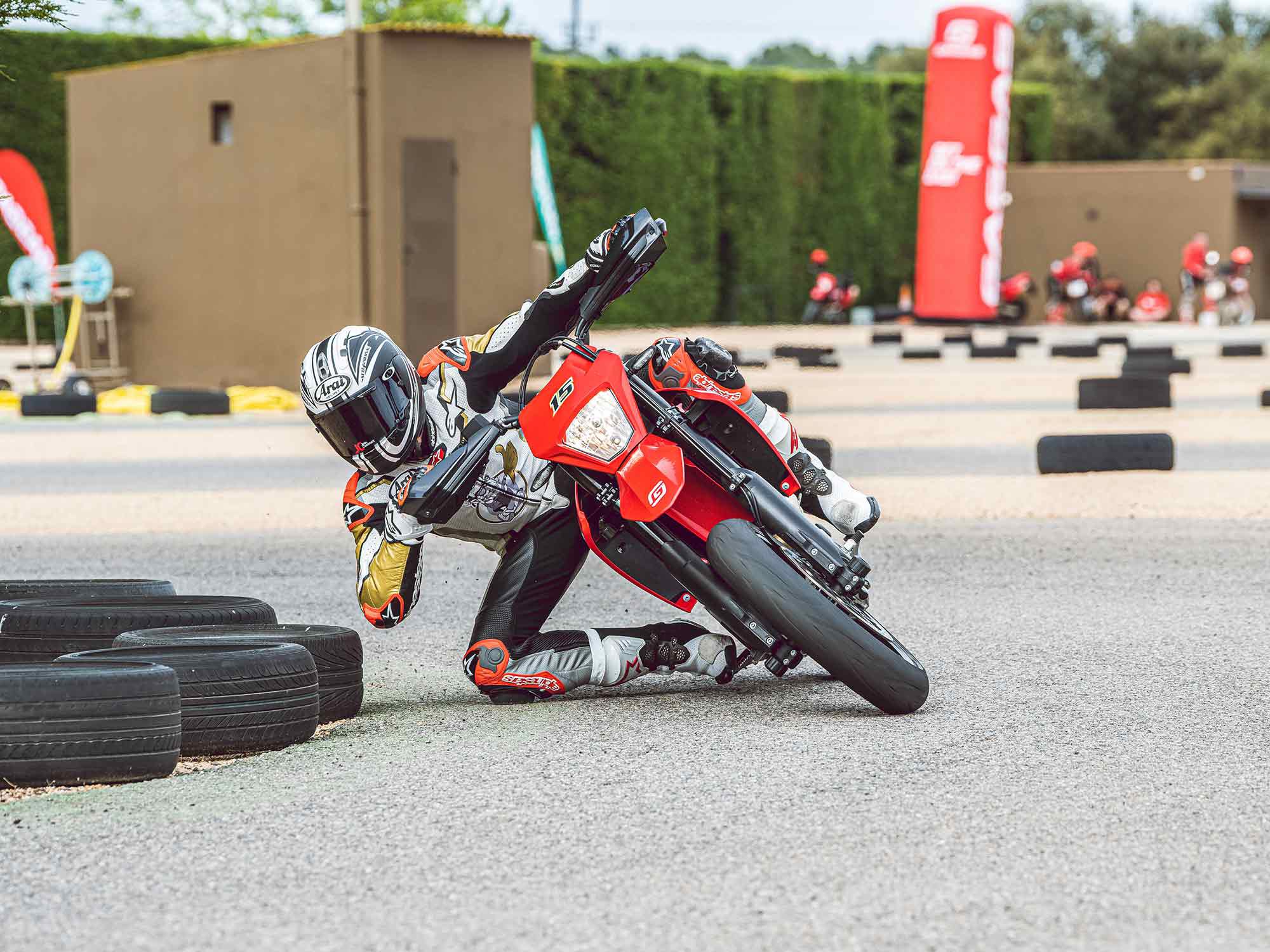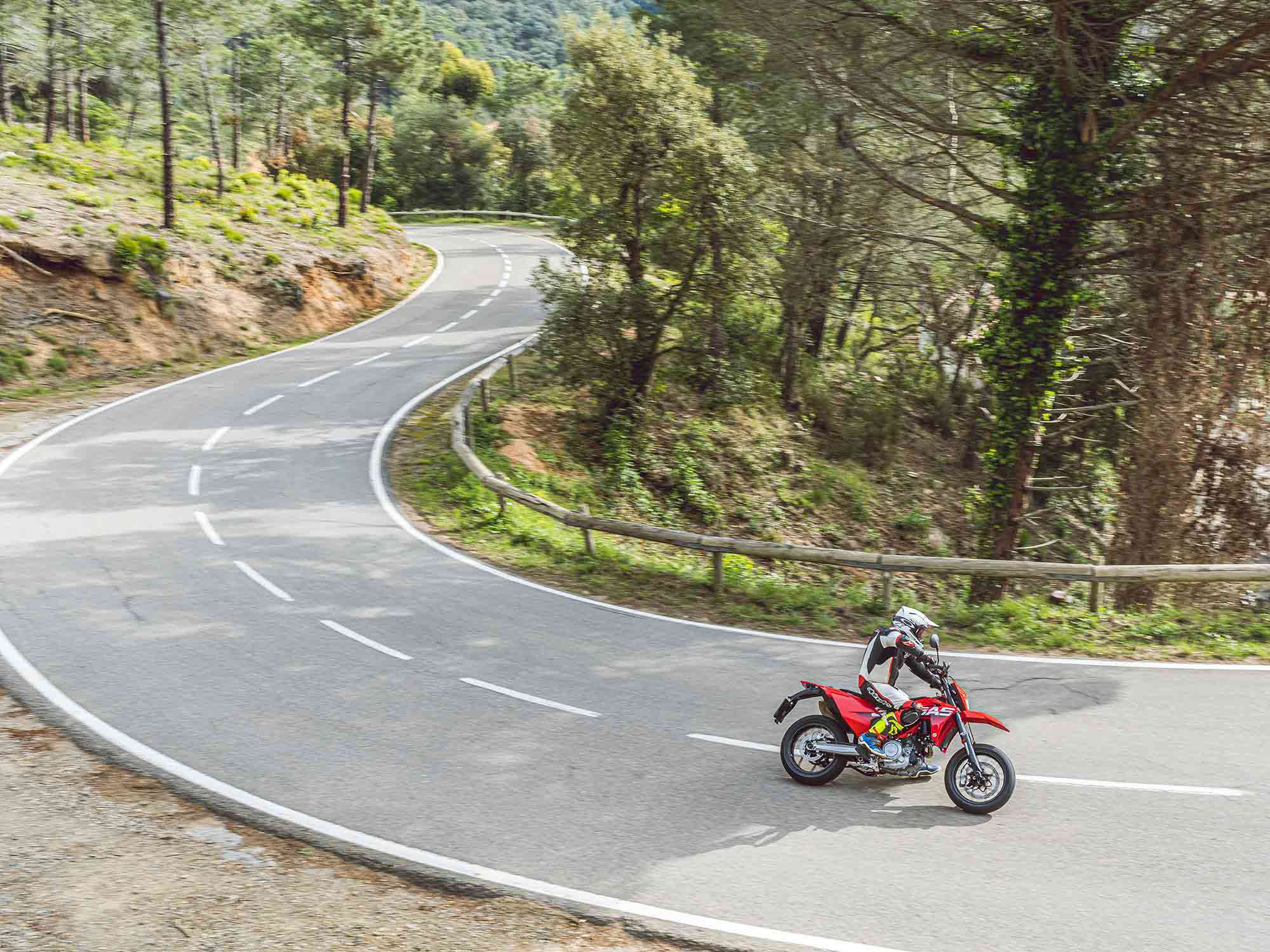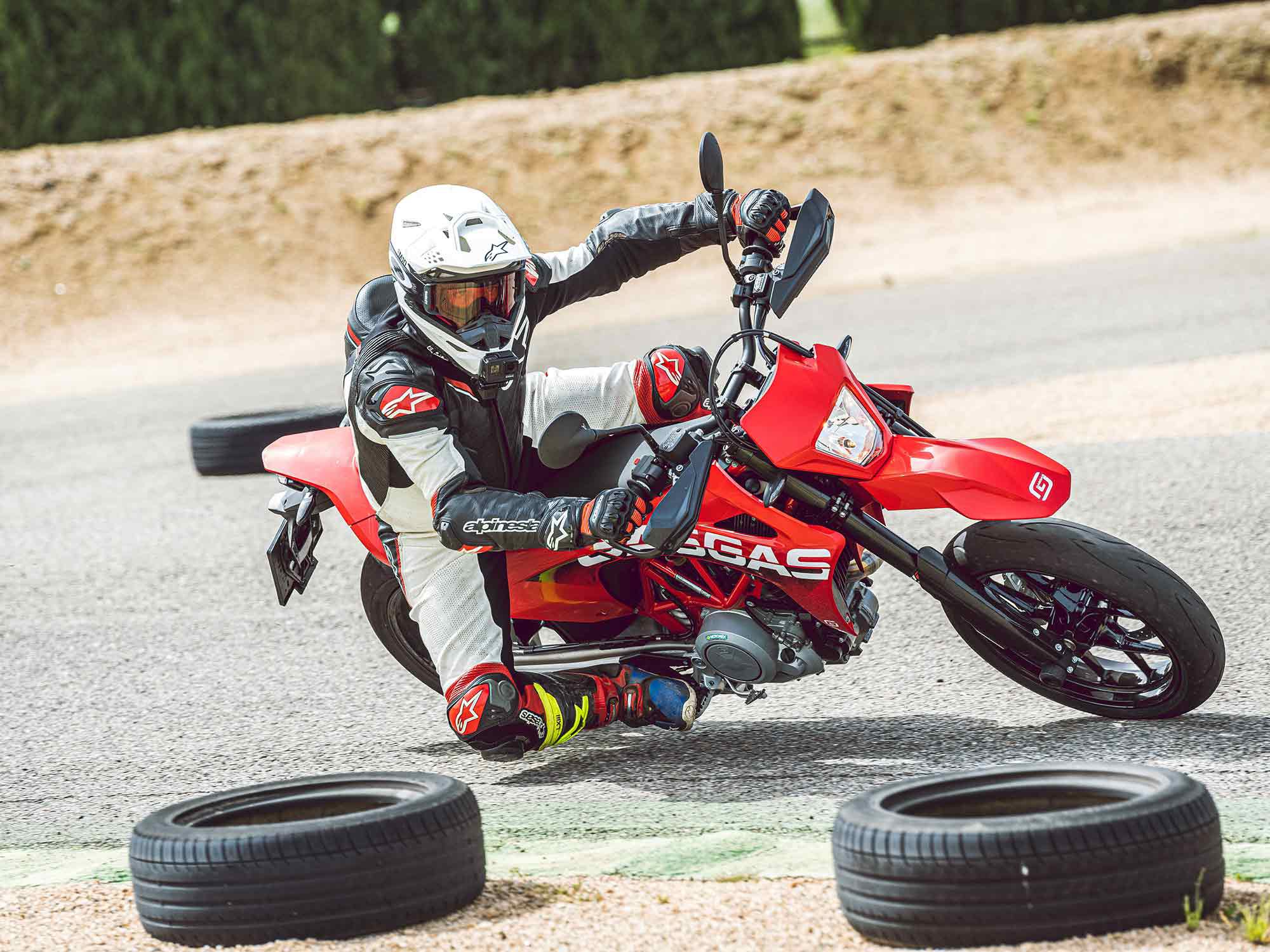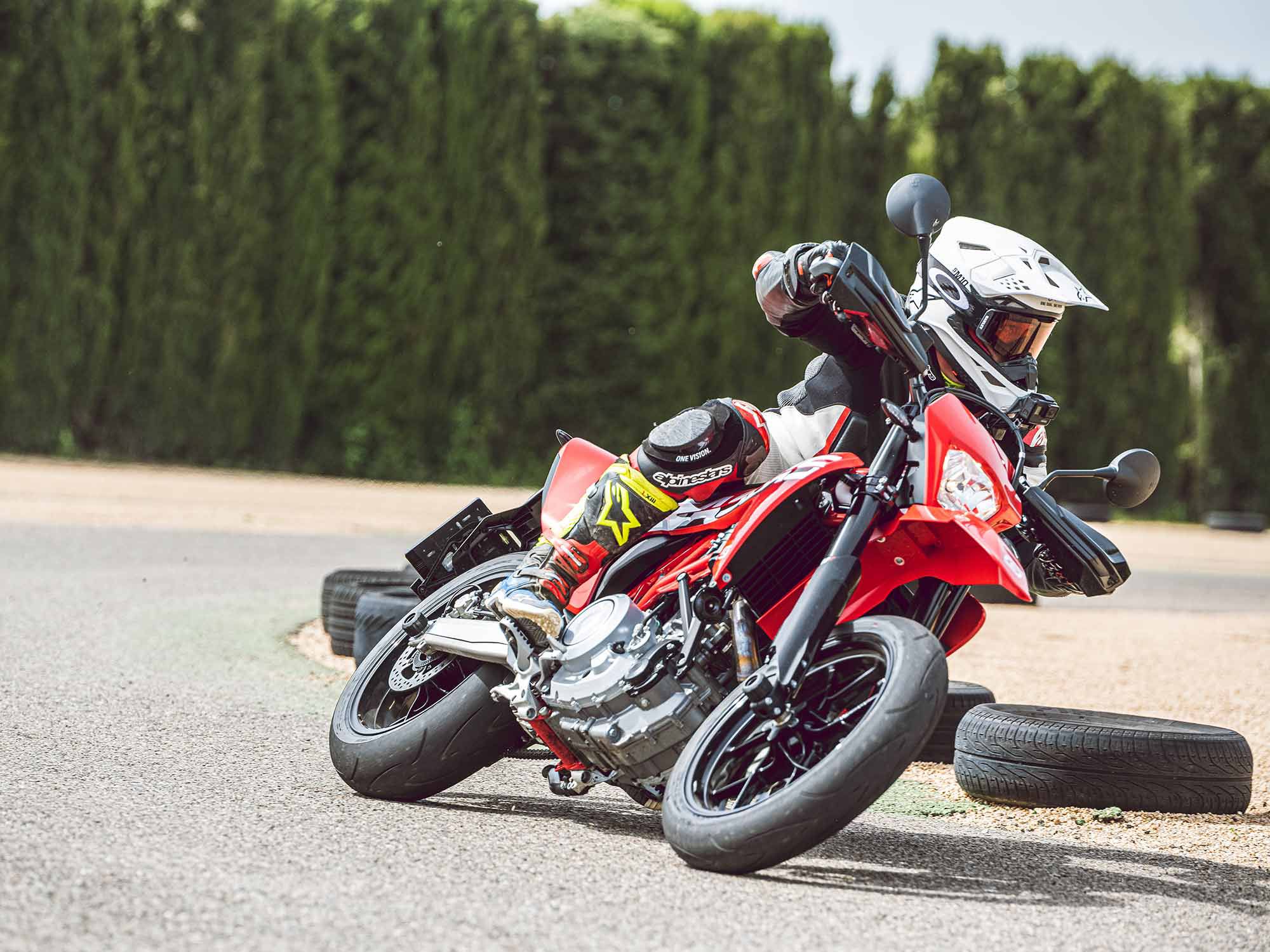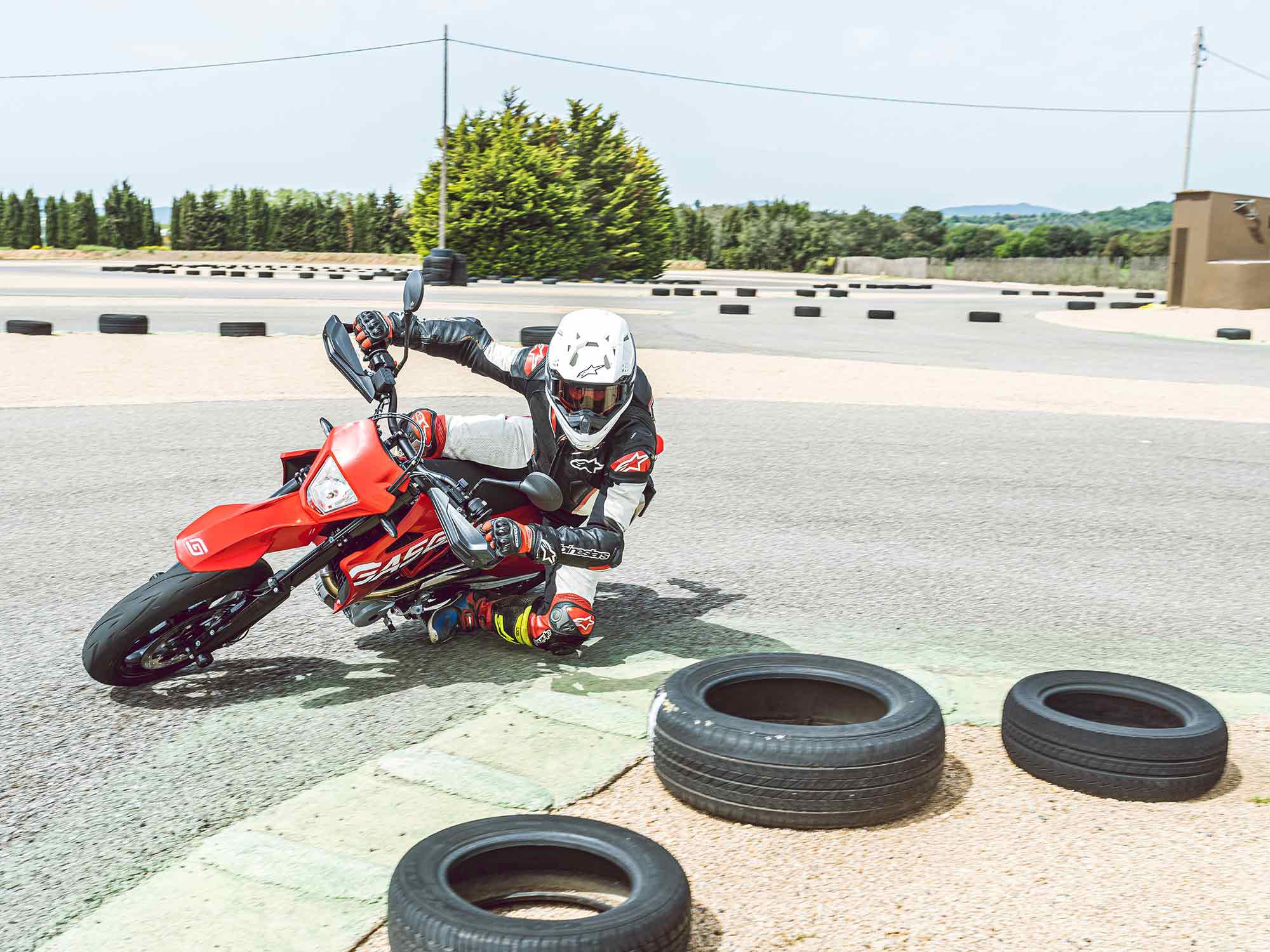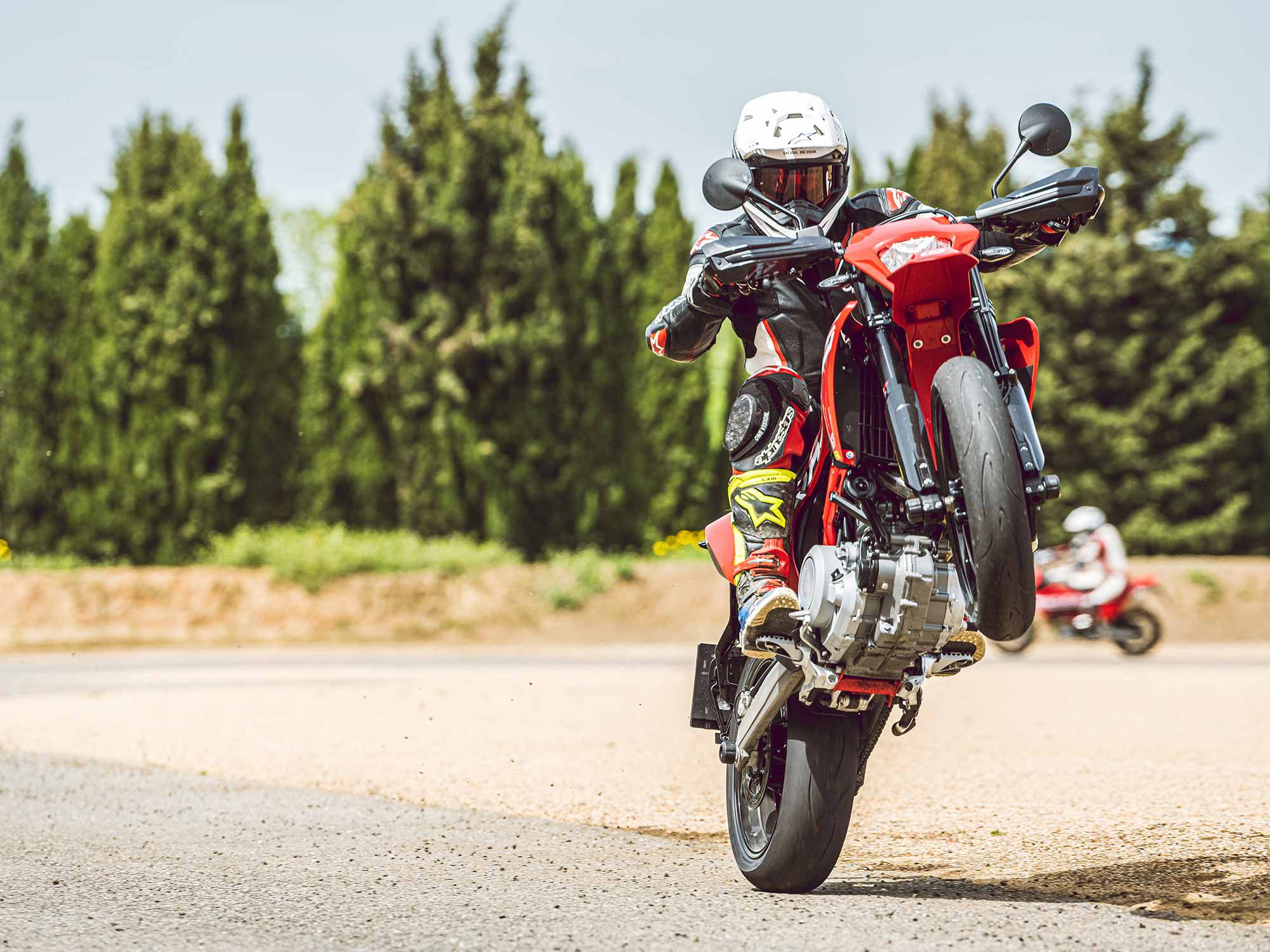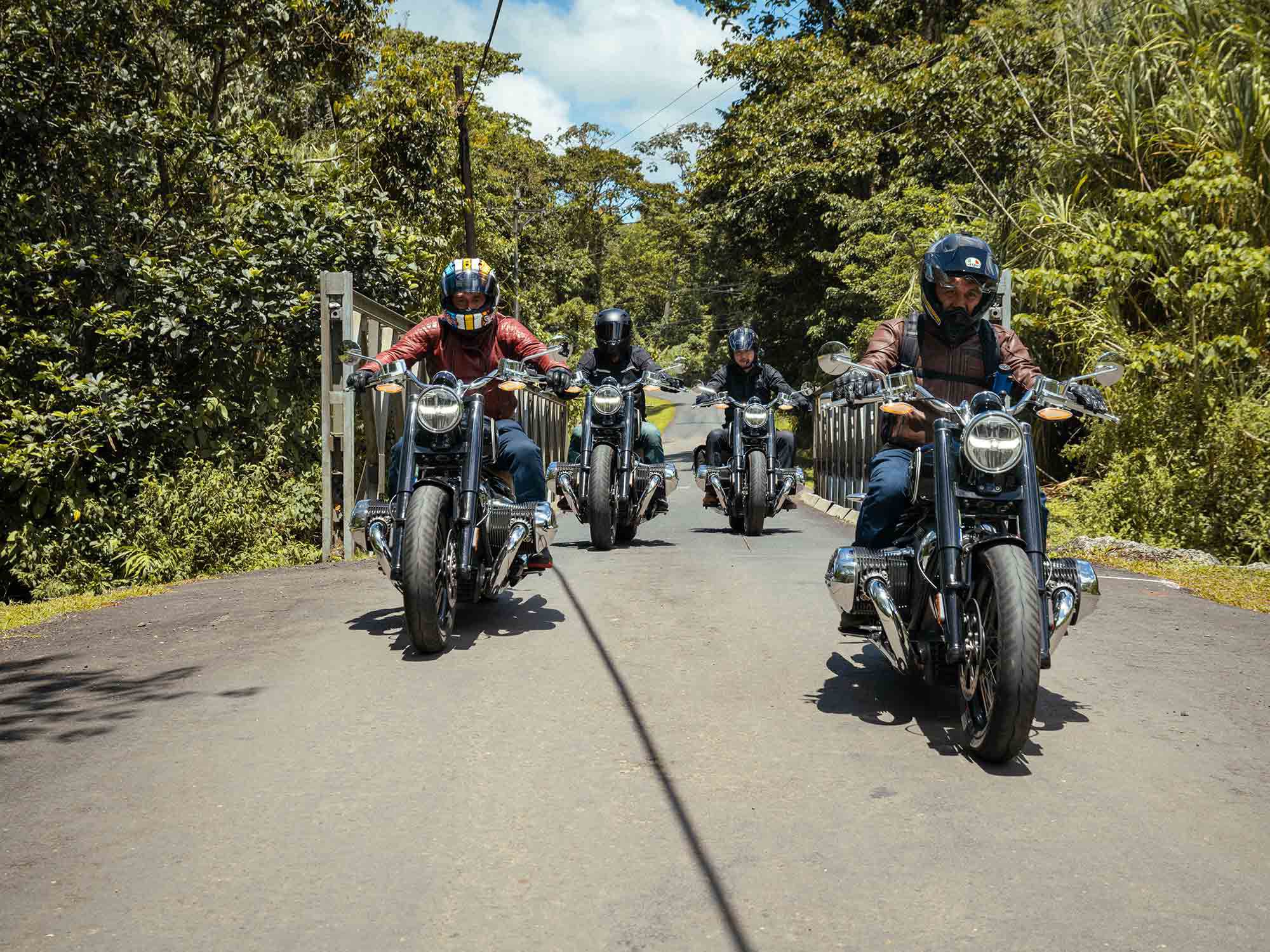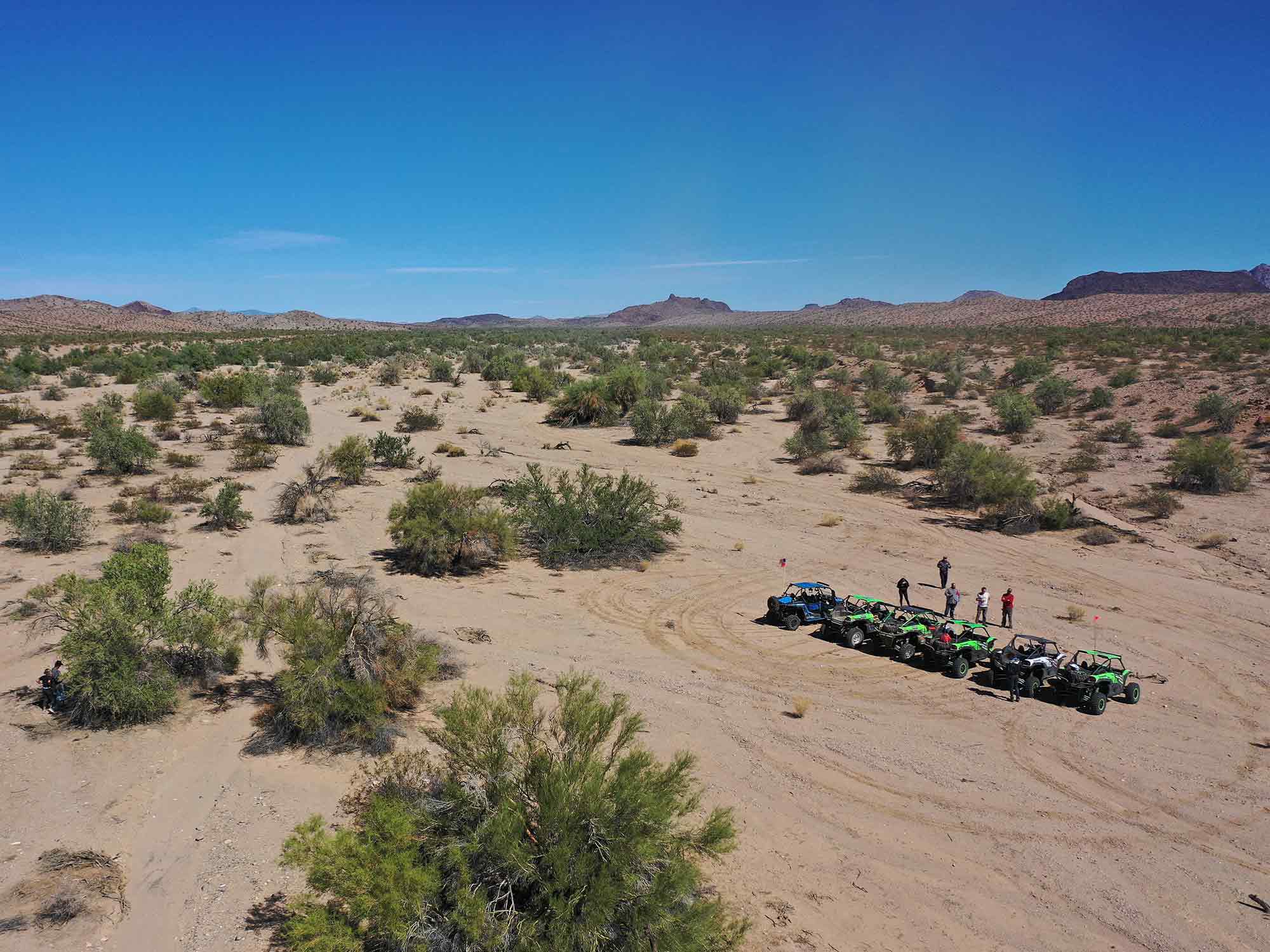
When it comes to fun, it’s hard to argue with Kawasaki’s powersports model lineup. Two wheels, four wheels, or no wheels, Team Green offers something fast to get your blood pumping. This time we traded a new motorcycle for a new UTV in the form of the Teryx KRX 1000 ($23,199), a two-seat sport side-by-side from Kawasaki, and wheeled it in a fun 60-mile off-road poker run in conjunction with the annual UTV World Championship. This leisure trail drive is designed for motorsports enthusiasts who want to see what the racecourse is like and want to experience the thrill of sport driving without the stress of competition.
Kawasaki has been building its Teryx UTV at its Lincoln, Nebraska, factory since the 2008 model year. When this vehicle was originally unveiled, it was designed for more general recreation and a bit of utility and was a lot smaller than a modern UTV. The KRX 1000 is an additional UTV in Kawasaki’s four-wheel segment, though it continues to produce the smaller Teryx 800 for folks who are looking for something that’s a little bit less sporty and more compact to use on narrower trails. Vehicles like the KRX 1000 are an answer to UTVs like the Polaris RZR, an extreme performance sport UTV.
The KRX 1000 rings in at $23,200. For that price, you get a vehicle with 31-inch beadlock wheels, which are nice as they help keep the tires on the rims. When you’re operating on very technical terrain you don’t have to worry about the tire sliding off. Power comes from a 999cc parallel twin with eight valves per cylinder and liquid-cooling, an engine configuration that’s proprietary to the Teryx KRX 1000; it’s too big to be used on a motorcycle. All of these UTVs are rear engine layouts. The KRX employs a CVT transmission that puts power to all four wheels when desired.
But it’s nice that Kawasaki paid attention to the details. The oil filter is easy to access. The oil sight glass is right there. You can easily add engine oil; there’s a big knob on the oil cap so you can actually twist it with your hands.
This KRX also comes with four link rear suspension and independent front suspension. Kawasaki says there’s a little under 19 inches of front suspension travel and right around 21 inches at the back, almost double what a dirt bike has; quite a lot of wheel travel and movement in this thing.
Let’s turn this thing on real quick. The Teryx employs a good old-fashioned mechanical key, though it looks kinda flimsy. For a $23,200 vehicle, the key should appear more premium, not like something on a KLR650 or a KLX minibike. Anyway, make sure your foot is on the brake, twist the key, and the engine starts up.
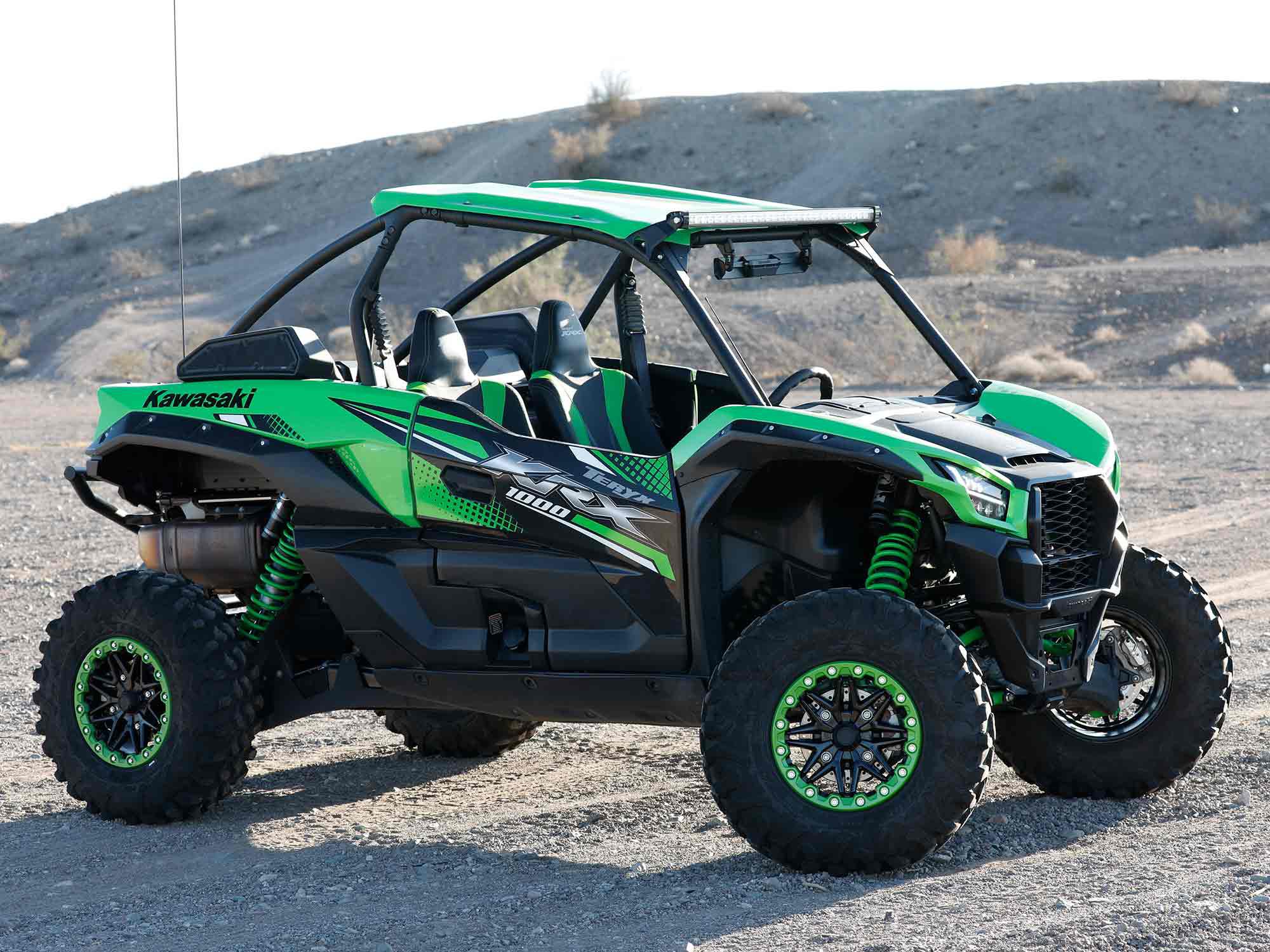
We really like the Teryx’s signature LED headlights and the nice TFT color display; it all looks super slick. (Our Teryx was also fitted with an aftermarket huge LED light bar which did a really great job.) The simple reason UTVs are so much fun is their ability to go to places that you would normally go on your motorcycle, but you can bring a friend on the spur of the moment with no pressure to gear up; if they can operate a car, they can also probably help drive one of these. Bring a cooler full of drinks and snacks, bring extra clothes for changing conditions, experience Mother Nature’s glory in a different way. It’s easy and natural for a motorcycle guy to like UTVs; bring company, have additional equipment along, just make it more pleasurable. Of course riding motorcycles is awesome too, but in a perfect world, you want to have a UTV and a couple of motorcycles and check as many boxes as you can.
Unlike a normal automobile, the transmission has no park, just a high gear, a low gear, neutral, and reverse. There’s also a mechanical cable-actuated parking brake. The high, or “H,” setting is designed for all-around forward vehicle movement. Conversely, “L” is for when you are traveling up or down extremely steep terrain, and also a good setting to use if you are crawling rocks or towing Jet Skis or a small trailer. When put in reverse, this KRX 1000 Teryx has a backup camera just like an automobile; cool, because these vehicles are notoriously hard to see behind.
Since we’re driving in Arizona, technically no helmet is needed; of course, you always want to wear a helmet anyway. Unlike with automobiles, there are pretty much no federally mandated safety standards or crash testing protocol in UTVs. It’s a good idea to bucket up, plus maybe wear some gloves, a full-sleeve shirt, and long pants.
The Teryx KRX 1000 has selectable two- and four-wheel drive; you can also lock the front differential if you want to. If you are crawling rocks or going over real aggressive terrain, that front differential lock will allow you to have more control over the vehicle. This Teryx also benefits from electronic power steering which, just like an automobile, gives a very light steering feel, immediately noticeable when moving at parking lot speeds, where the vehicle is very easy to control.
The seats are manually adjustable fore or aft; the wheel tips up and down, though there’s no fore/aft telescoping adjustment. The ergonomics in this vehicle are, of course, rather automotive. The big rearview mirror is nice, as is the see-through roof. The KRX 1000 is sort of a cruiser, a little bit less sporty, ergonomically, than some others in its class. Because you sit higher in this vehicle, you have a good view angle; whether going up or down inclines, visibility is high.
Back to that 999cc Kawasaki parallel twin. Kawasaki says this engine is good for right around 116 hp at the crankshaft; that power is very smooth, making this a very easy vehicle to operate. There’s no power hit; it almost feels like a smooth four-stroke go-kart. There’s also a low power mode; say you’re just getting into UTV driving and you don’t want to experience the full force of the parallel-twin engine. Just put it in low power and it mellows right out, good if you are teaching your kids how to drive or if you’ve never owned a sport UTV and are looking to just kind of figure out the dynamic of the vehicle. Still, lay into that throttle in normal mode and it’s got some get up and go.
This KRX 1000 has a governed top speed of 68 mph, but when riding upwards of 50 mph, there’s a nice little boost of power. Kawasaki vehicles are renowned for their punchy engine feel, and even though the power is a little bit modest, once spooled up there’s a nice little punch. It’s nothing crazy, not the smack-in-the-face acceleration of the forced air induction vehicles like the Turbo RZR, but still it’s enough to put a smile on your face.
The instrument panel prominently displays vehicle speed, so there’s no doubt. Other visual cues, like the four-wheel-drive designator, could be a little bigger, but overall the color touchscreen-compatible display looks very nice, very sharp and crisp. There’s also a GPS mode, which is pretty neat, as are the vehicle metrics that show pitch and roll in real time. There’s even Bluetooth music, though curiously no stereo; all sound systems are optional. Other creature comforts include 12V and USB power ports for charging devices, an automotive-style glove box, cupholders, map storage, and a fire extinguisher, just in case.
The Teryx KRX 1000′s long, compliant suspension delivers a favorable ride. To be fair, the terrain we’re operating on isn’t that fast or wide open like it can be in the desert, but for a recreational ride it performs pretty well. The steering feels a little bit looser than a modern automobile’s, but that’s not necessarily bad in a UTV.
Dimensionally, this car measures 68 inches in width, splitting the difference between the modern 64-inch and long-travel 72-inch UTVs. That little bit of extra width helps add stability to the chassis, reducing propensity to roll, which is naturally a very important thing. The wheelbase on this vehicle is just under 100 inches, adding good stability.
A fuel gauge keeps tabs on the 10.6-gallon fuel tank. Interestingly, there’s also a CVT belt temperature gauge, and since heat kills more CVT belts than anything, that’s a handy addition. Good job, Kawasaki; we appreciate your paying attention to the details.
That CVT, by the way, makes for a really easy driving experience with no gears to shift. It’s perfect for the laid-back nature of this poker run, with its course clearly marked by arrows and leisurely timed schedule. It’s nearly impossible to get lost or get truly far behind; if you miss all the arrows, follow the dust tracks. It’s the perfect event for a casual vehicle like this.
Still, just like when riding a heavy adventure bike, you have to be very careful about where you put the wheels on these vehicles. Stay away from sharp-edged rocks; if you must hit one, hit it straight on and not on the edge of the tire near the sidewall. Getting a flat can ruin your day and put you behind schedule-wise.
Overall, though, these rigs seem plenty tough. Kawasaki obviously prides itself on building high-quality vehicles that stand the test of time, and to that end, invests heavily in engineering and durability testing. These vehicles are always going to be beat up all the time, exposed to rocks, dirt, grit, water, mud, sand, and they’re designed and built accordingly. Kawasaki may be a Japanese company, but it has a long history in the United States, and these Teryxs are built right here in America.
Everything that goes has to stop, and quadruple disc brakes are incorporated in this KRX 1000. The front two wheels benefit from double-piston calipers, while the rear wheels have single-piston units, and the braking capability on this Kawasaki is nice with a firm pedal, not as mushy as we remember on the old Teryx 800s. It’s not going to be totally sharp, but it’s got some bite to it. I also like that the brakes don’t ramp up aggressively; this helps you maximize the traction you have from these 31-inch tires. There is no ABS; it’s a full manual braking experience. Just be smooth with your foot, and you’ll be fine.
The powertrain does put some heat into the cockpit. We drove on a mild day, 73 degrees Fahrenheit with low humidity, so the cockpit heat wasn’t overpowering. On a chilly day, we’d probably like the drivetrain heat. On the other hand, at 90 degrees, the heat could get annoying or worse.
Overall, the KRX is a fun, easy-driving UTV. We like that it takes us to the same places that we go on our off-road dirt bikes, but in added comfort with a friend riding shotgun. We would definitely consider spending $23,200 for it if we wanted a fun easygoing UTV. If we were to make it ours, we’d throw that light bar and hook up a stereo. Who doesn’t like listening to their favorite tunes on the trail?
2022 Kawasaki Teryx KRX 1000 Technical Specifications and Price
| PRICE | $20,499 |
| ENGINE | 999cc, DOHC, liquid-cooled parallel twin; 8-valve |
| BORE x STROKE | 92.0 x 75.1mm |
| COMPRESSION RATIO | 11.5:1 |
| CLAIMED TORQUE | 76.7 lb.-ft. @ 7,000 rpm |
| FUEL DELIVERY | Digital fuel injection w/ dual 50mm throttle bodies |
| CLUTCH | Centrifugal |
| TRANSMISSION | Automatic CVT w/ high/low range, reverse |
| FINAL DRIVE | Selectable 2WD/4WD w/ locking front differential, shaft |
| FRAME | Ladder-type tubular steel |
| FRONT SUSPENSION | Double wishbone, Fox 2.5 Podium LSC shocks, spring preload, 24-position compression damping adjustable; 18.6 in. travel |
| REAR SUSPENSION | 4-link trailing arm, Fox 2.5 Podium LSC shocks, spring preload, 24-position compression damping adjustable; 21.1 in. travel |
| FRONT BRAKE | 2-piston calipers, dual hydraulic discs |
| REAR BRAKES | 1-piston caliper, dual hydraulic discs |
| WHEELS | Alloy w/ beadlocks; 15 in. |
| TIRES, FRONT/REAR | Maxxis Carnivore; 31×10-15 |
| GROUND CLEARANCE | 14.8 in. max/14.2 in. standard |
| WHEELBASE | 98.8 in. |
| OVERALL WIDTH | 68.1 in. |
| FUEL CAPACITY | 10.6 gal. |
| CLAIMED CURB WEIGHT | 1,896 lb. |
| WARRANTY | 6 months |
| AVAILABLE | January 2022 |
| CONTACT | kawasaki.com |
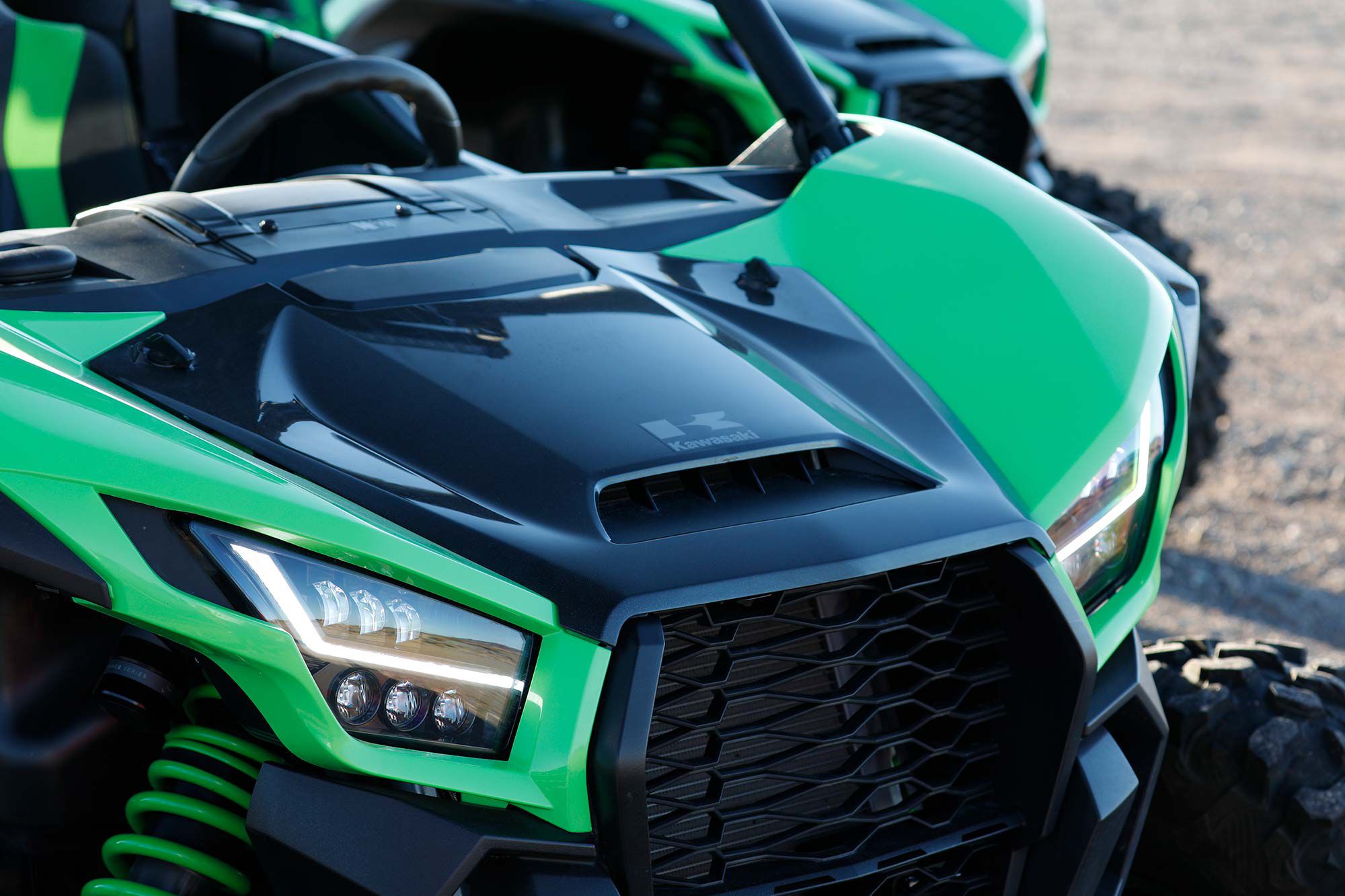
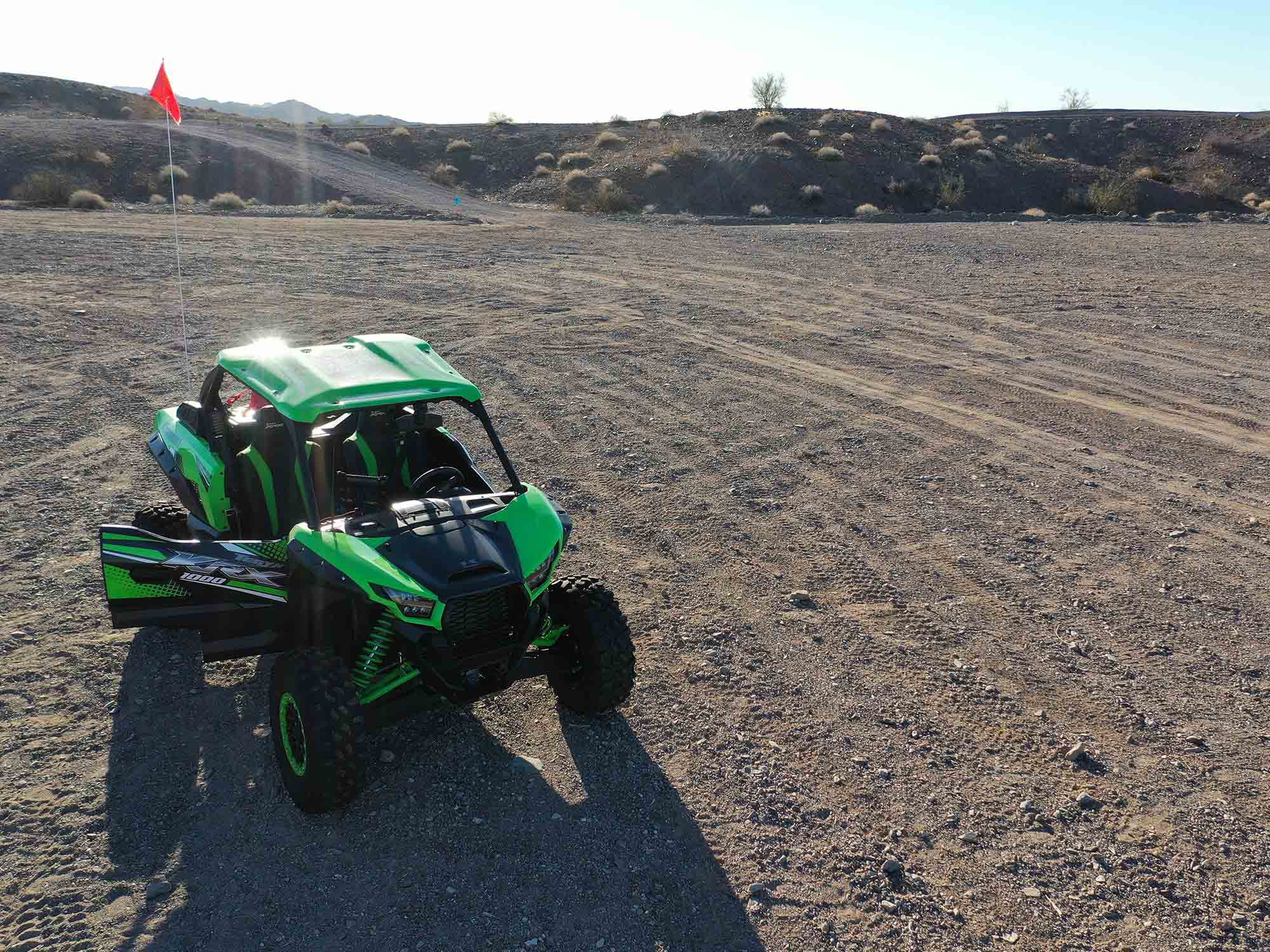
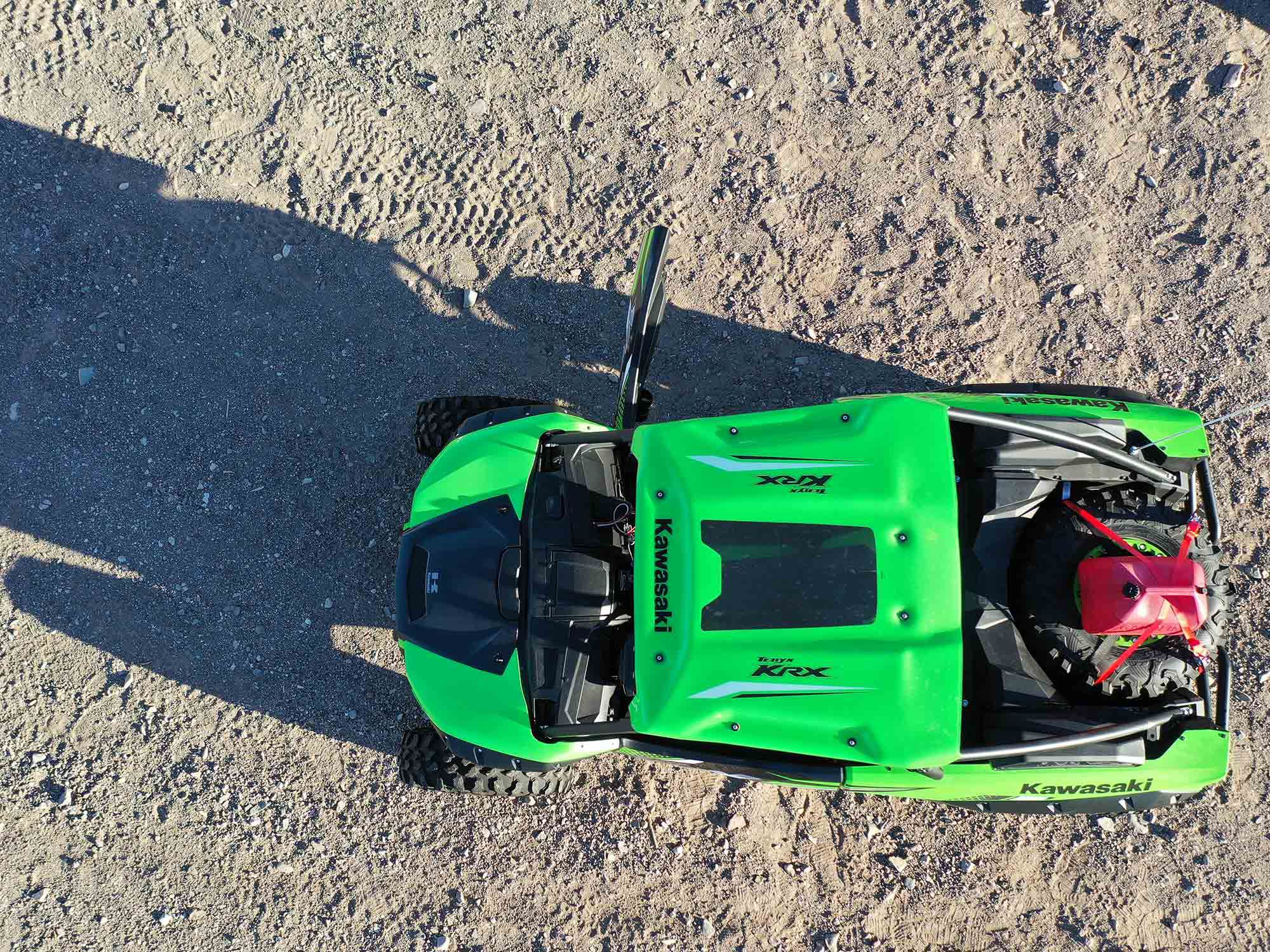
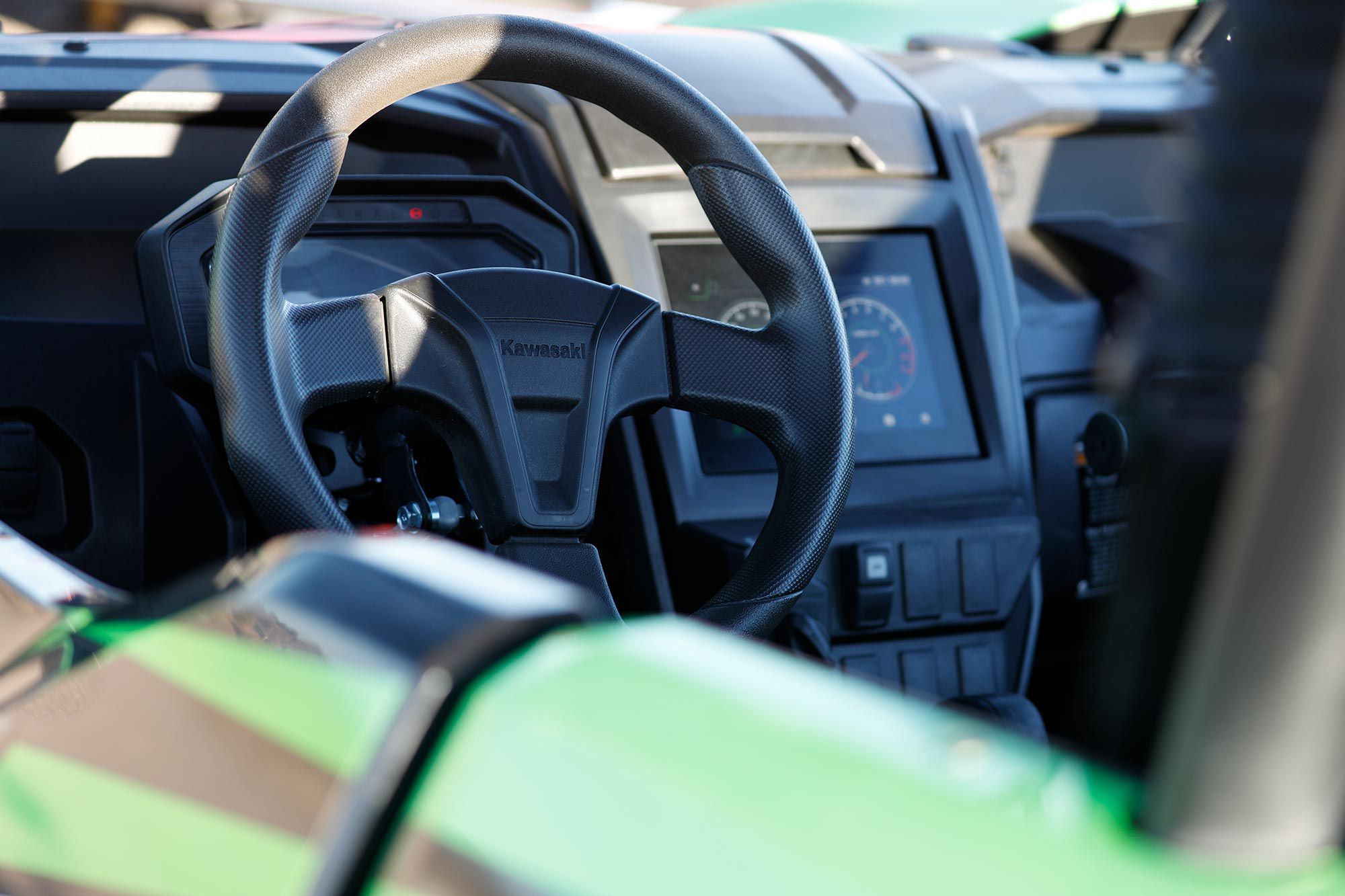
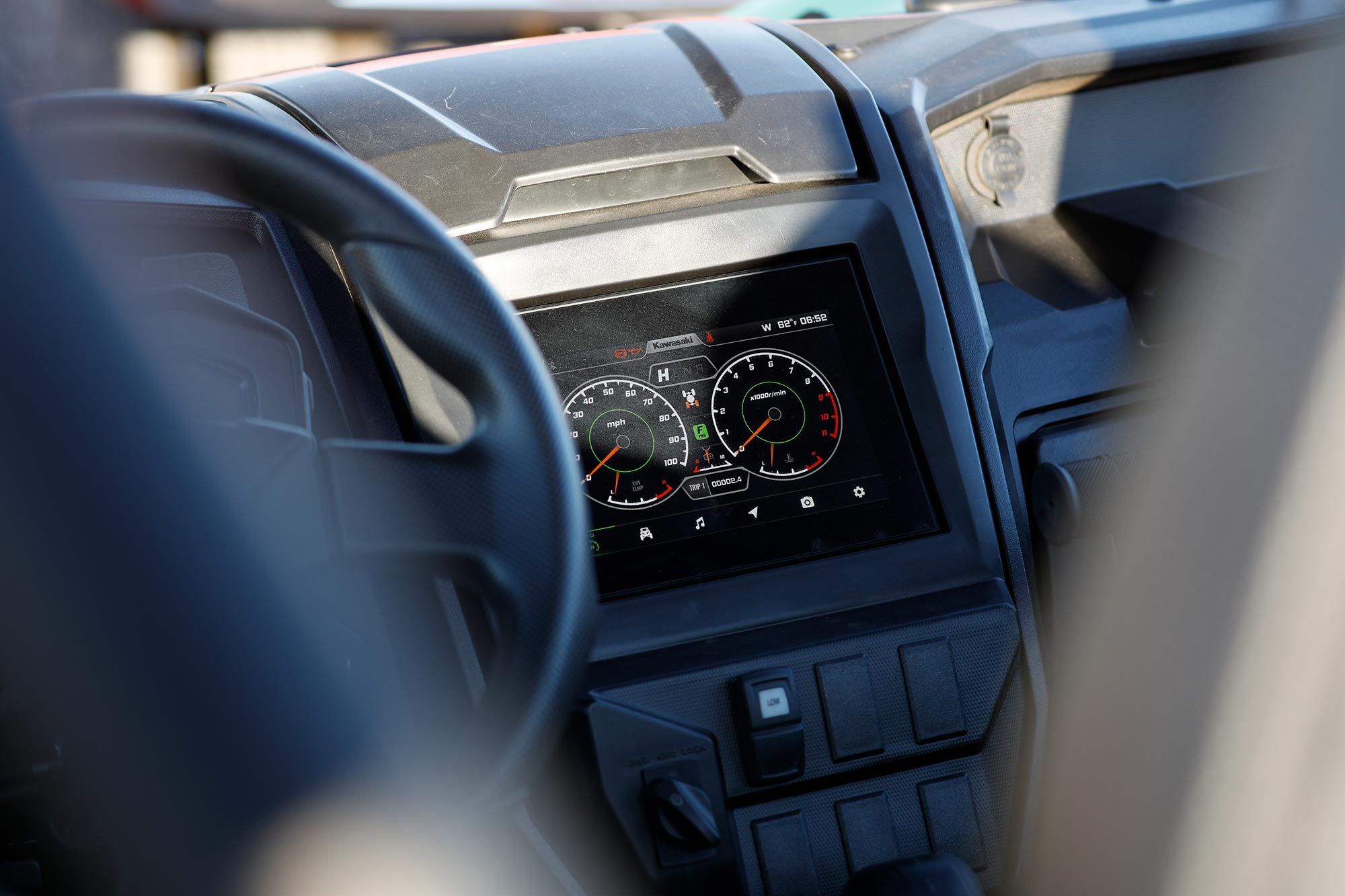
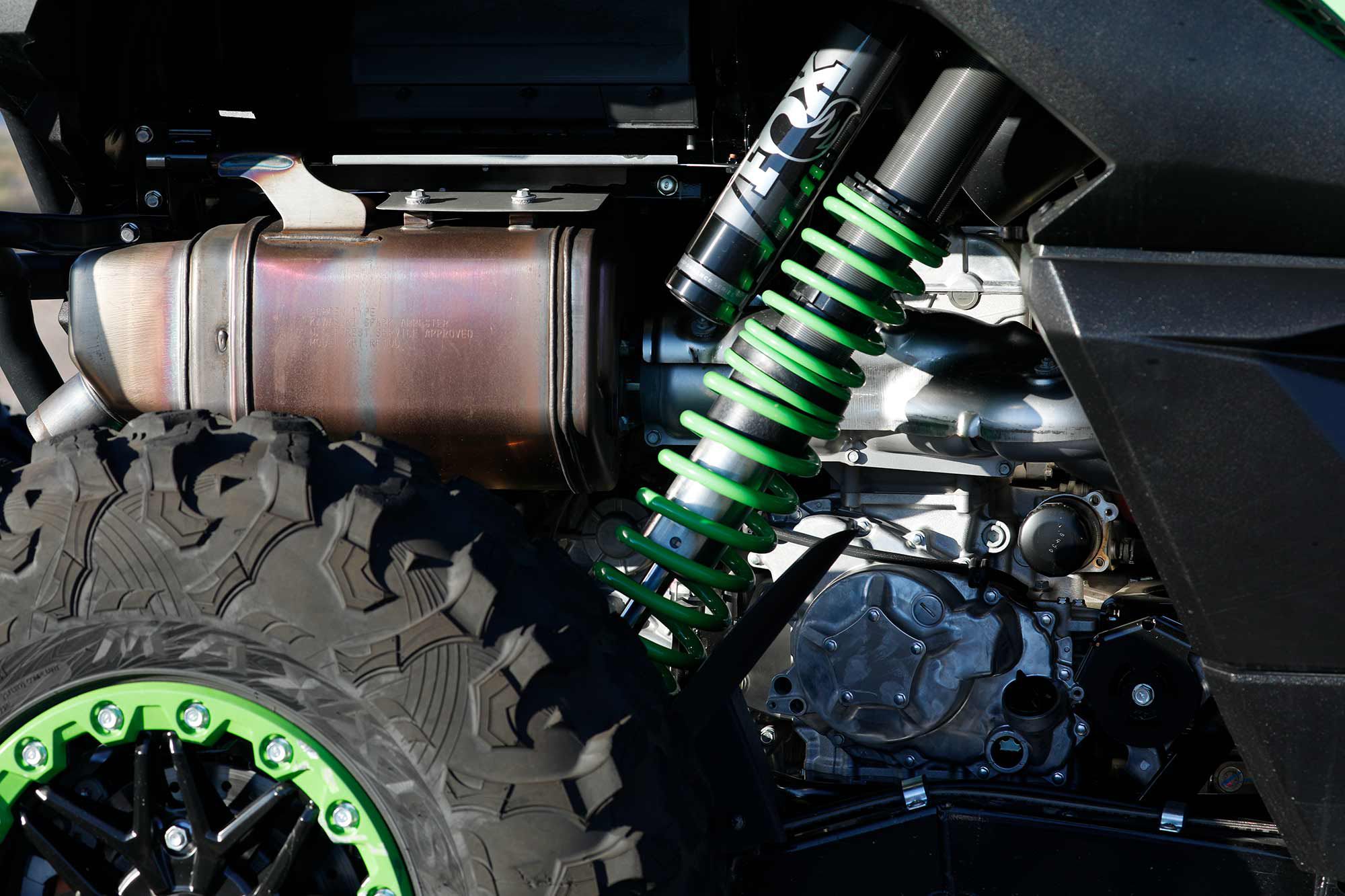
Source: MotorCyclistOnline.com

